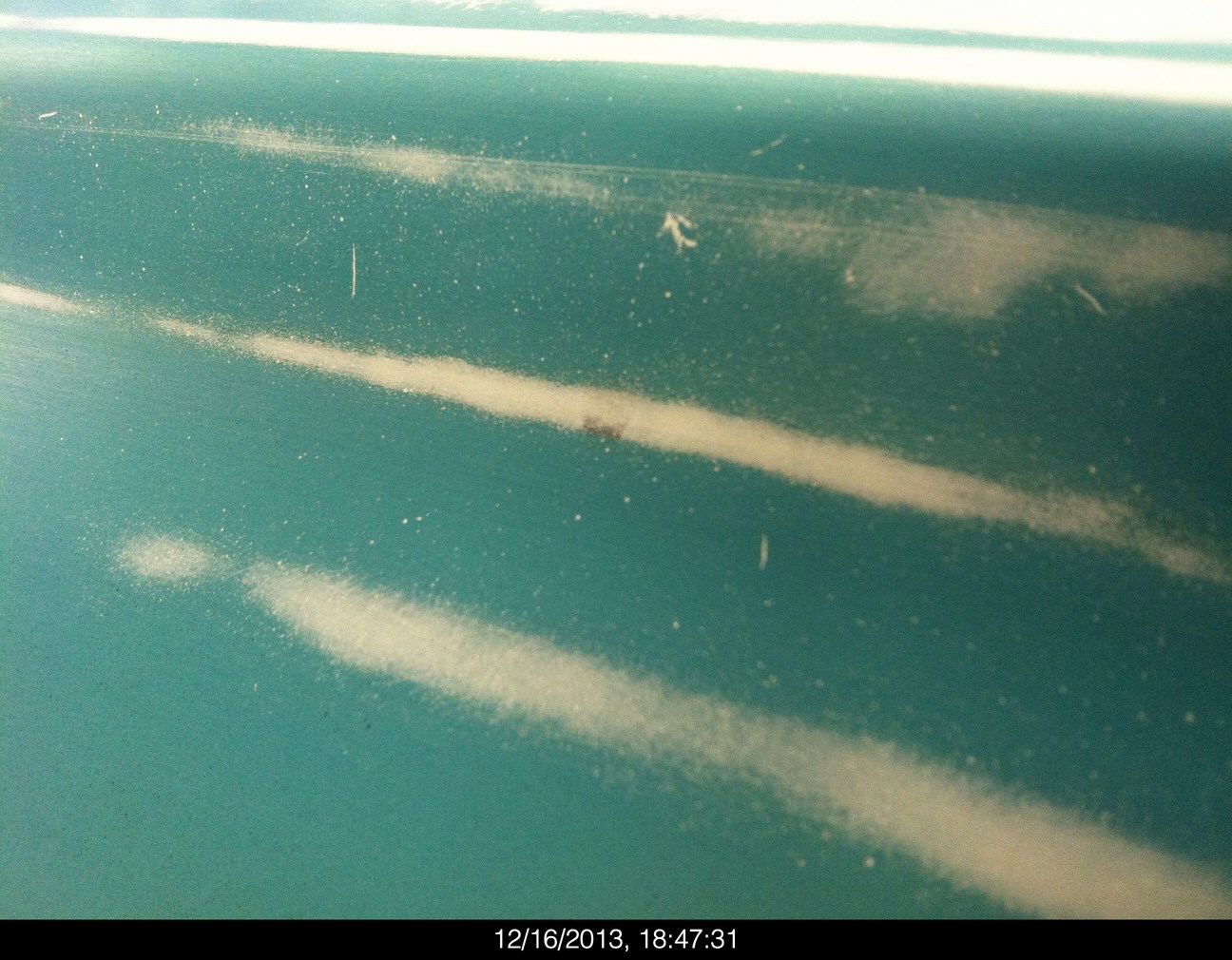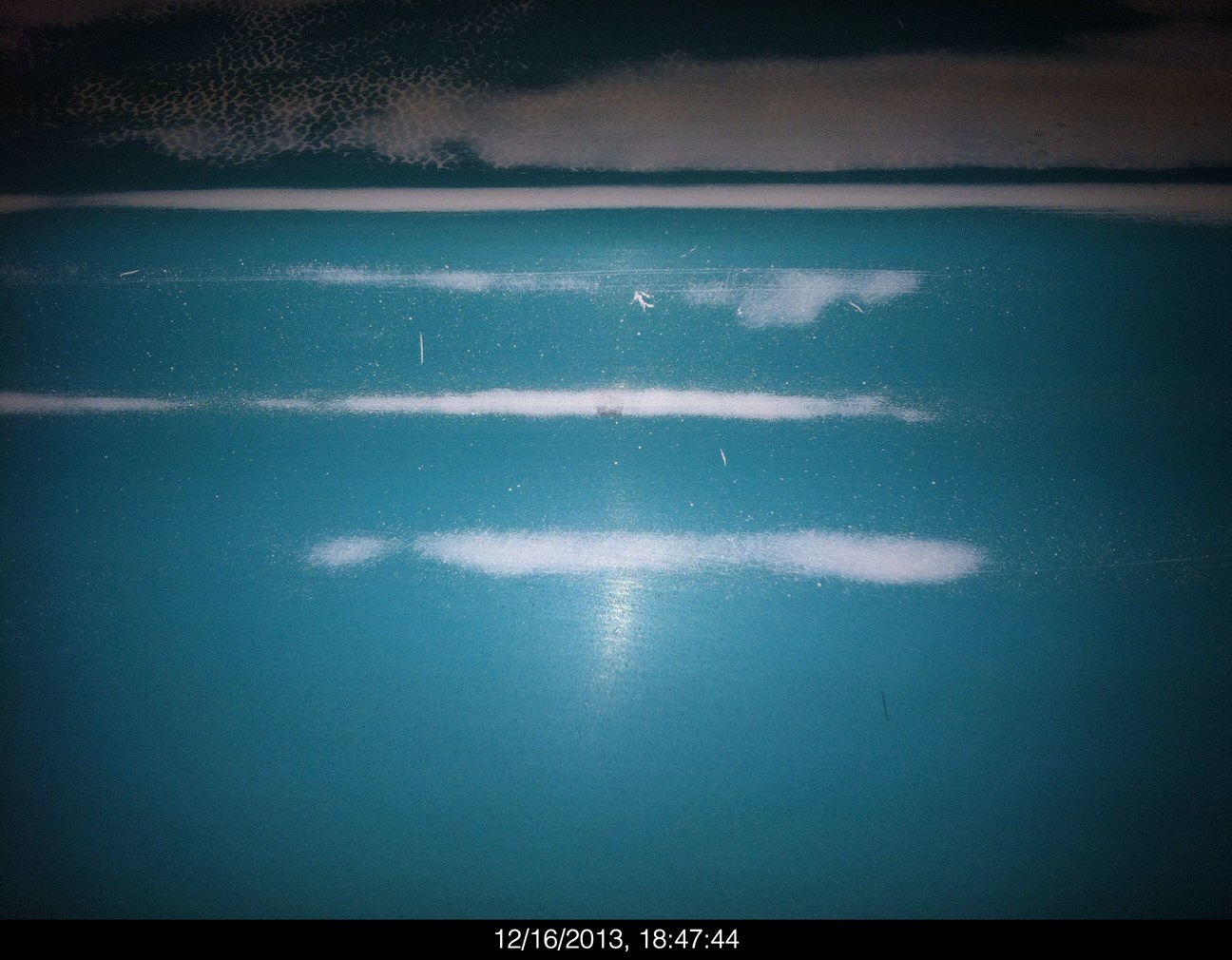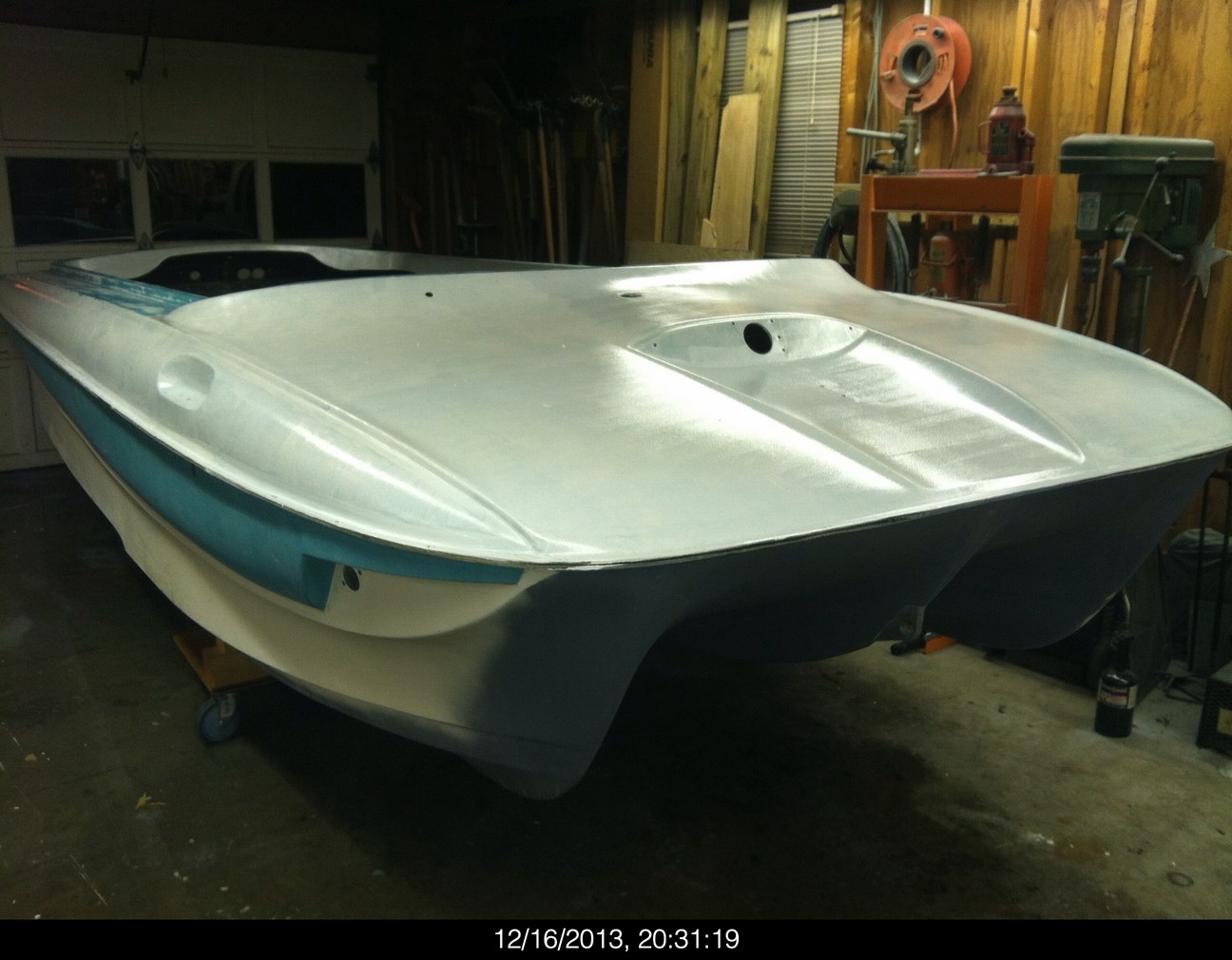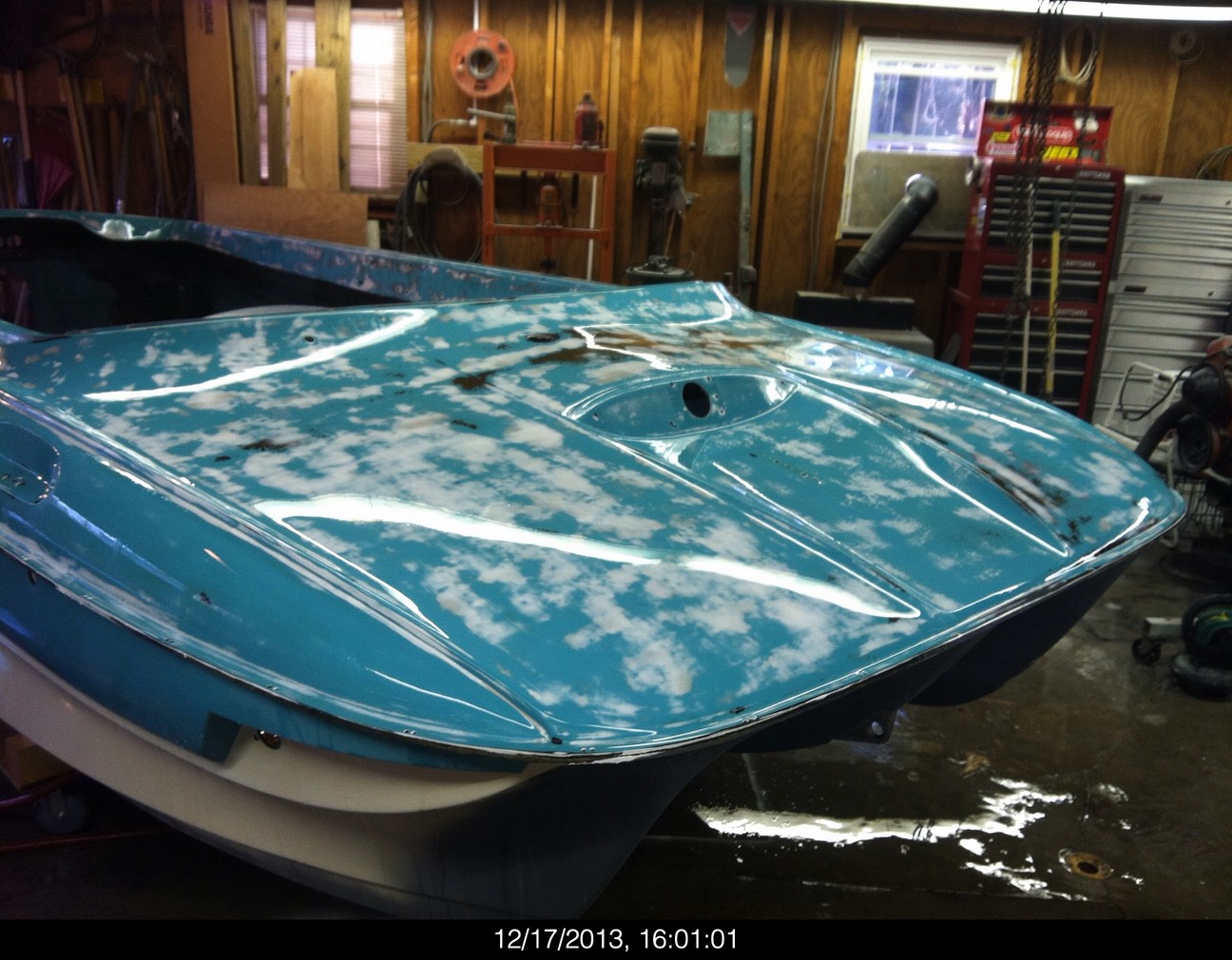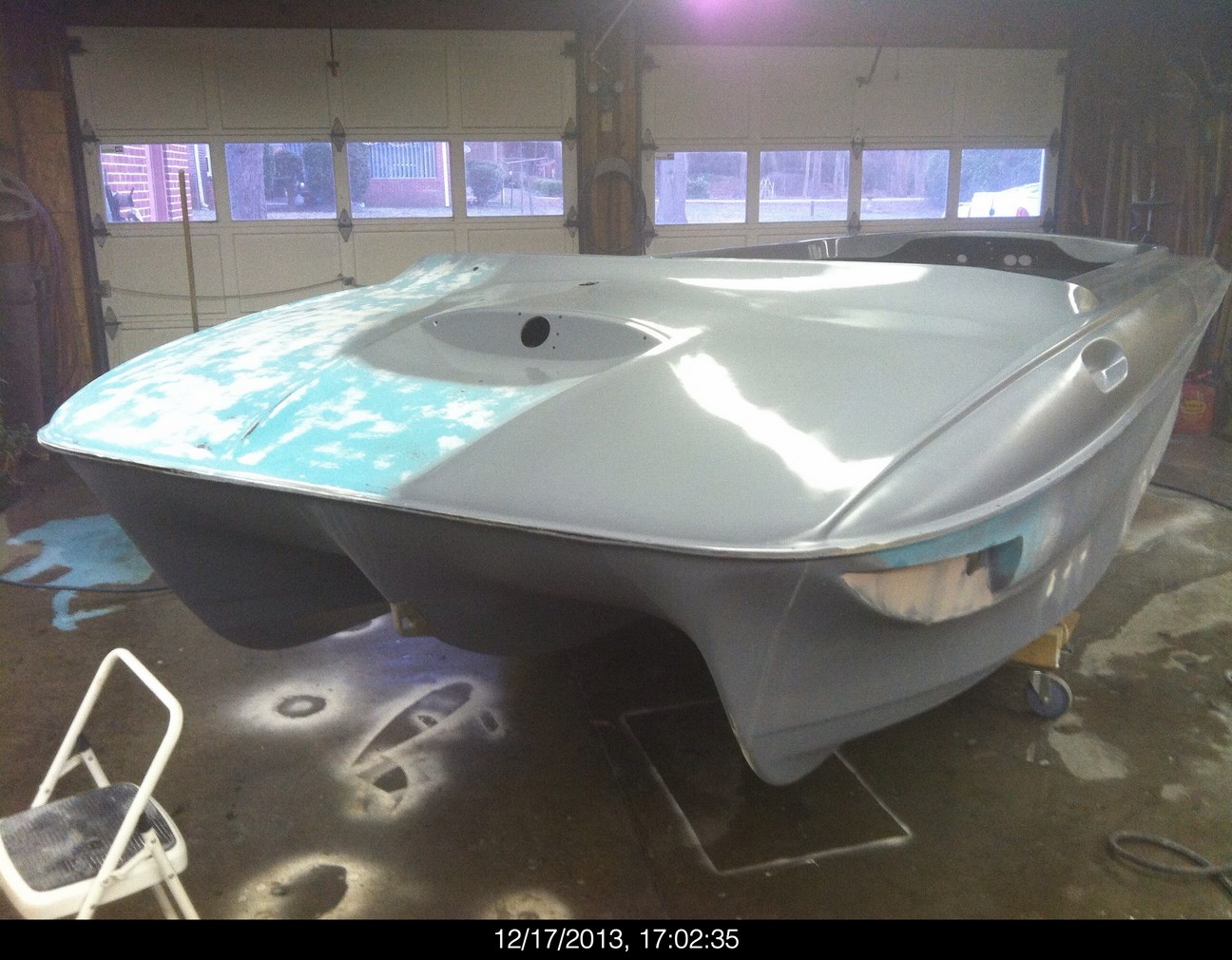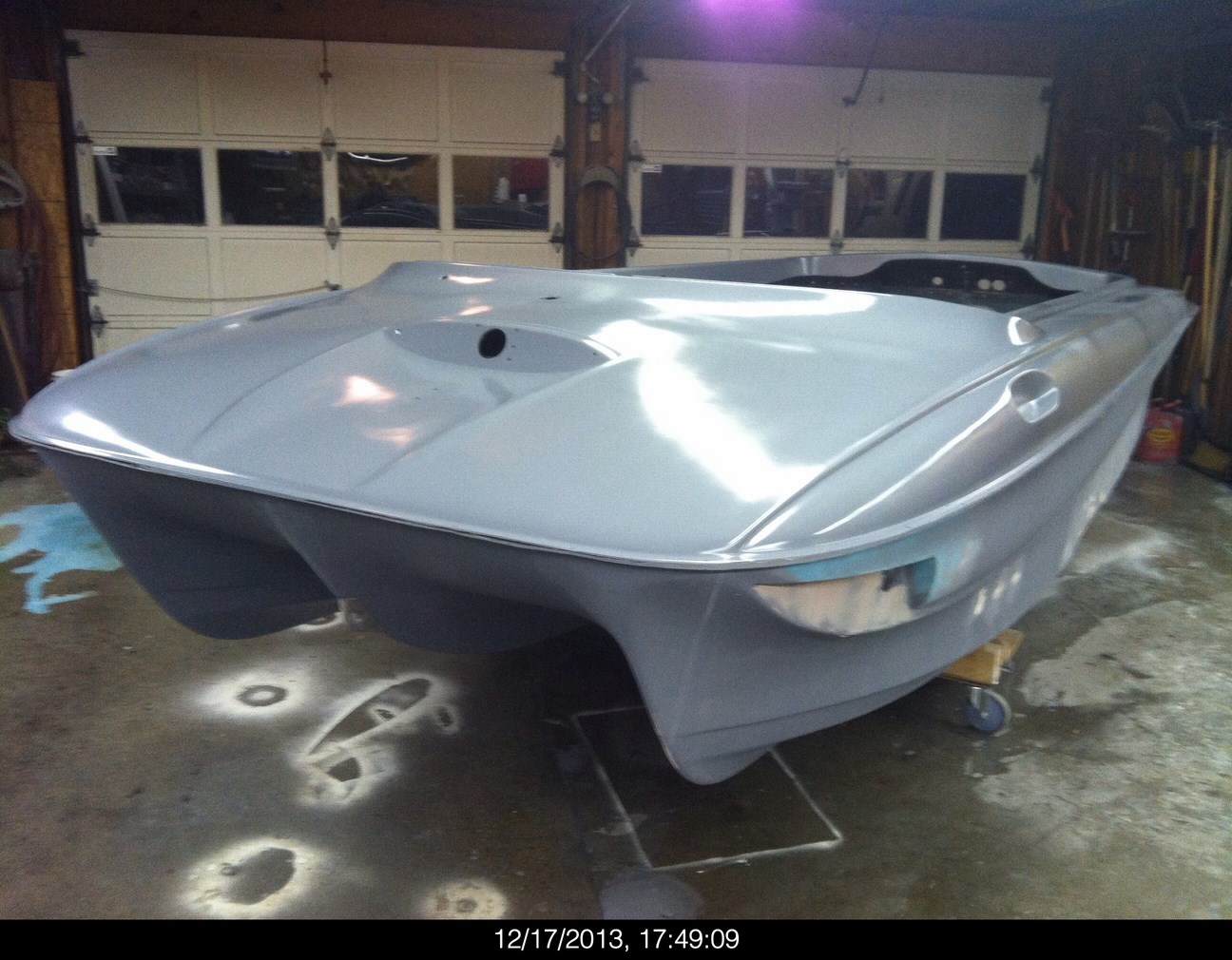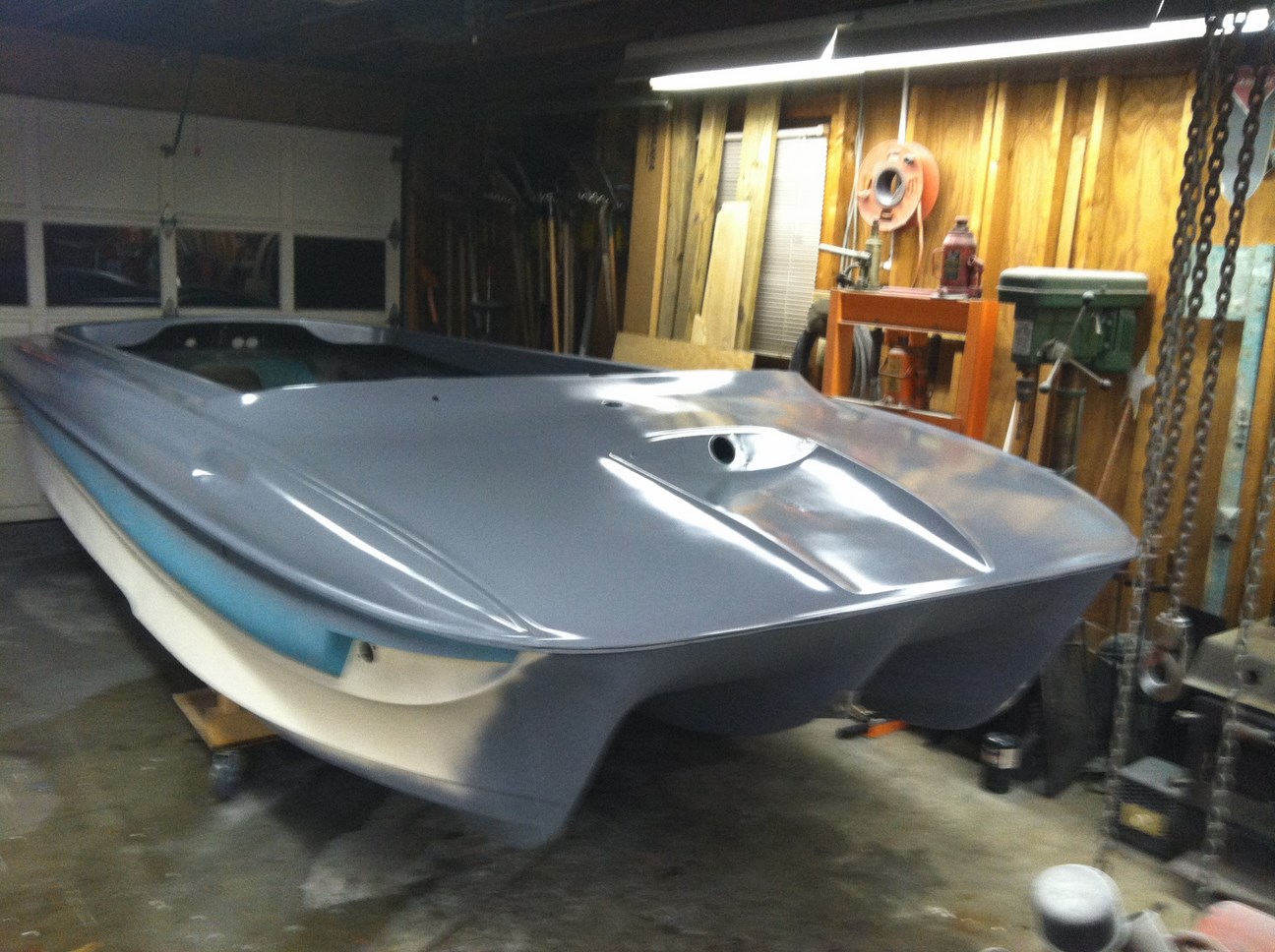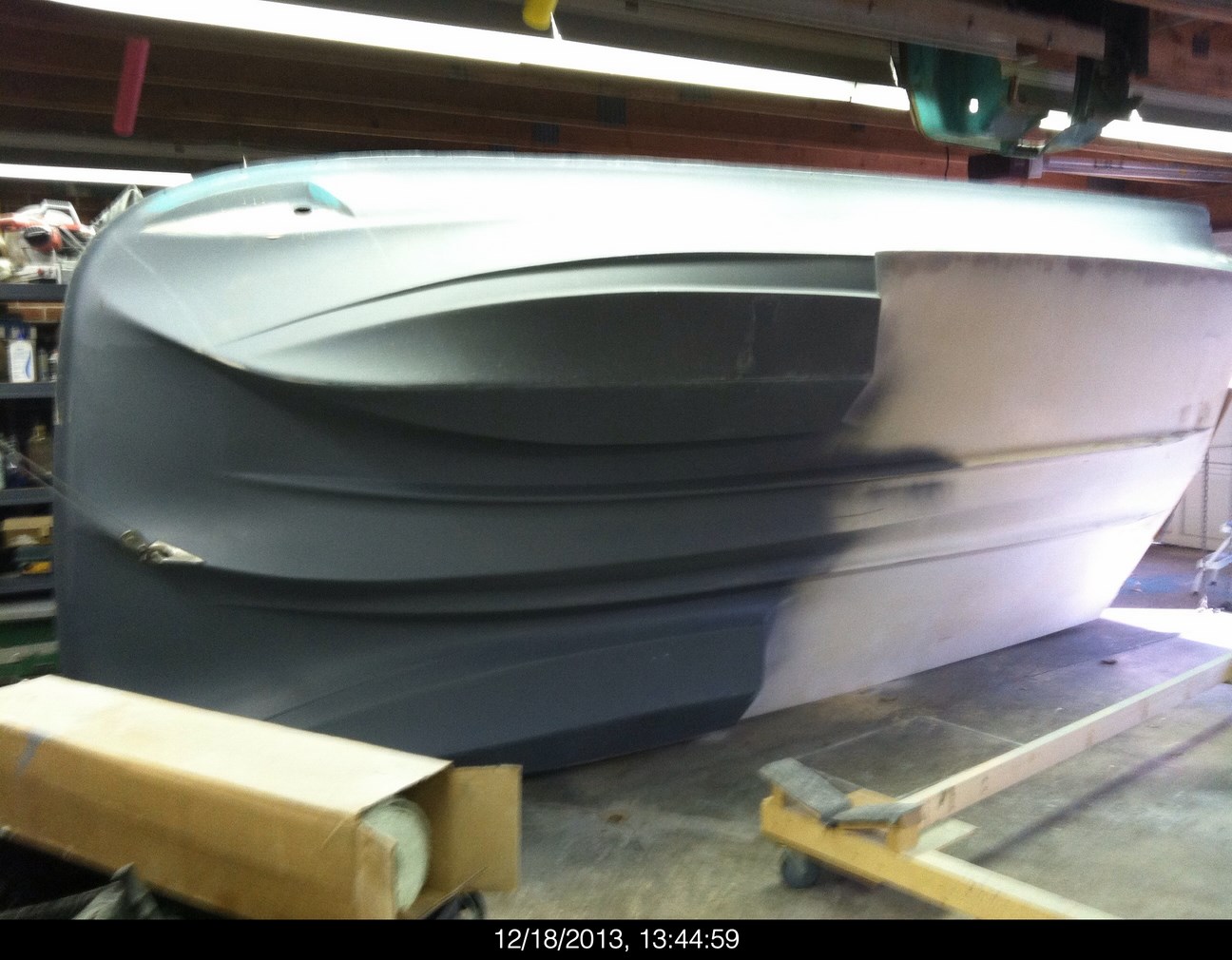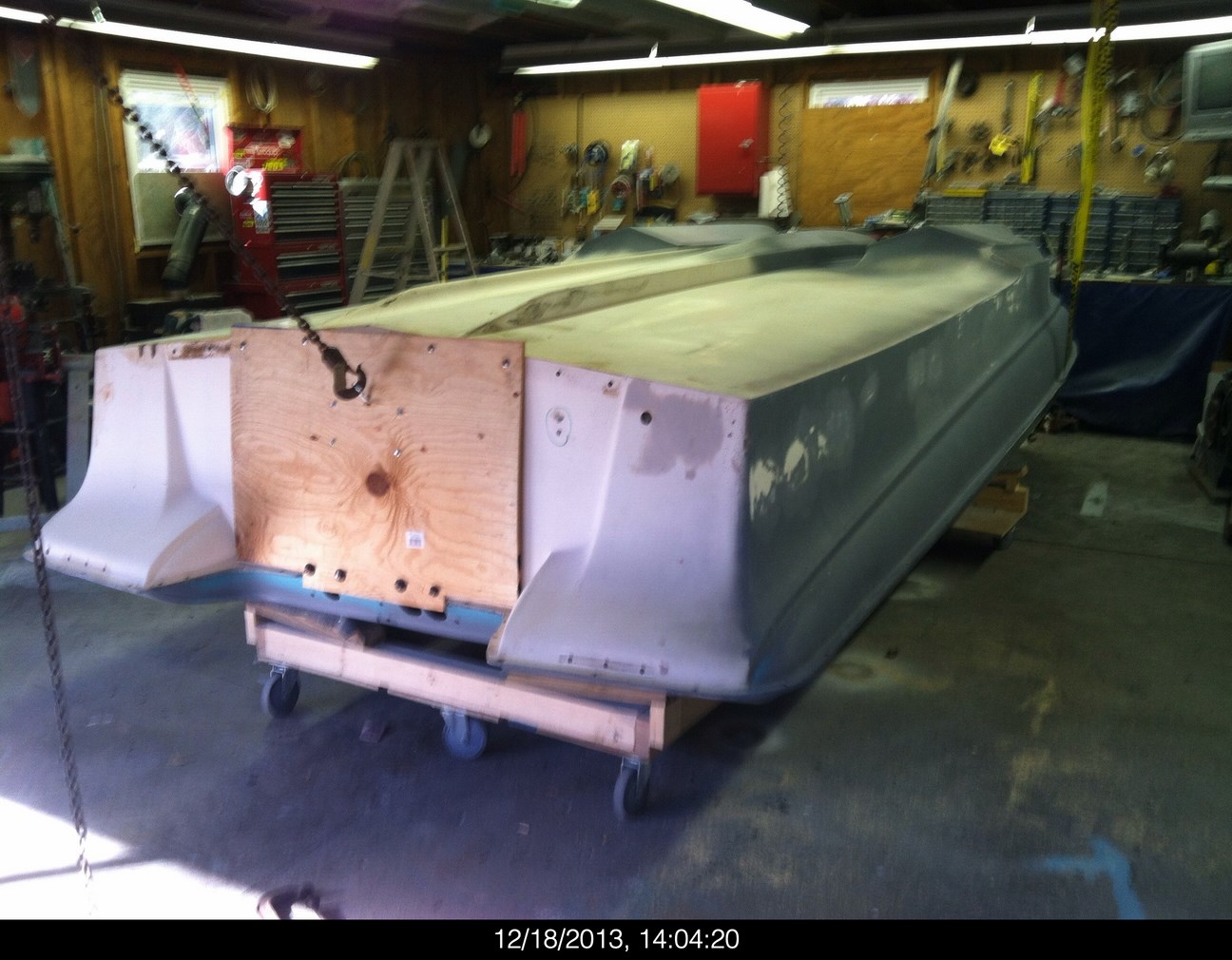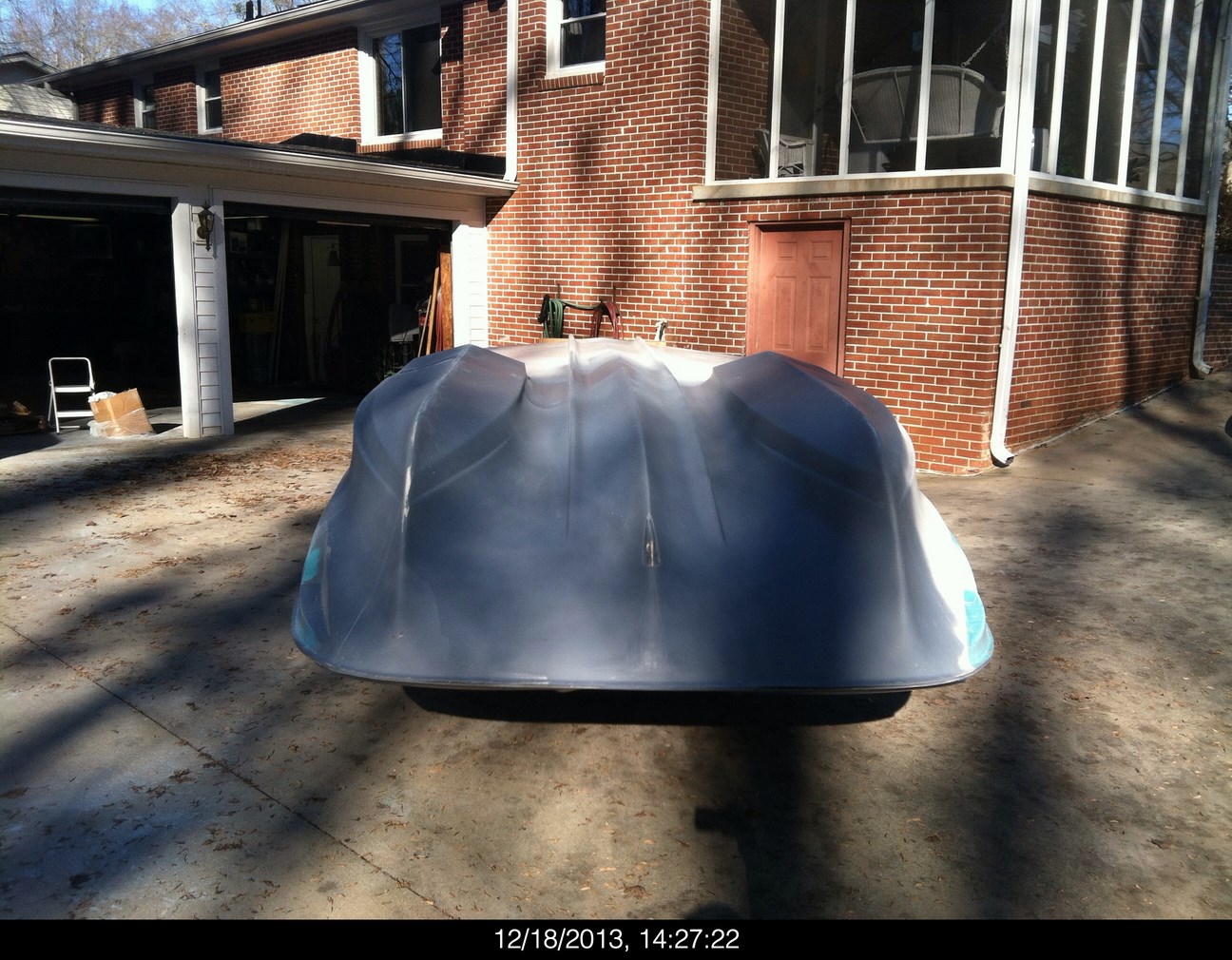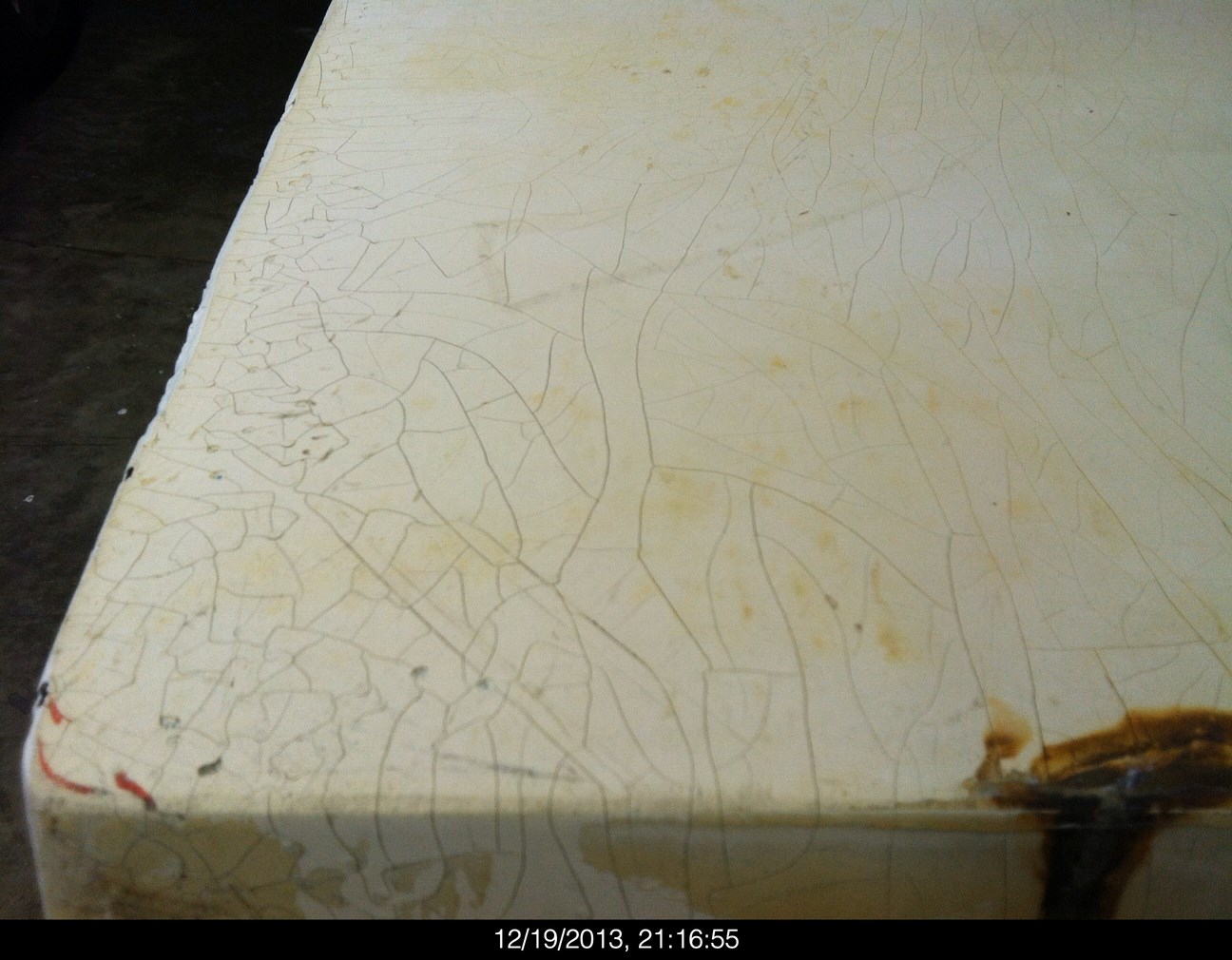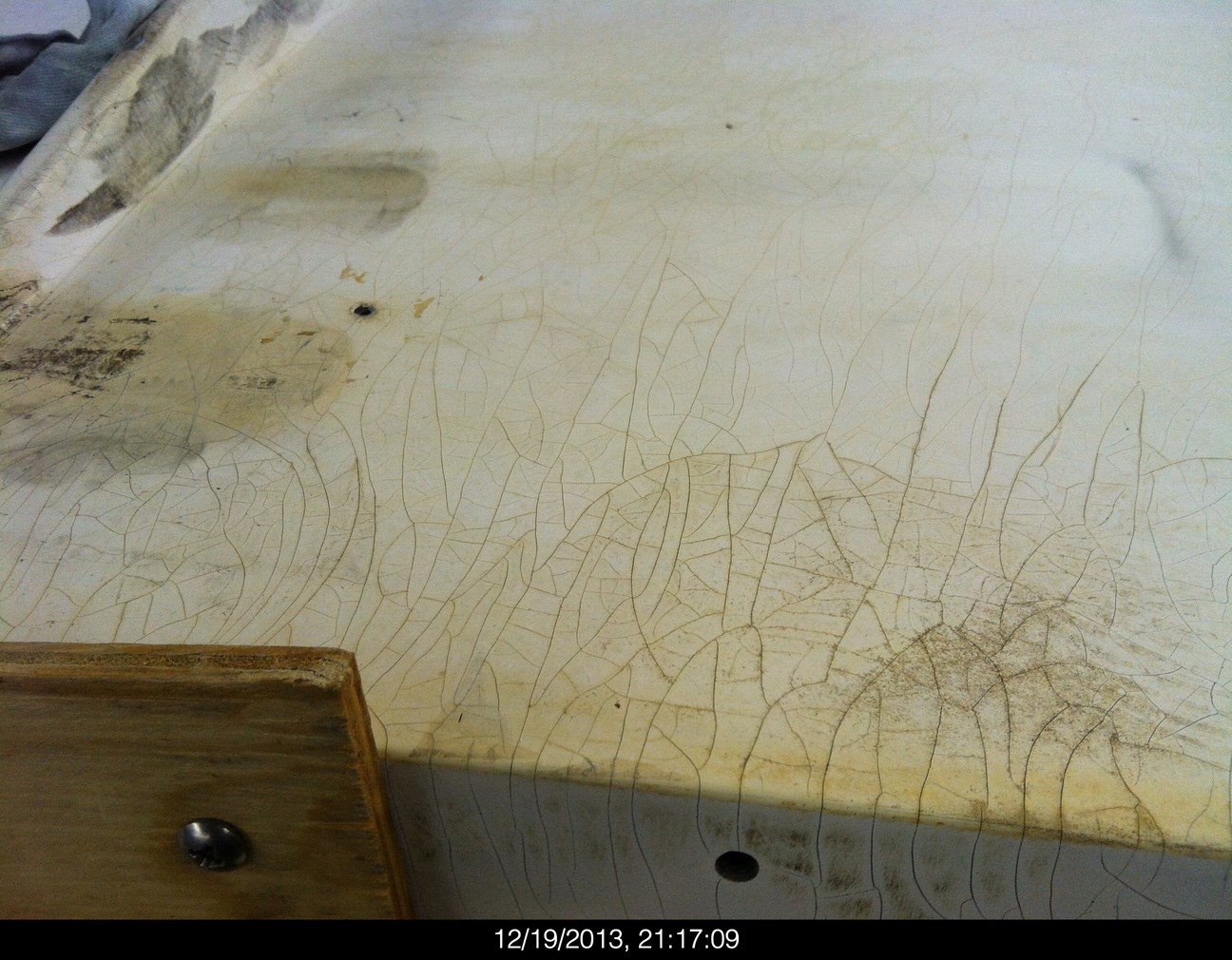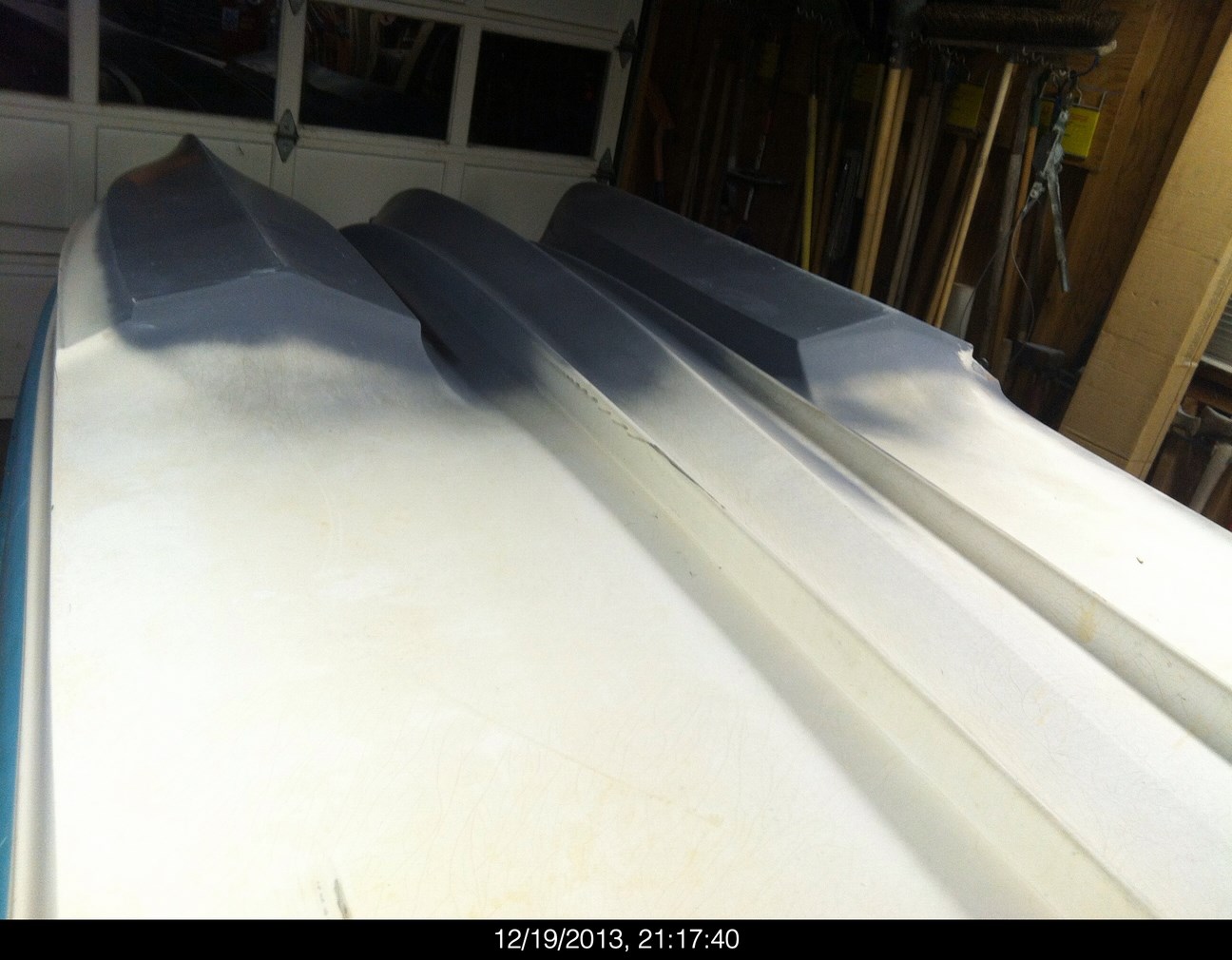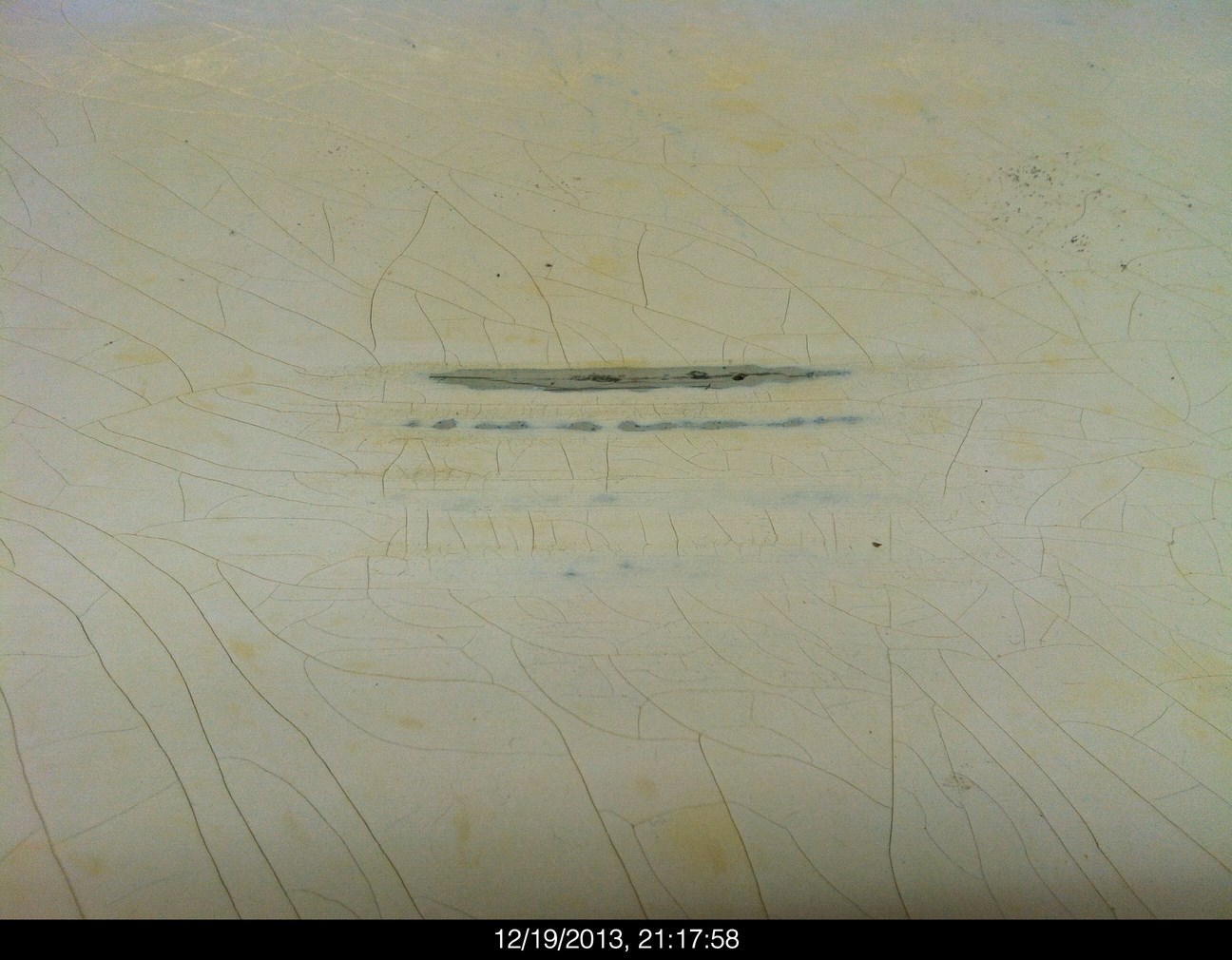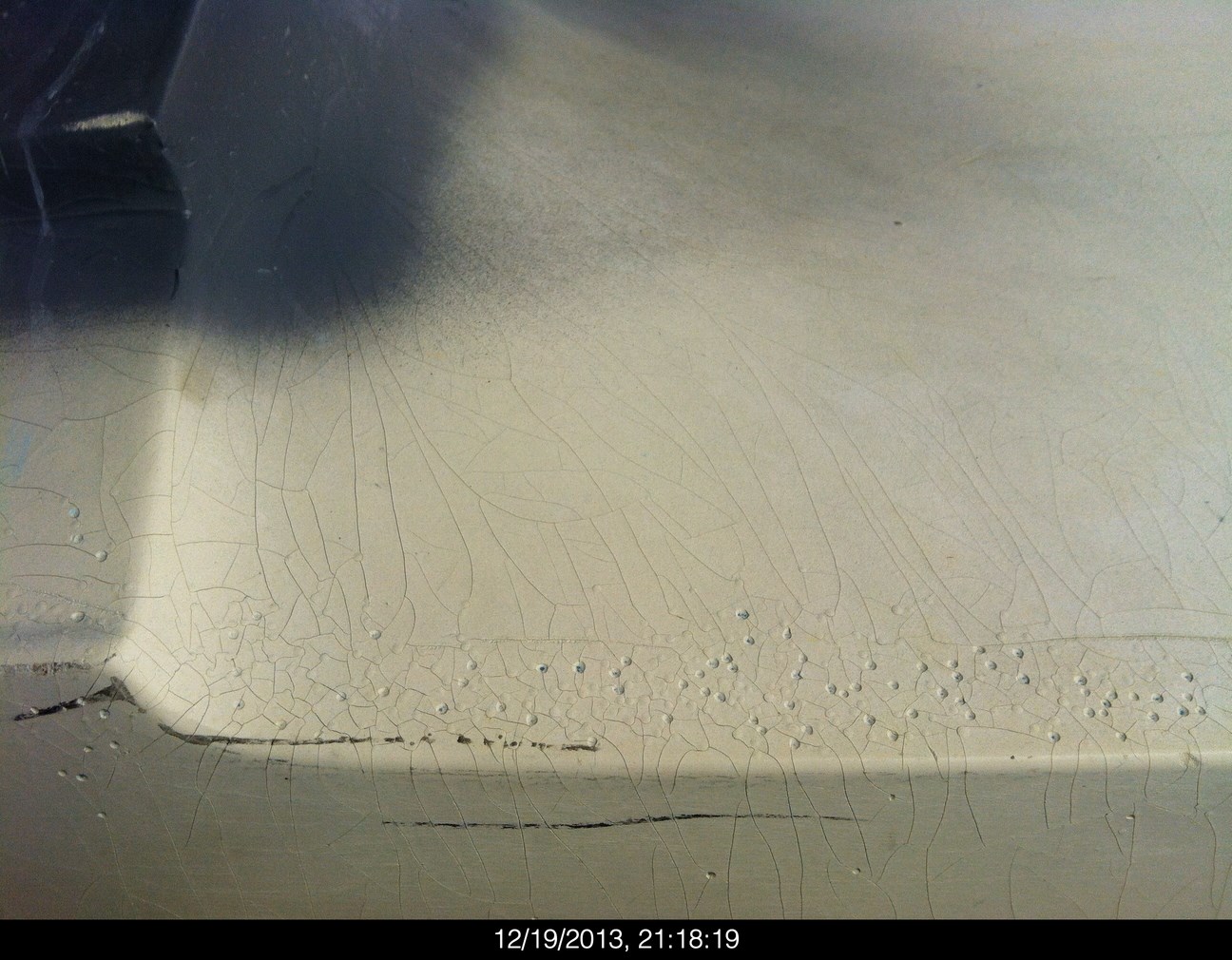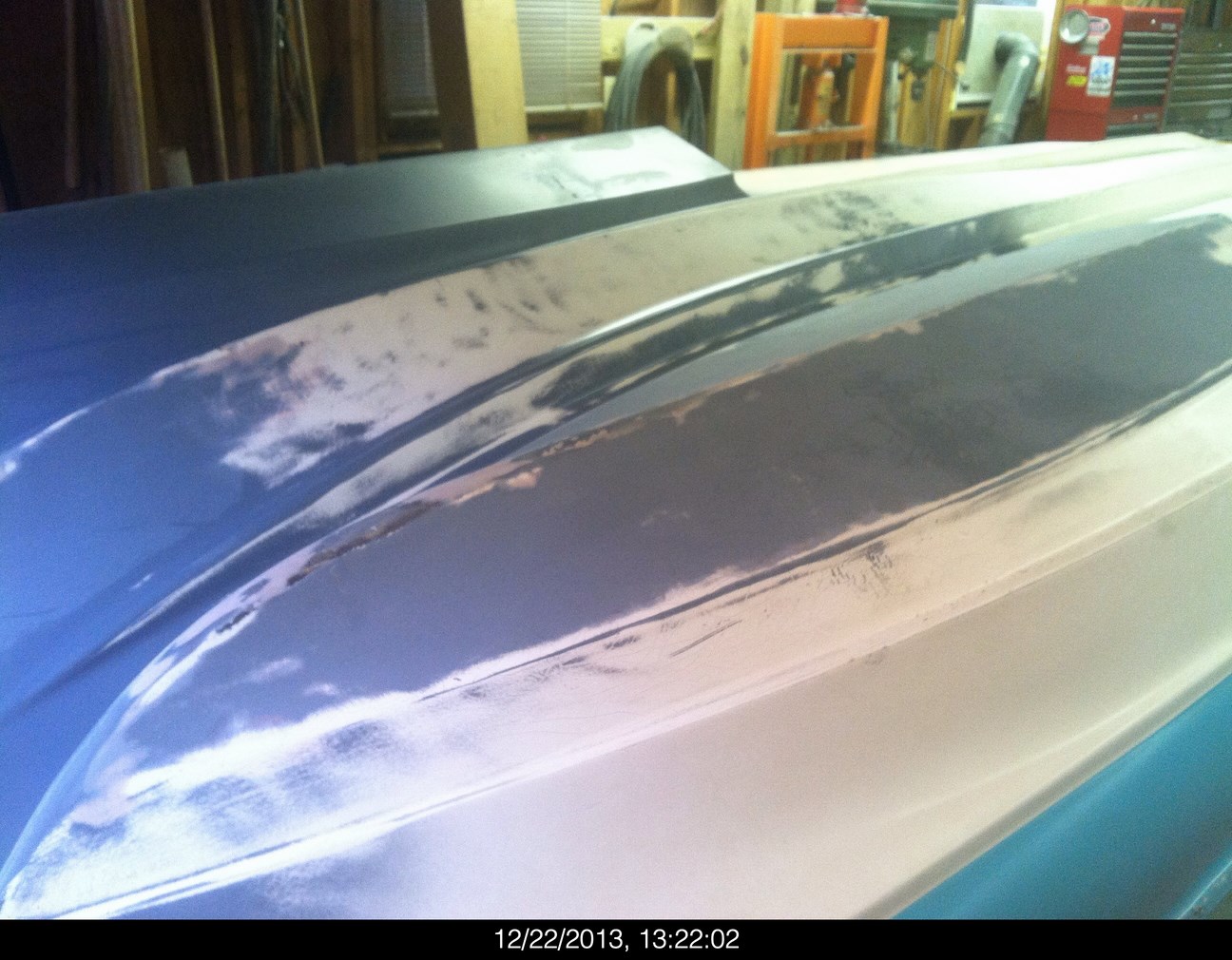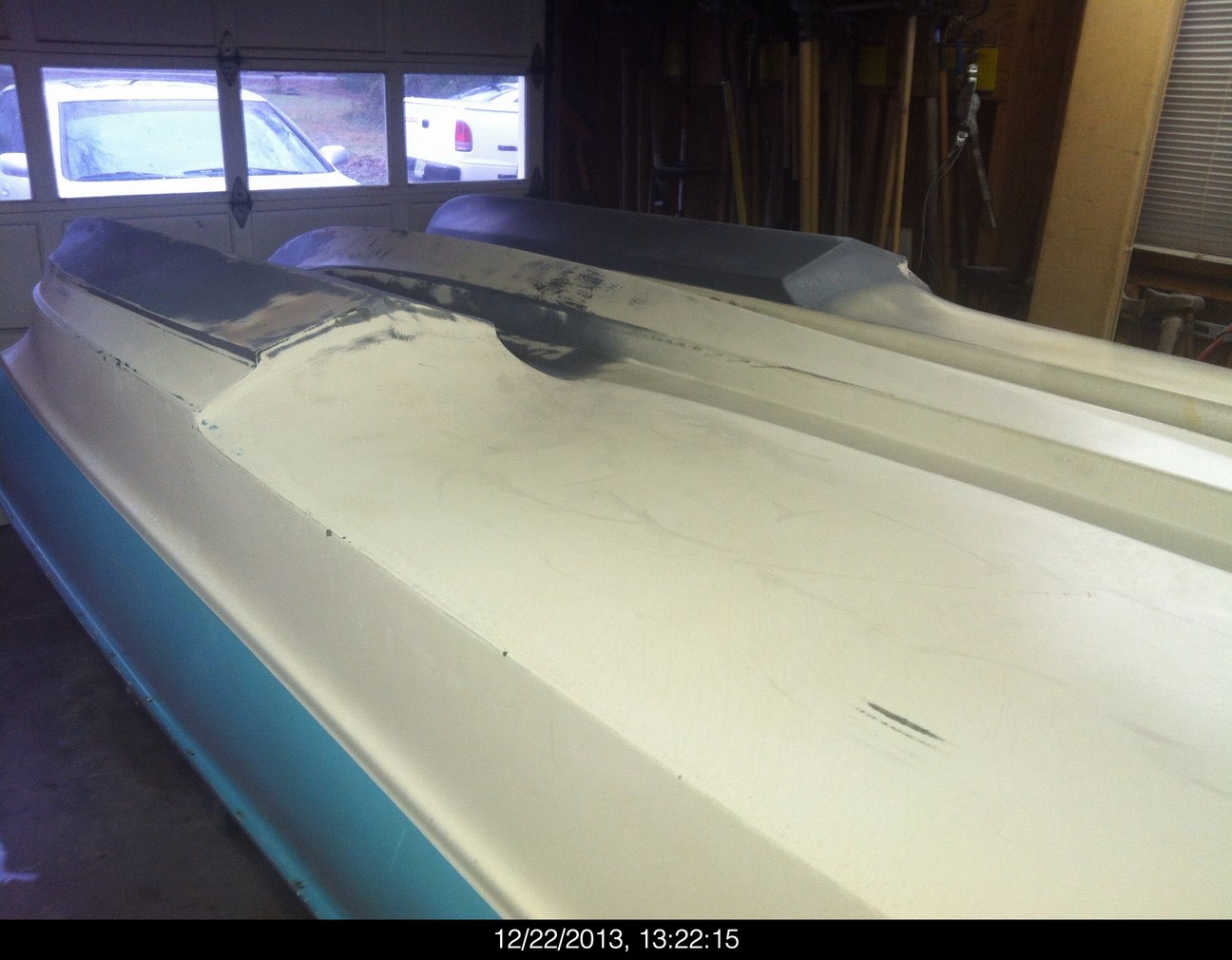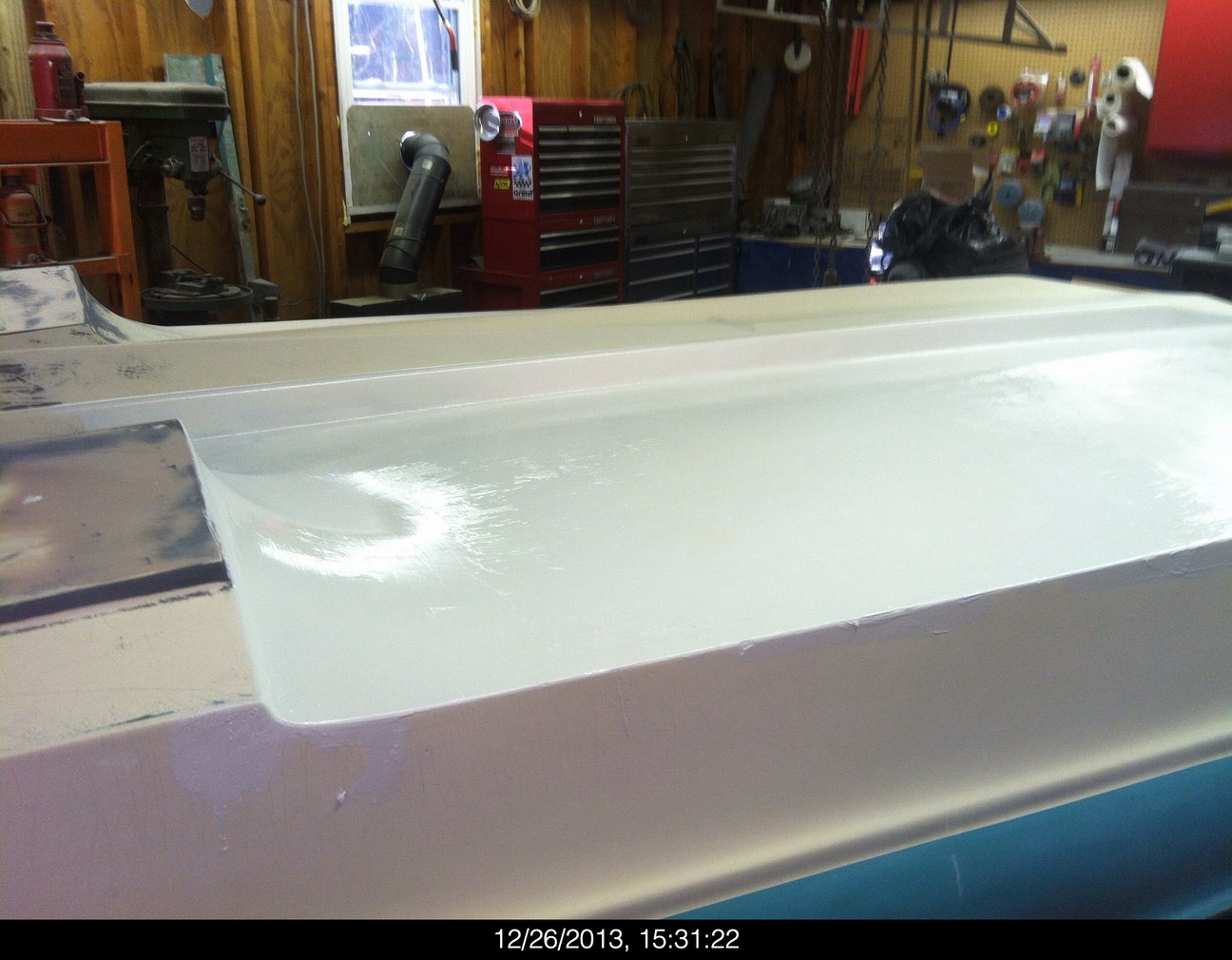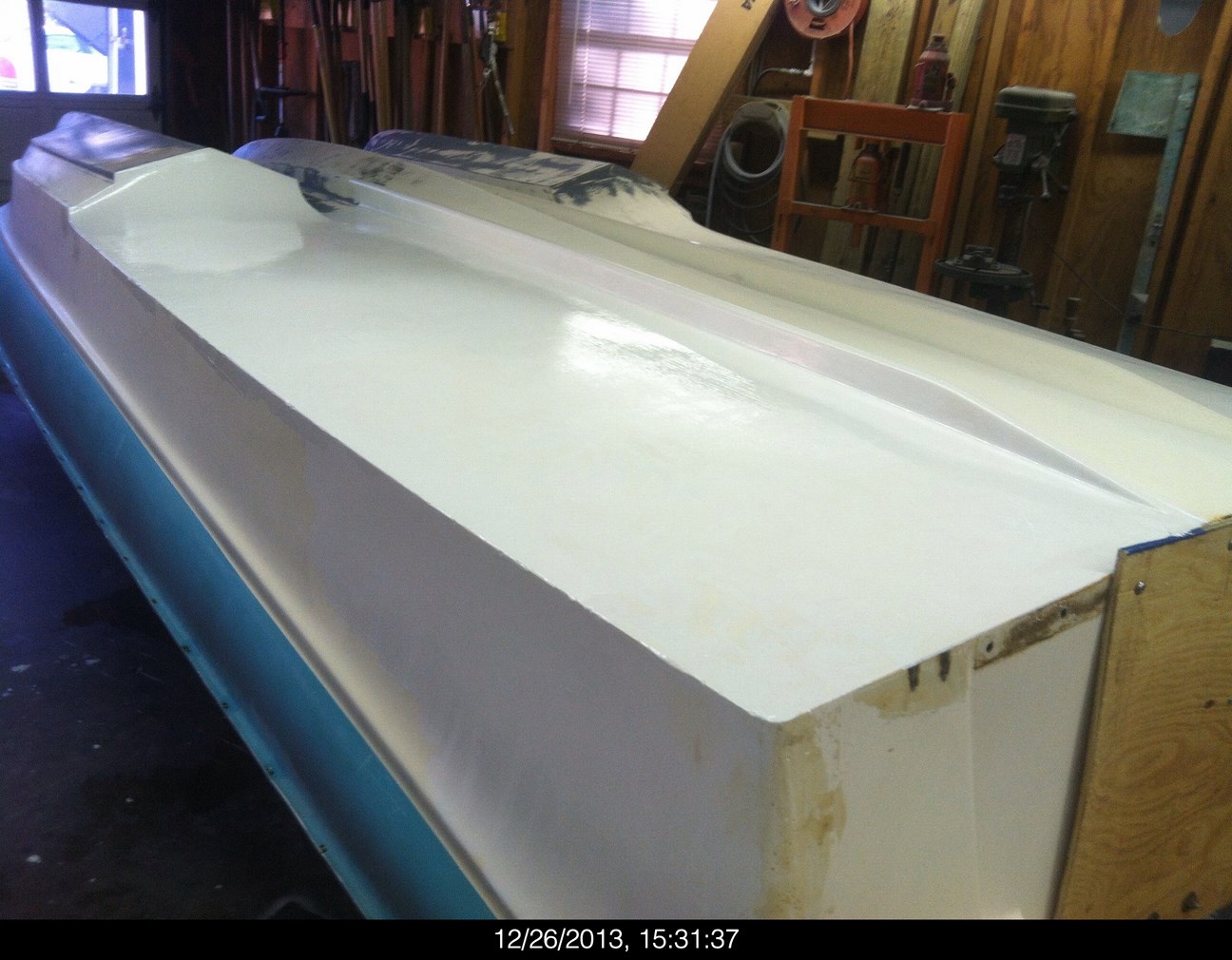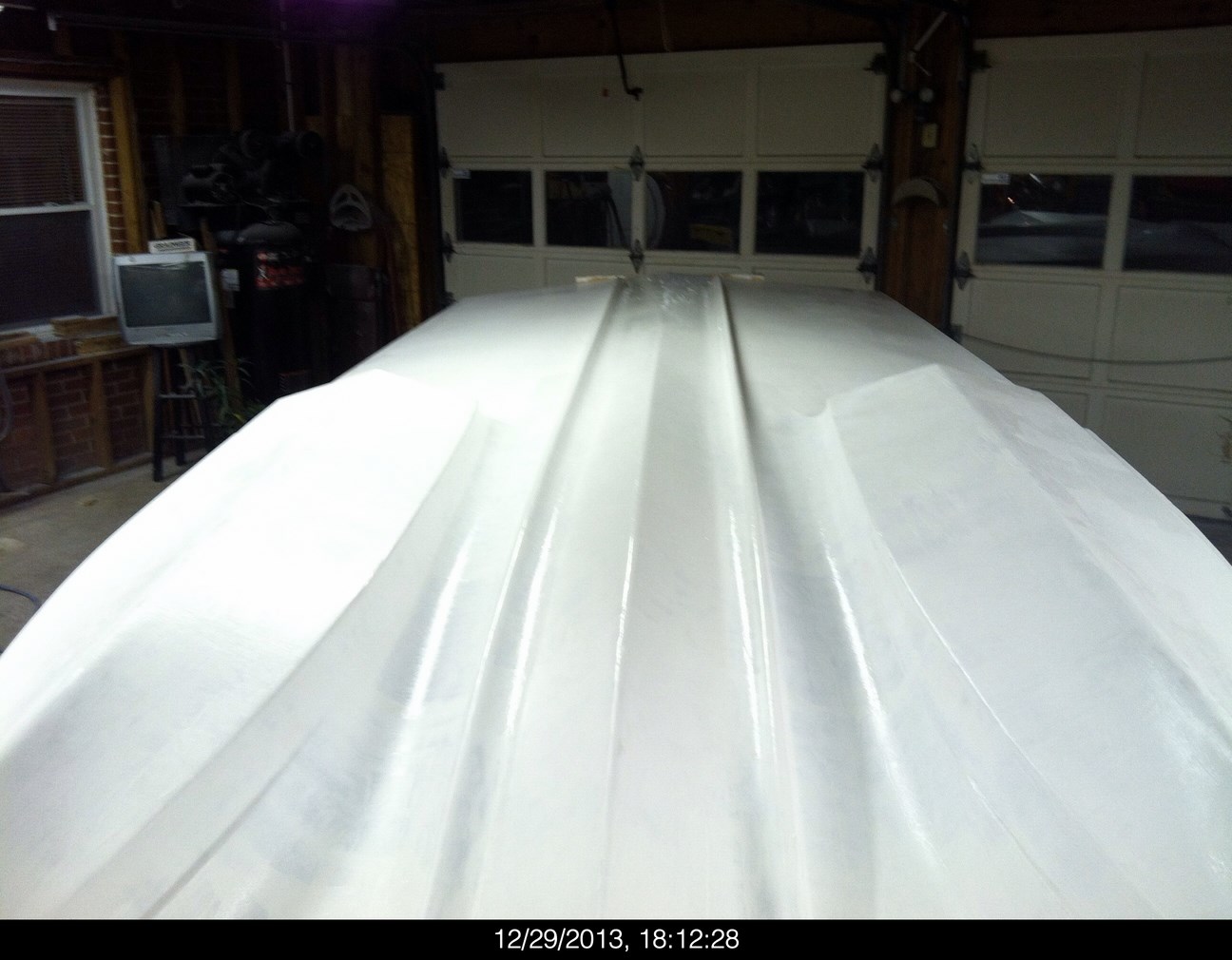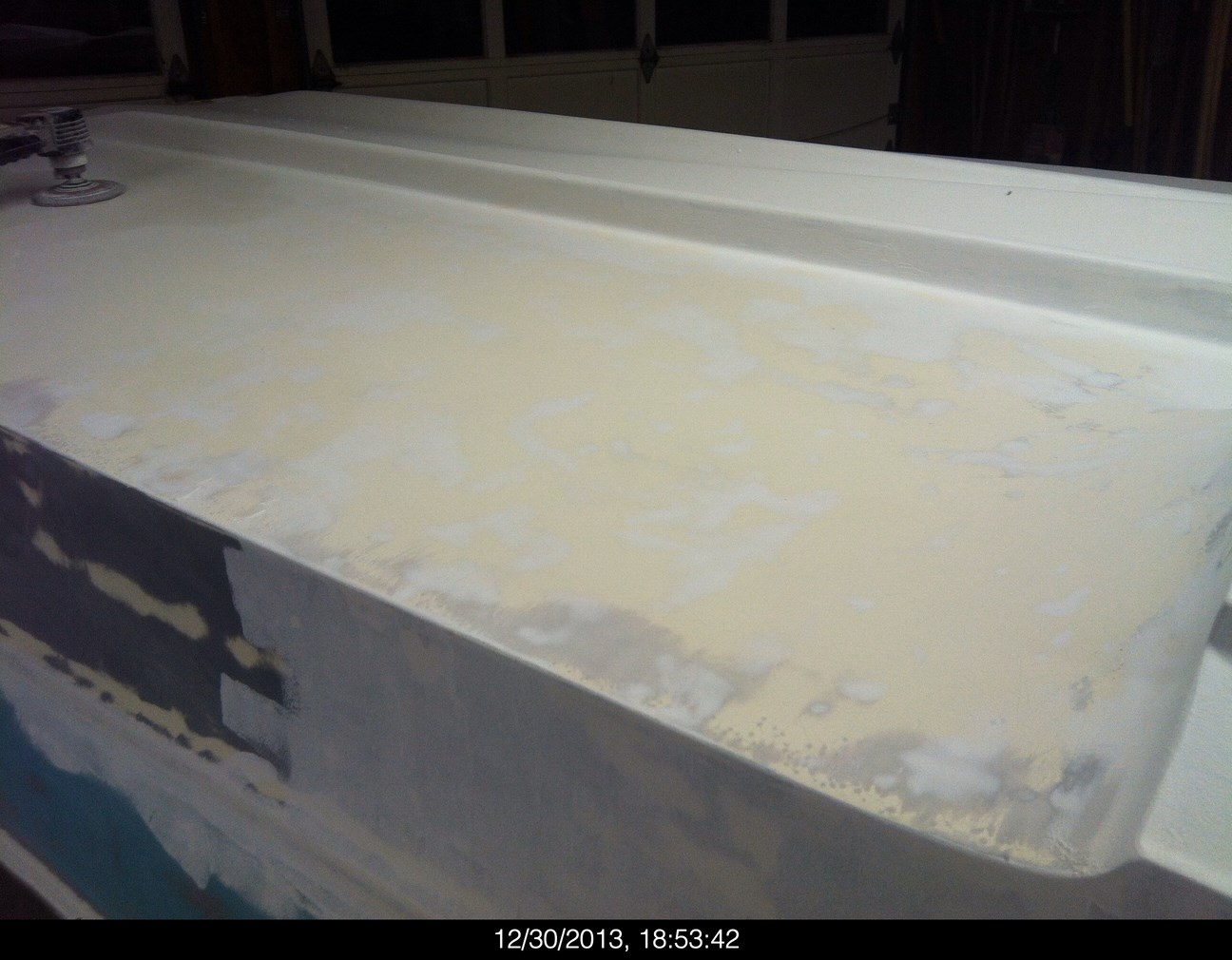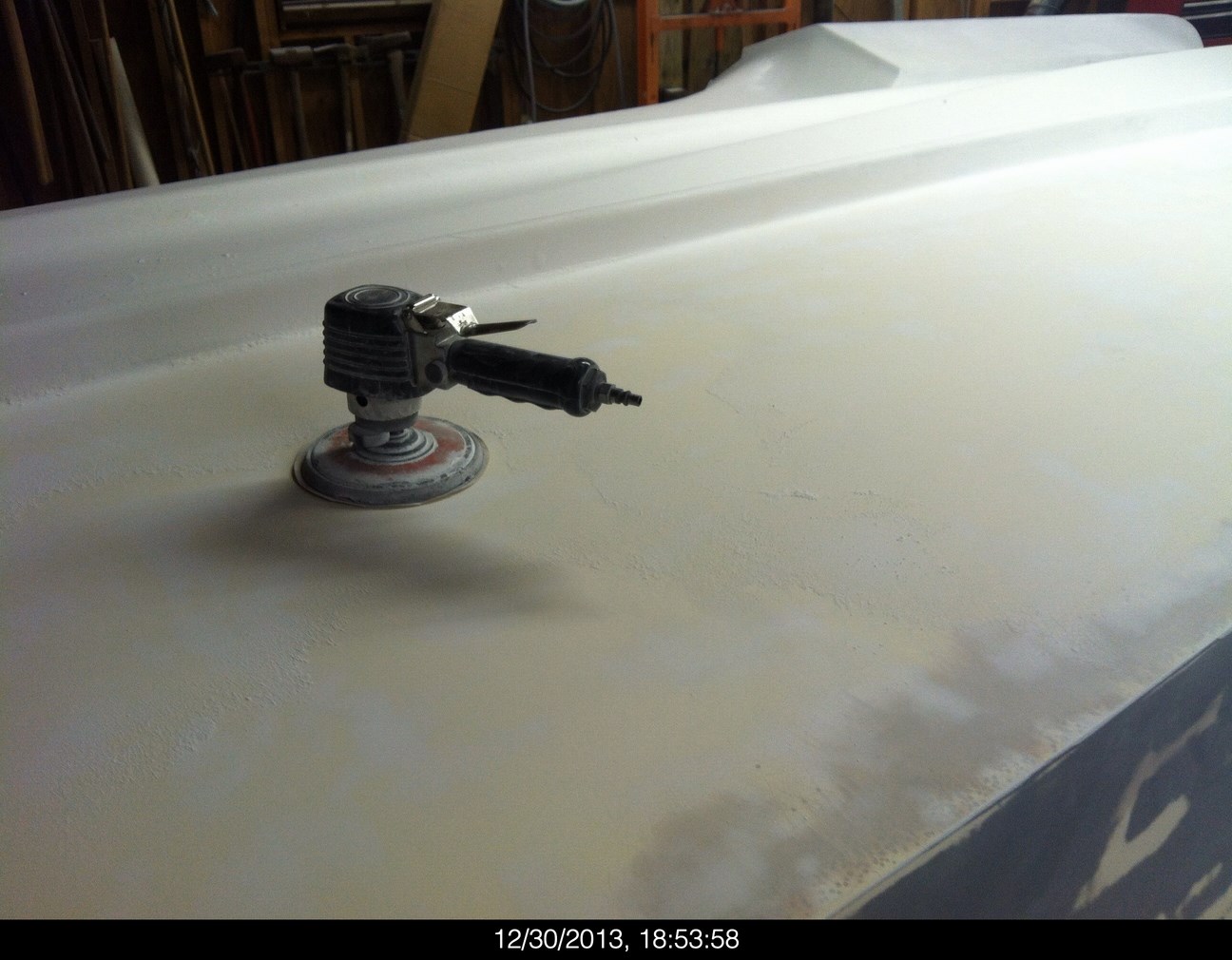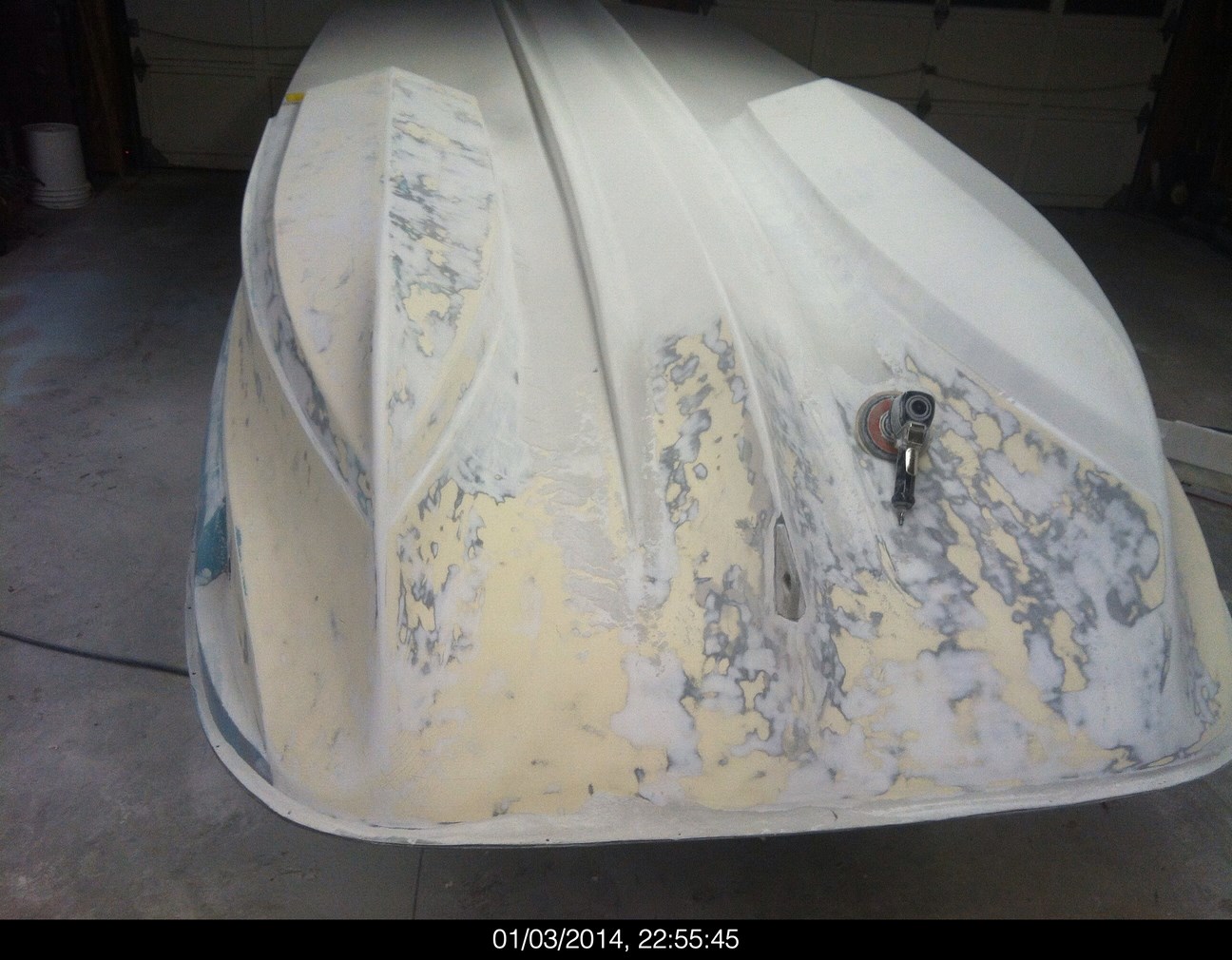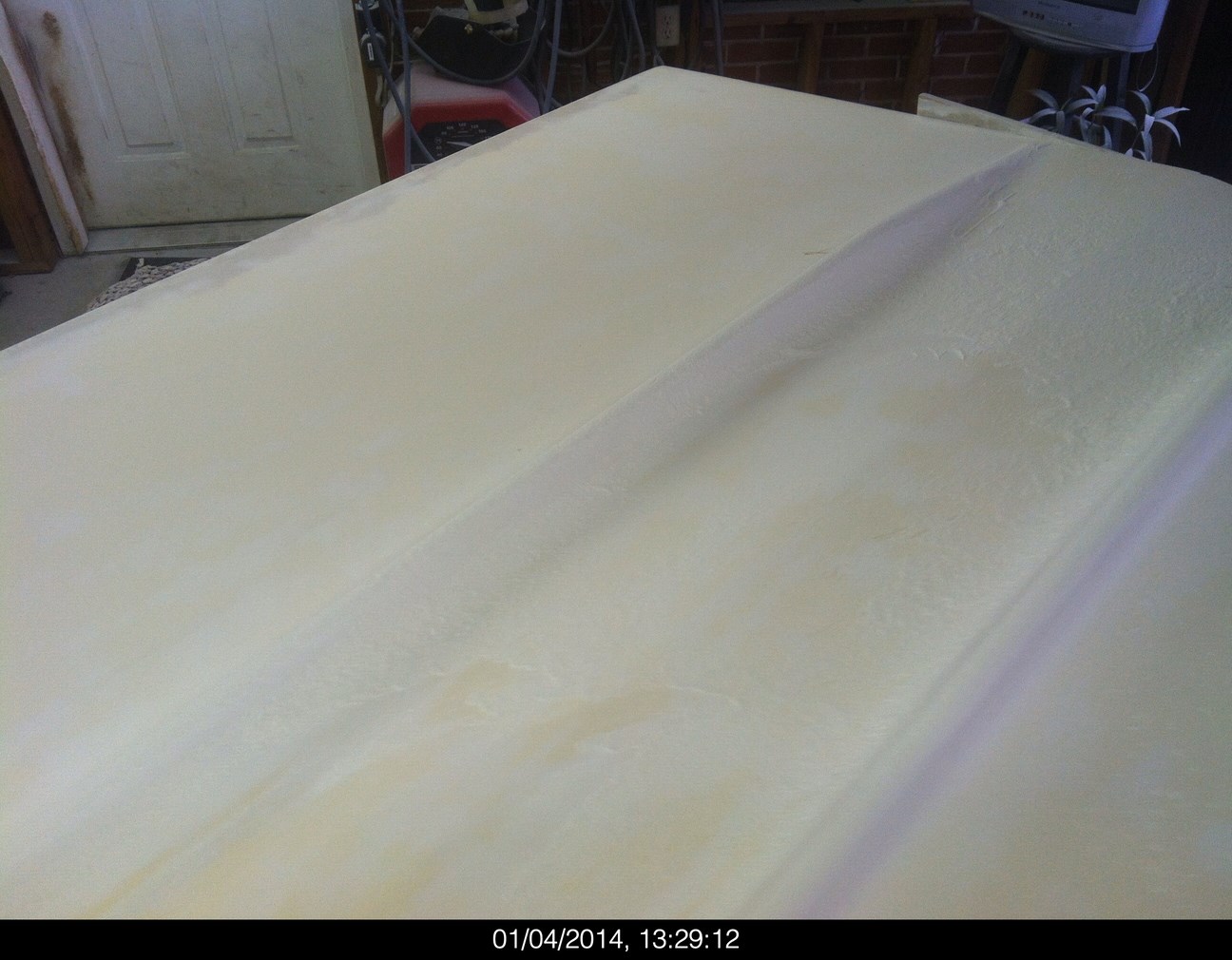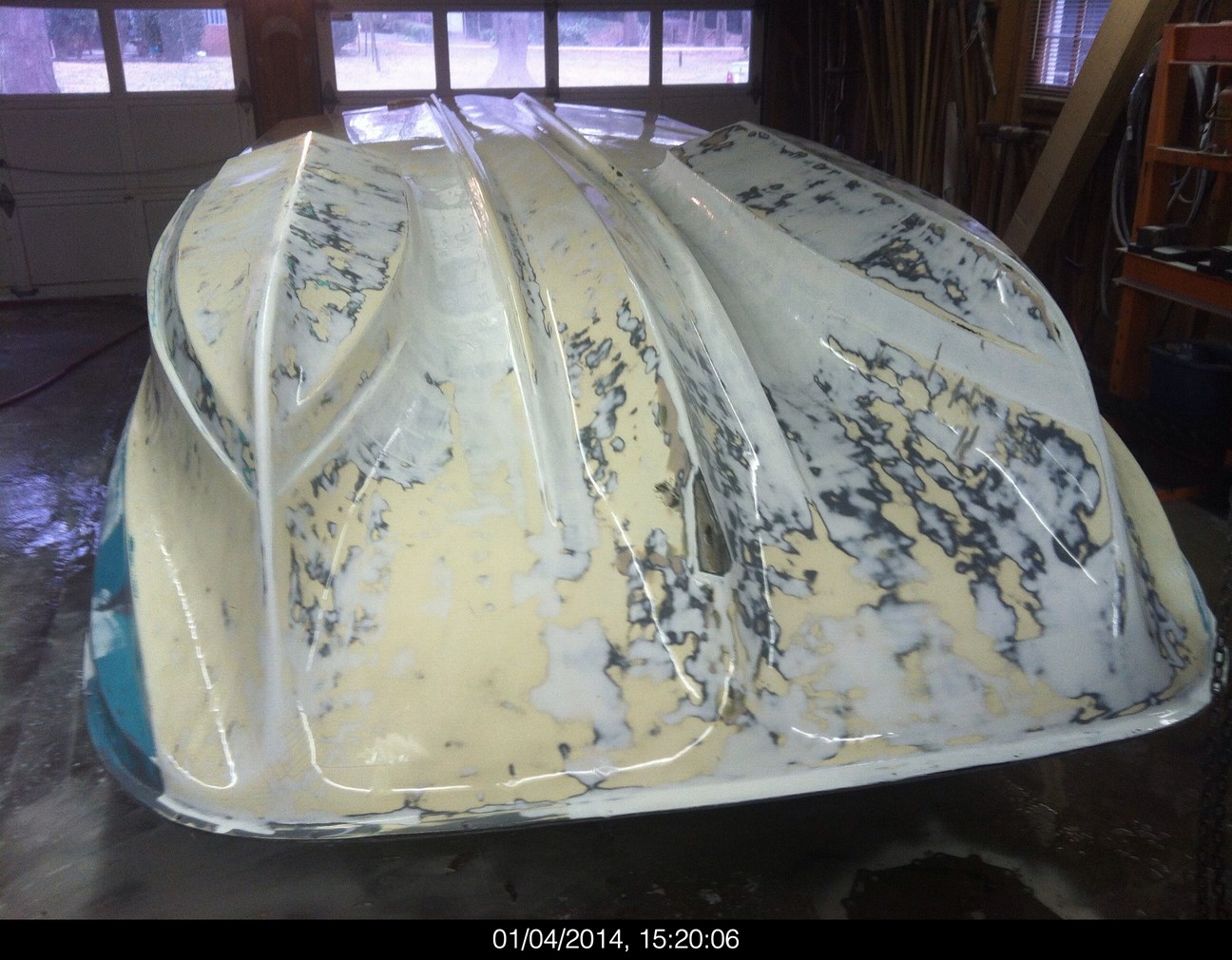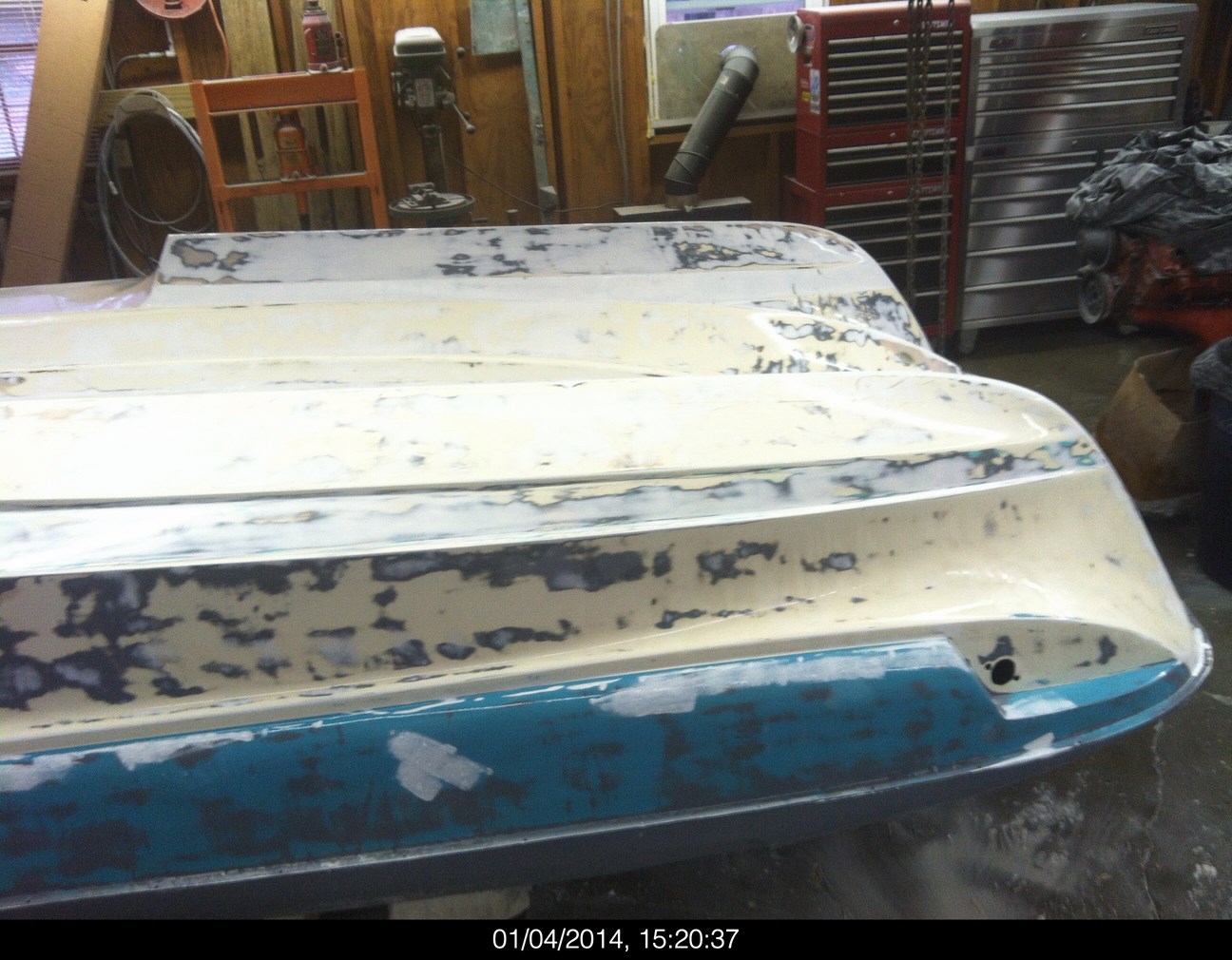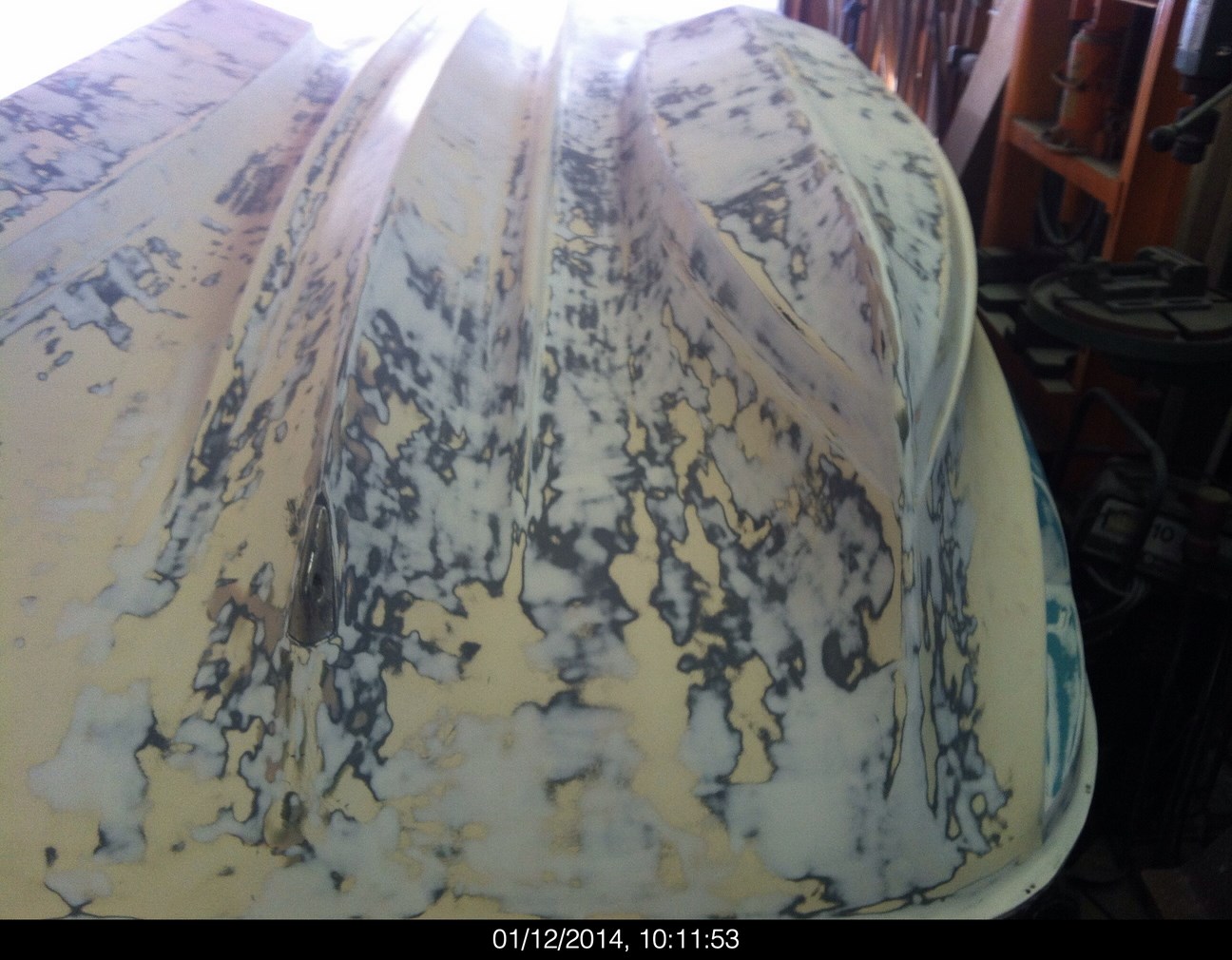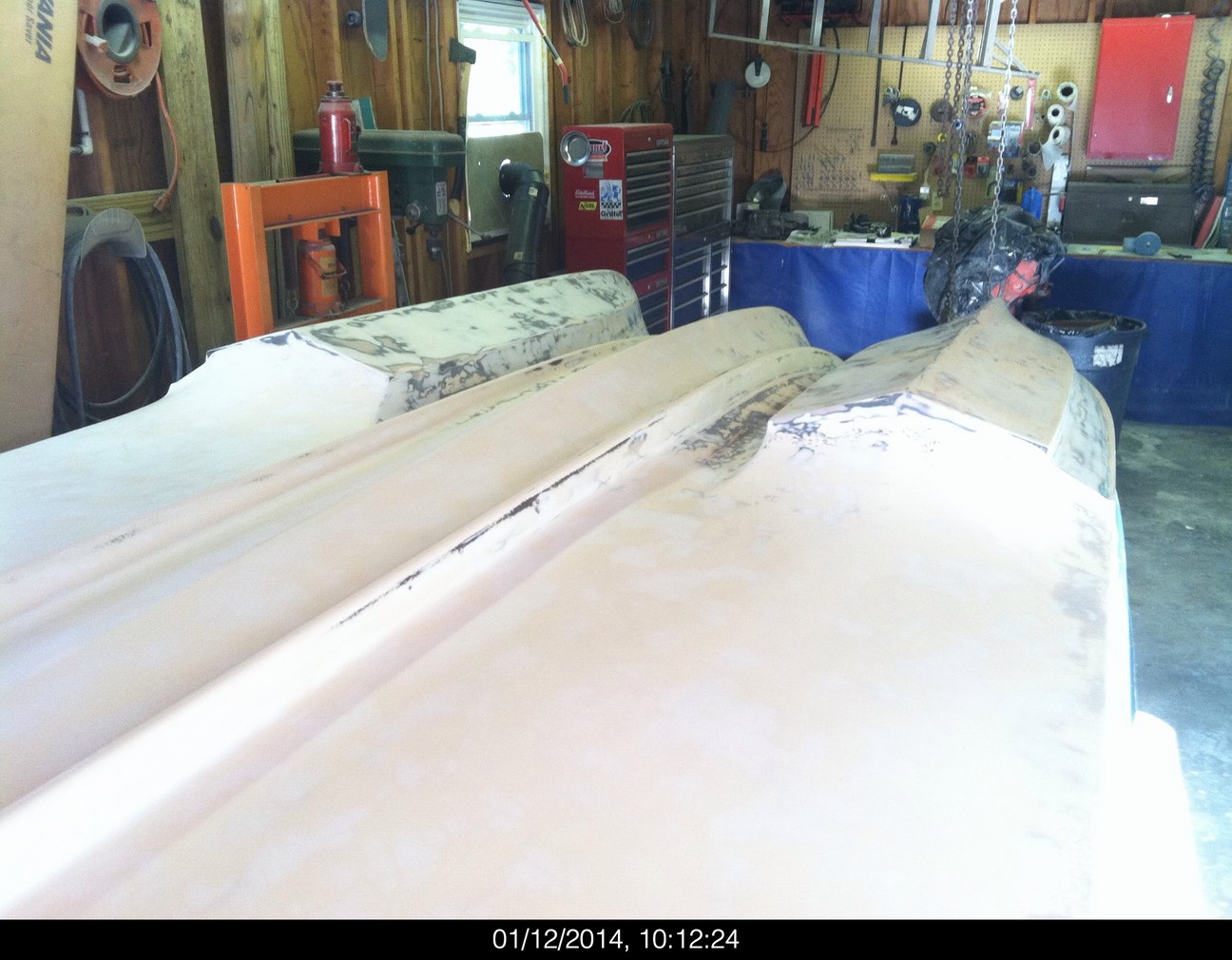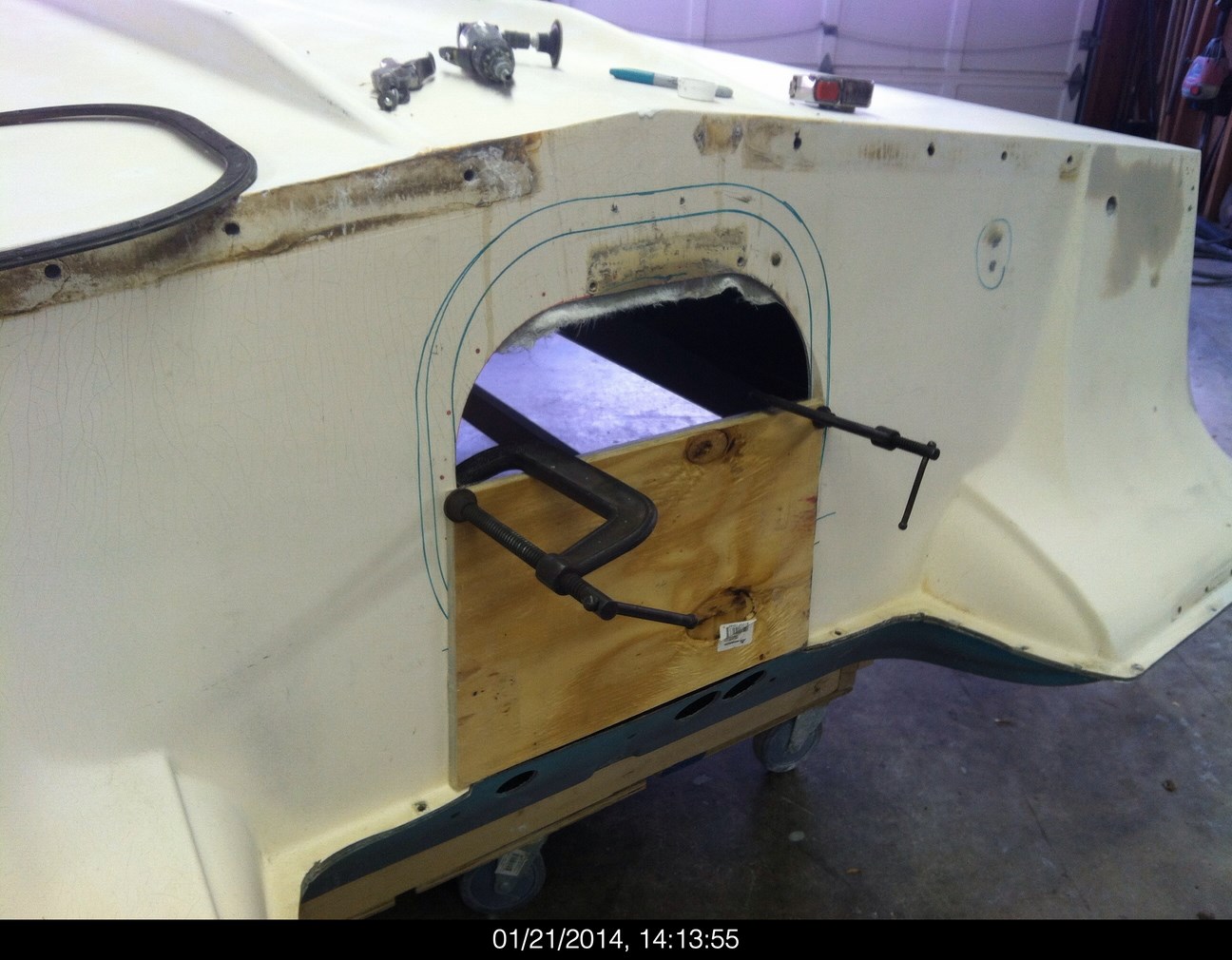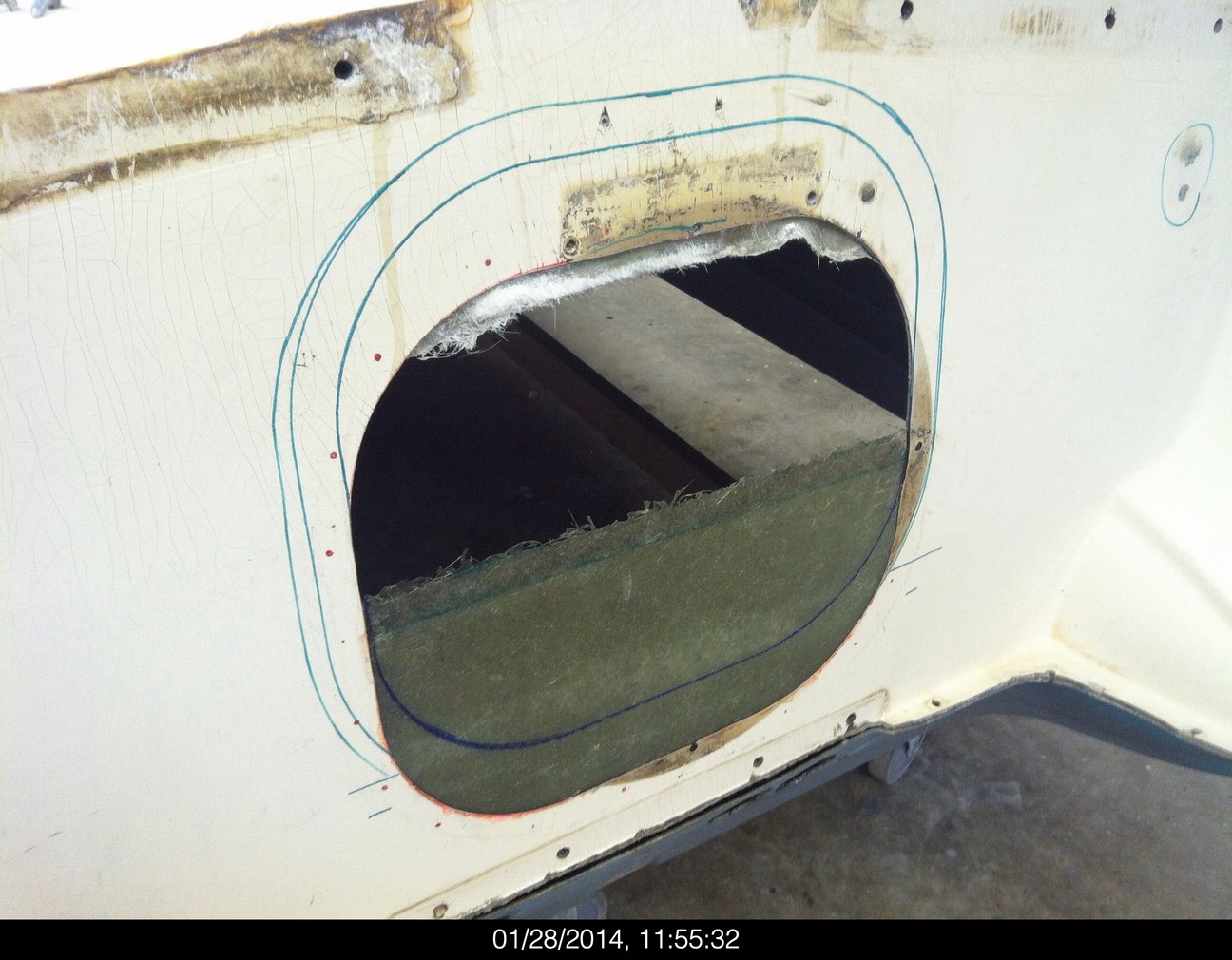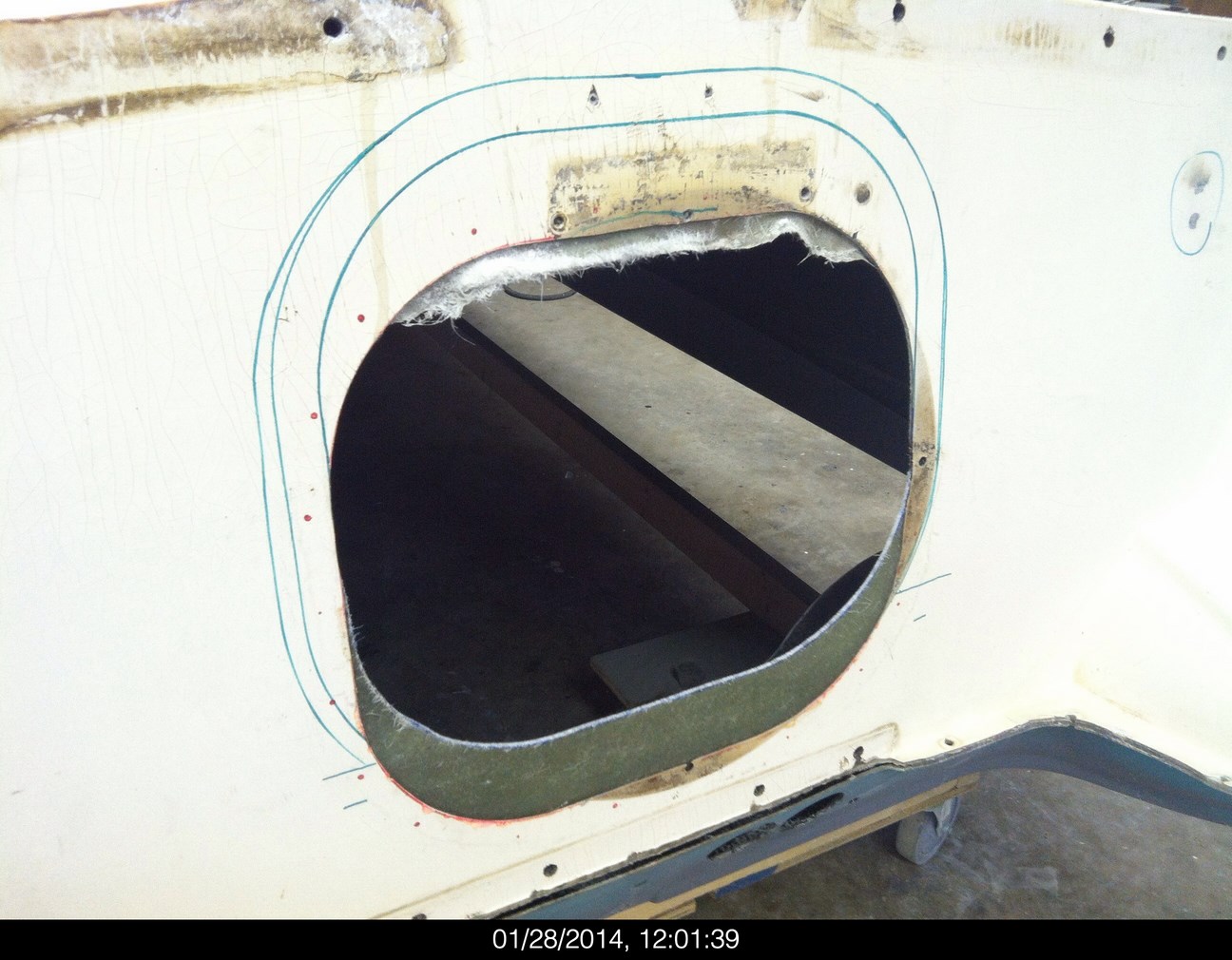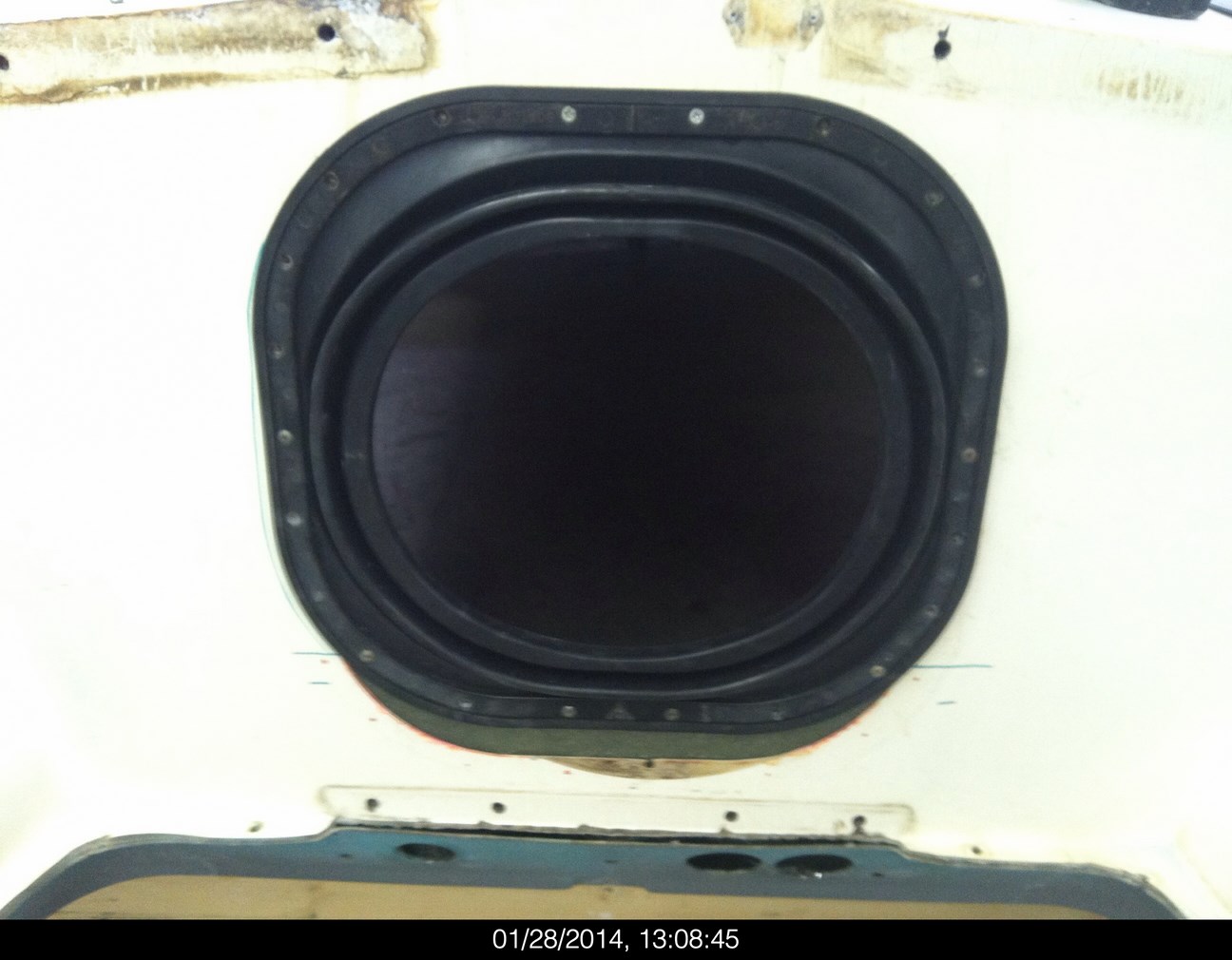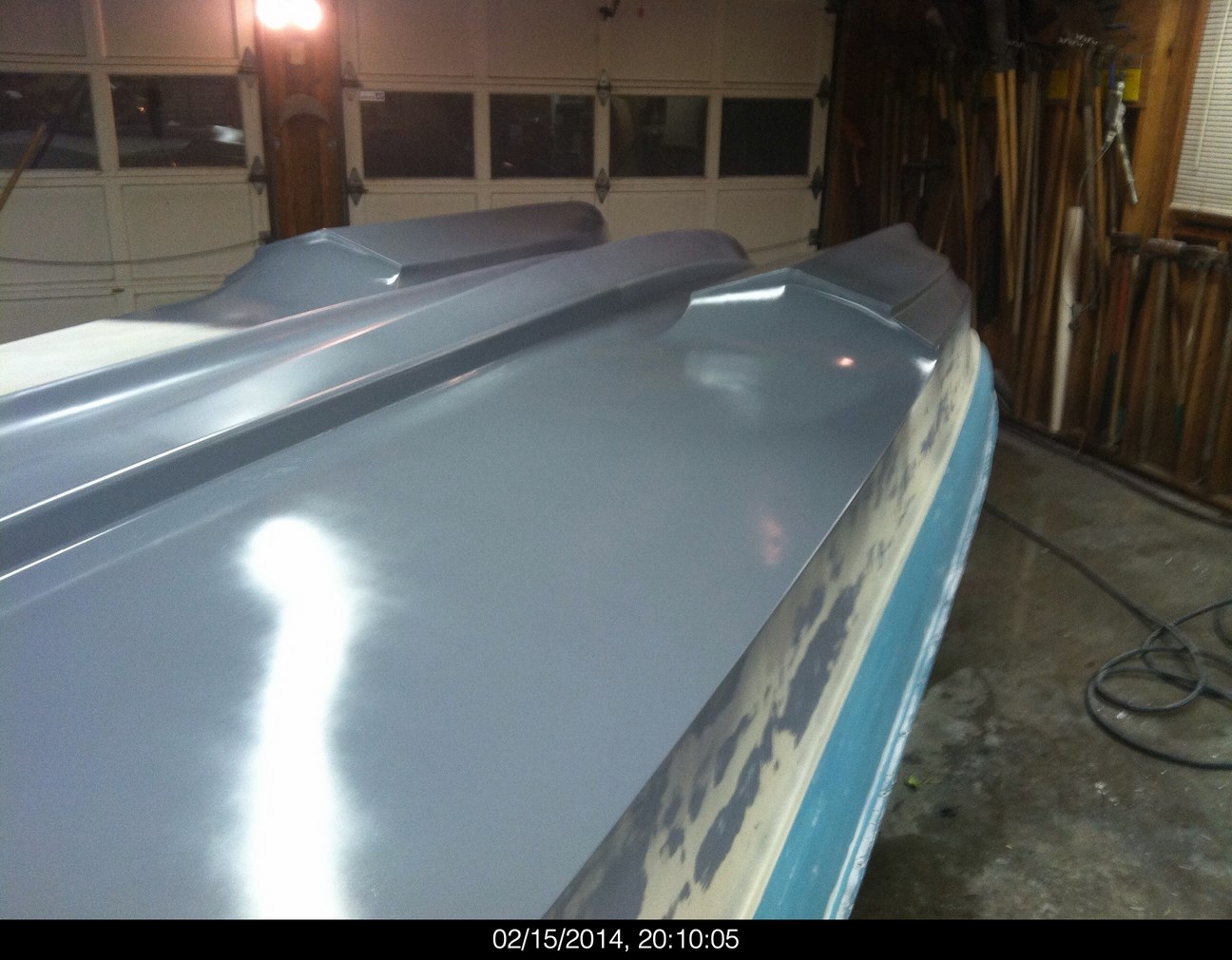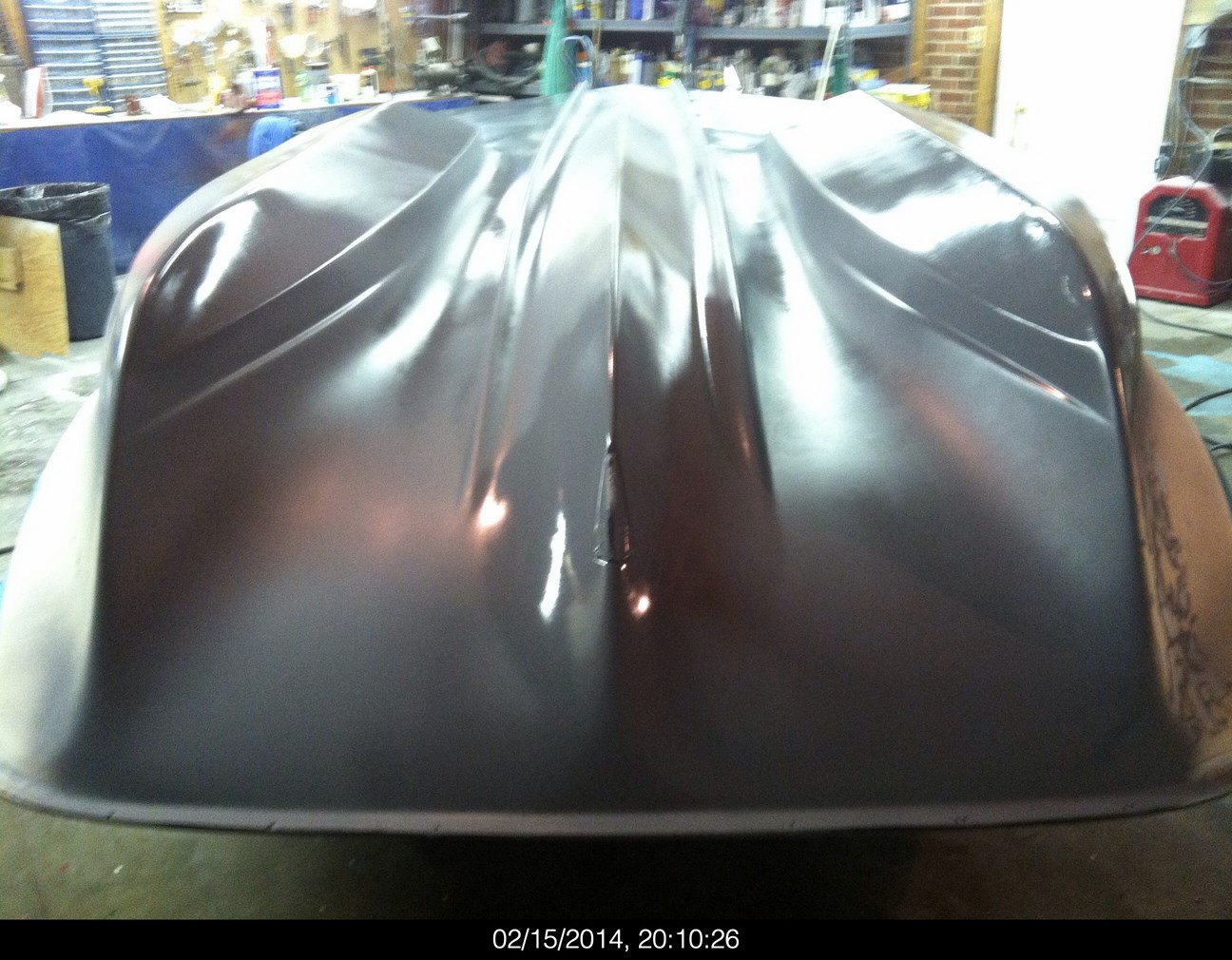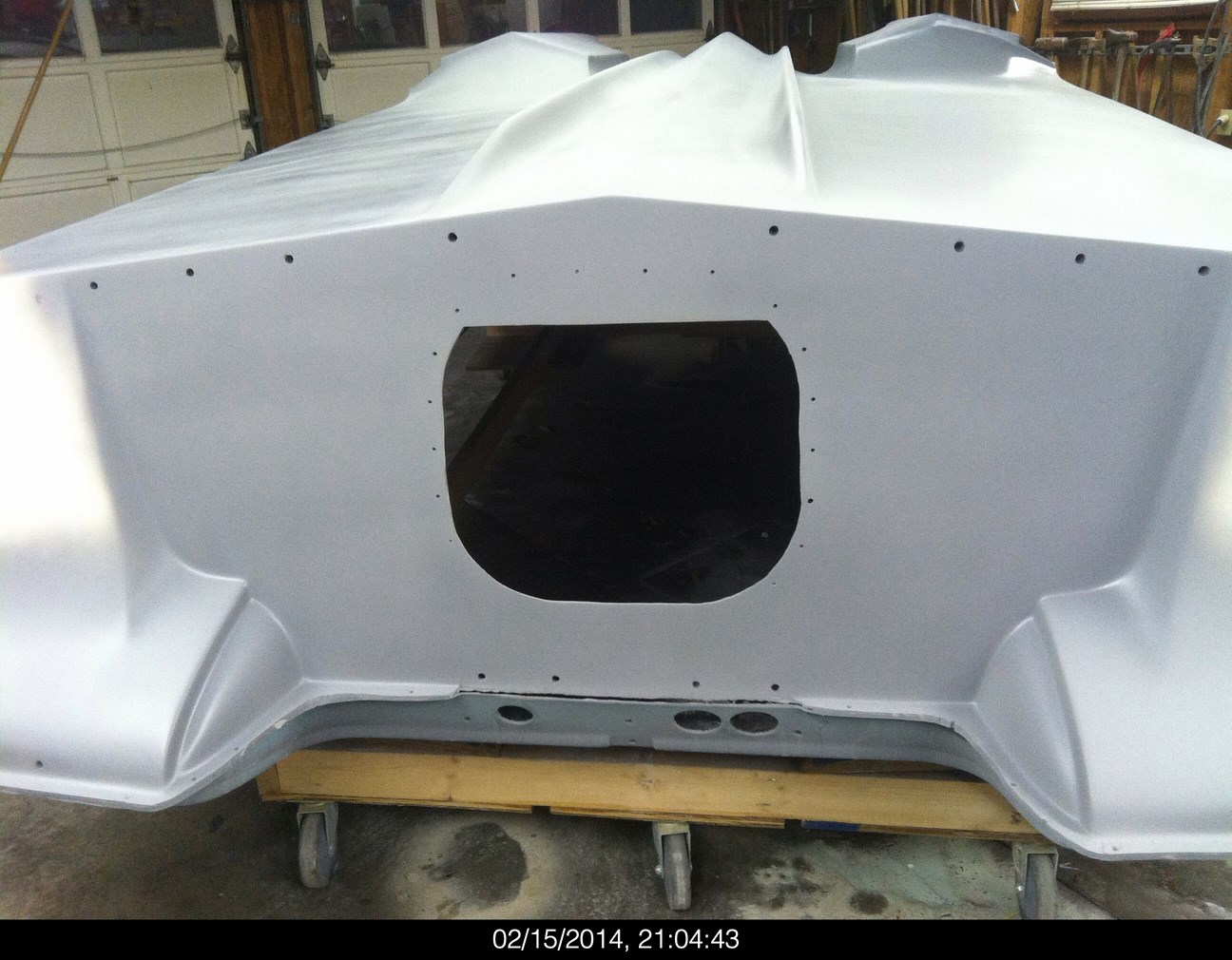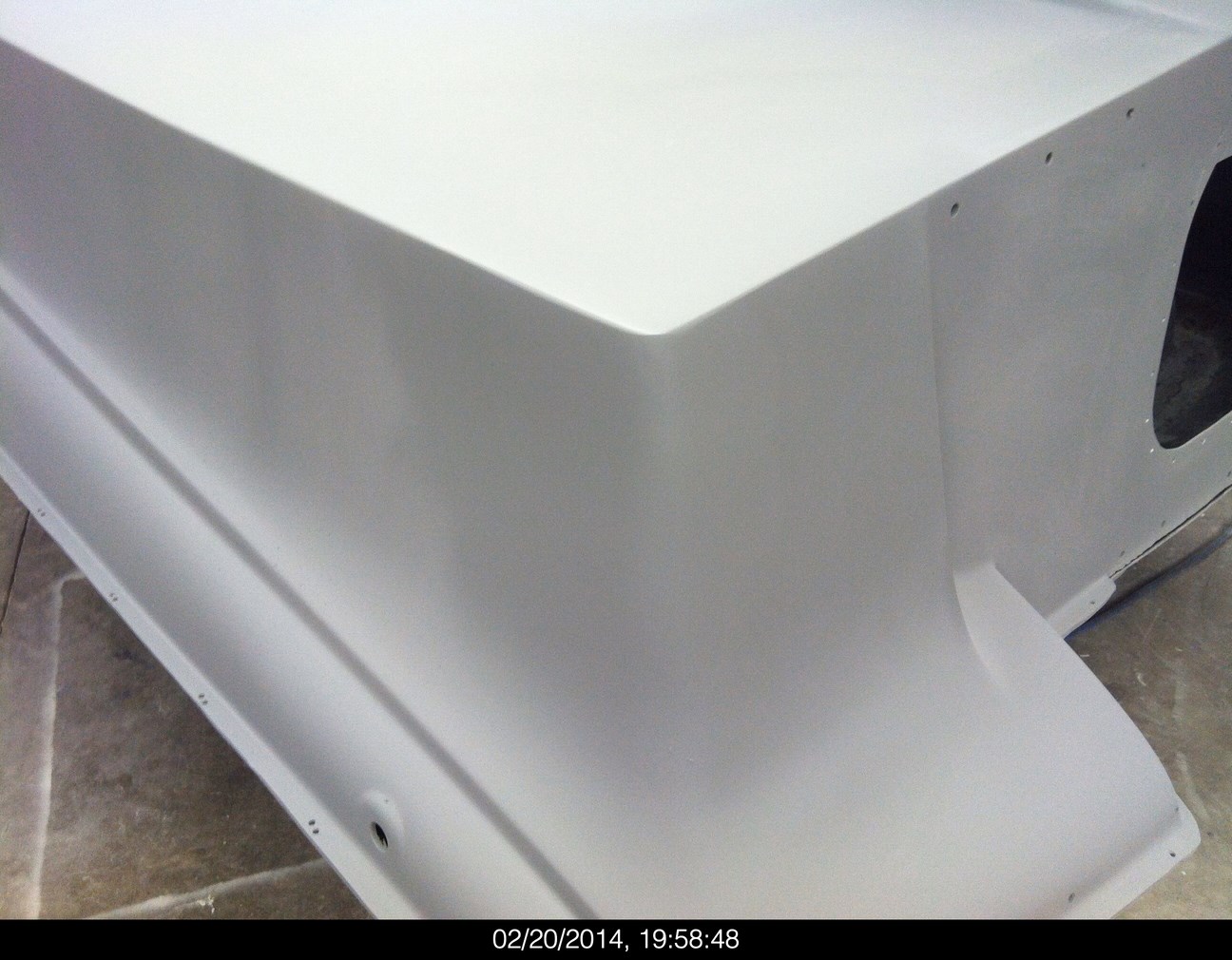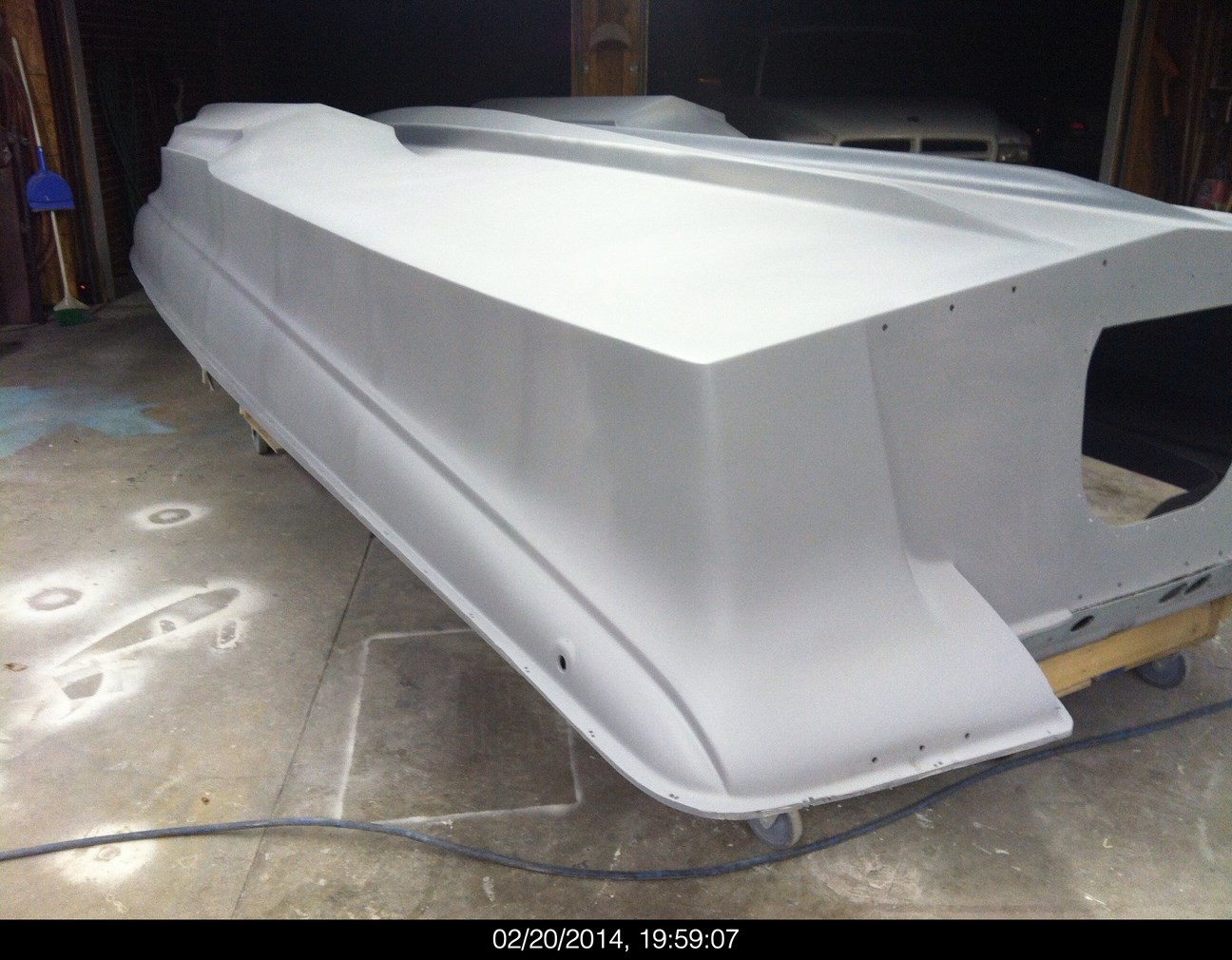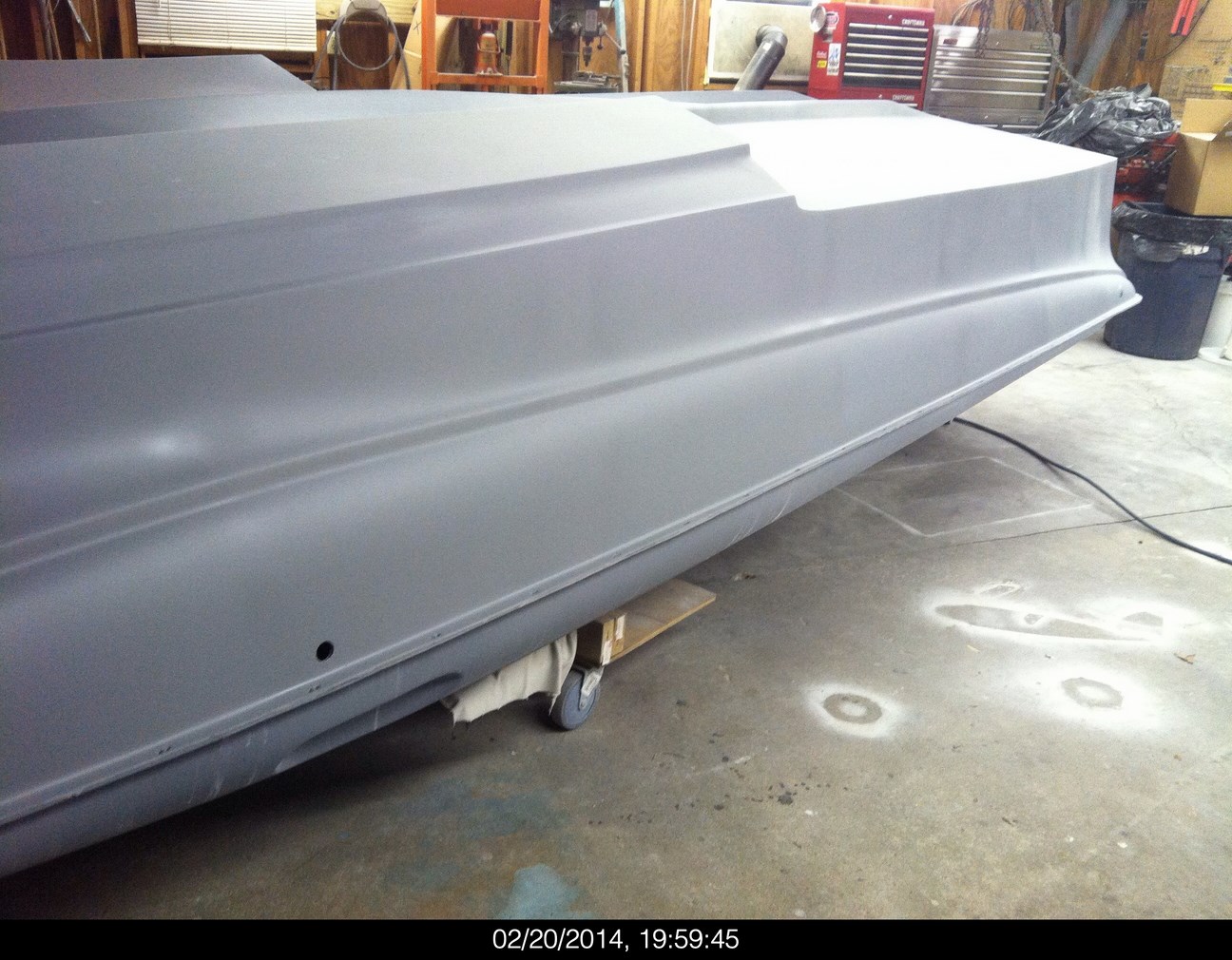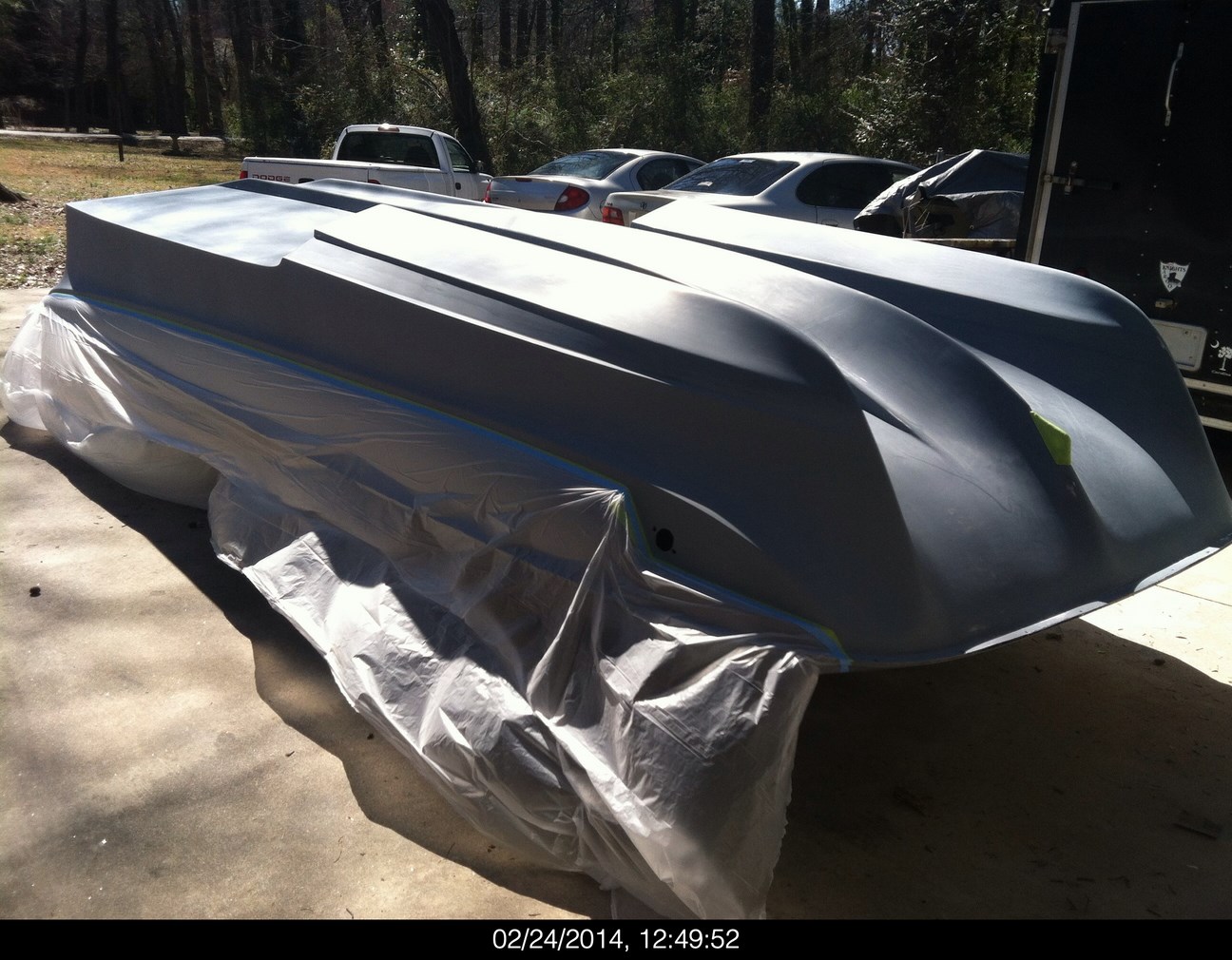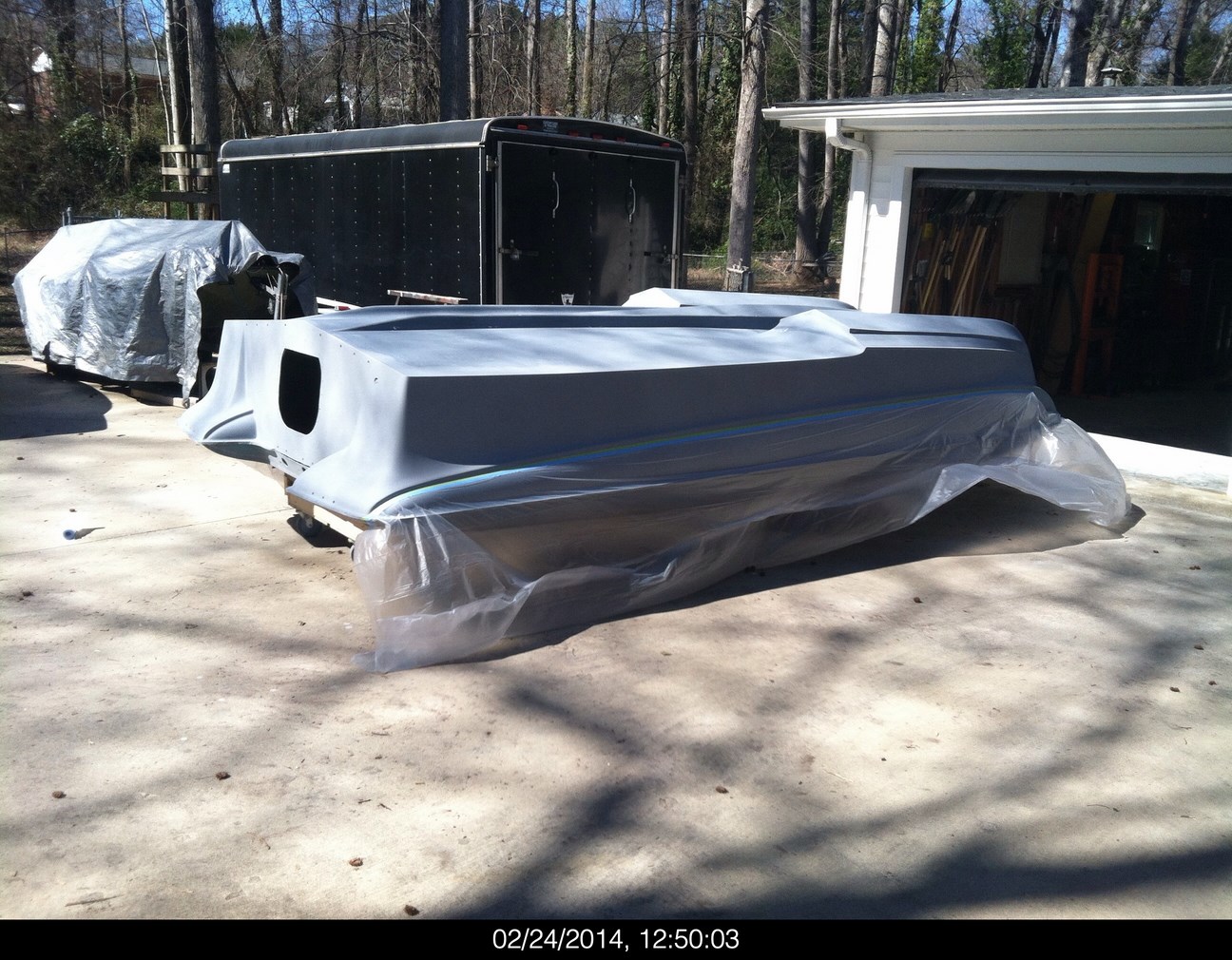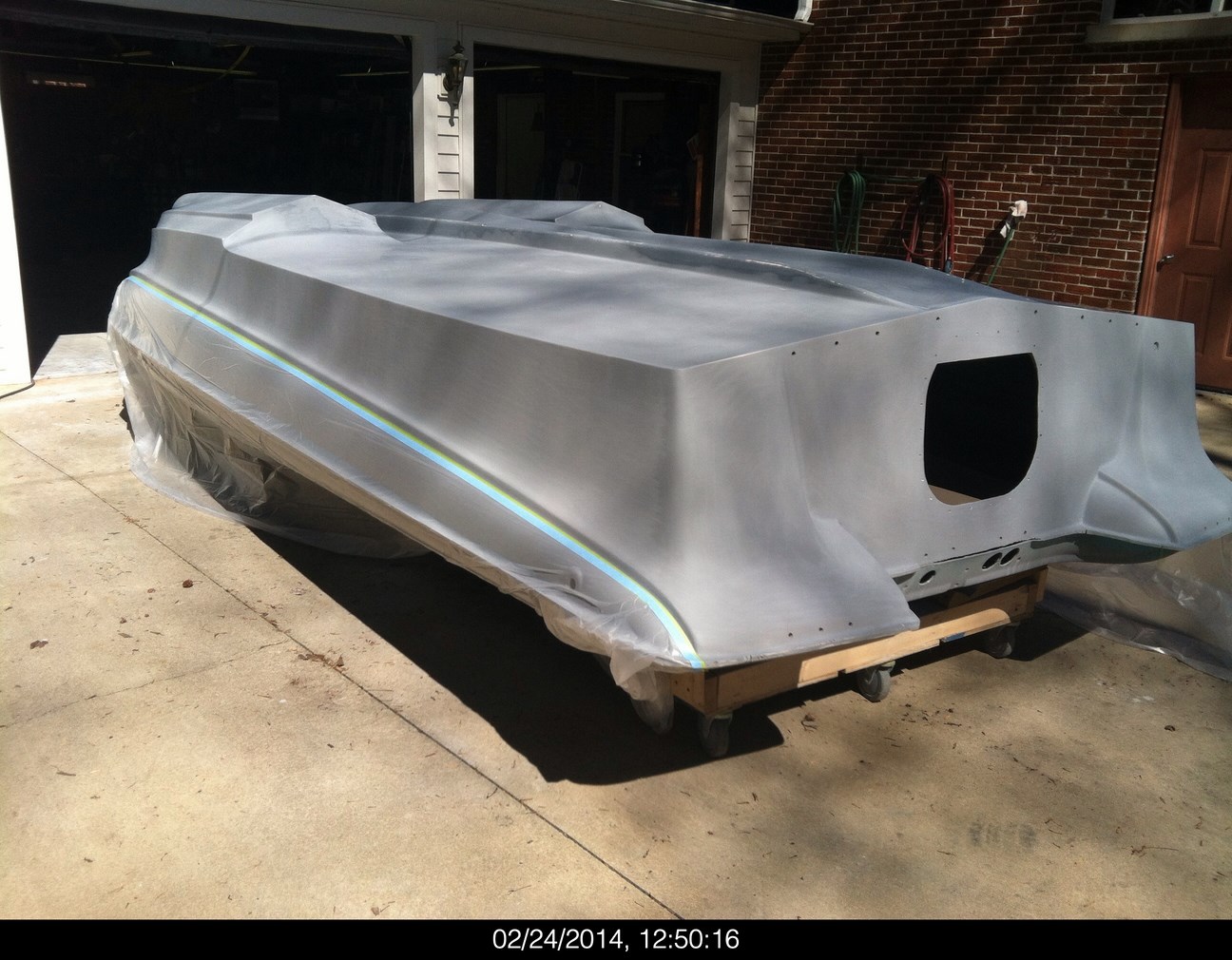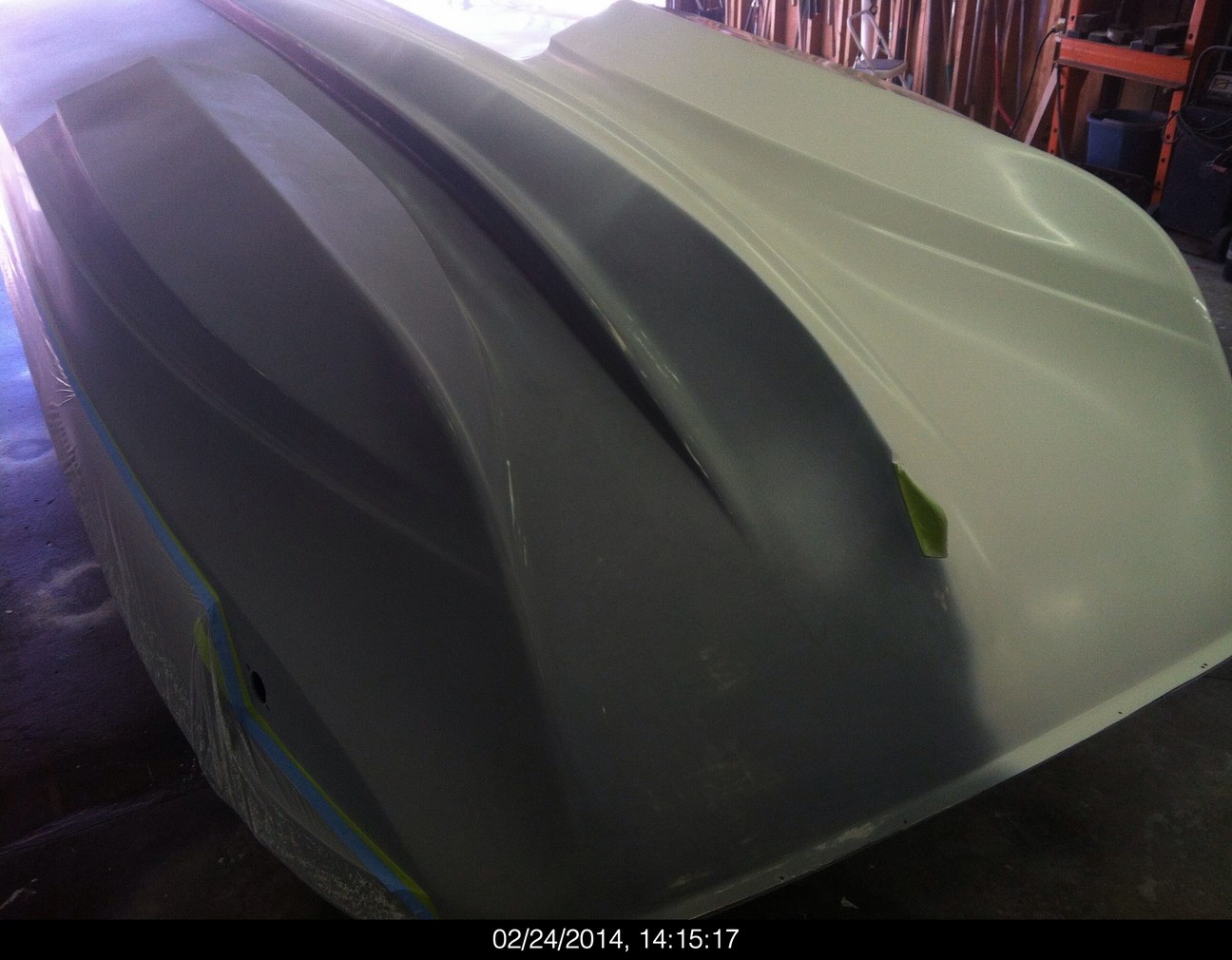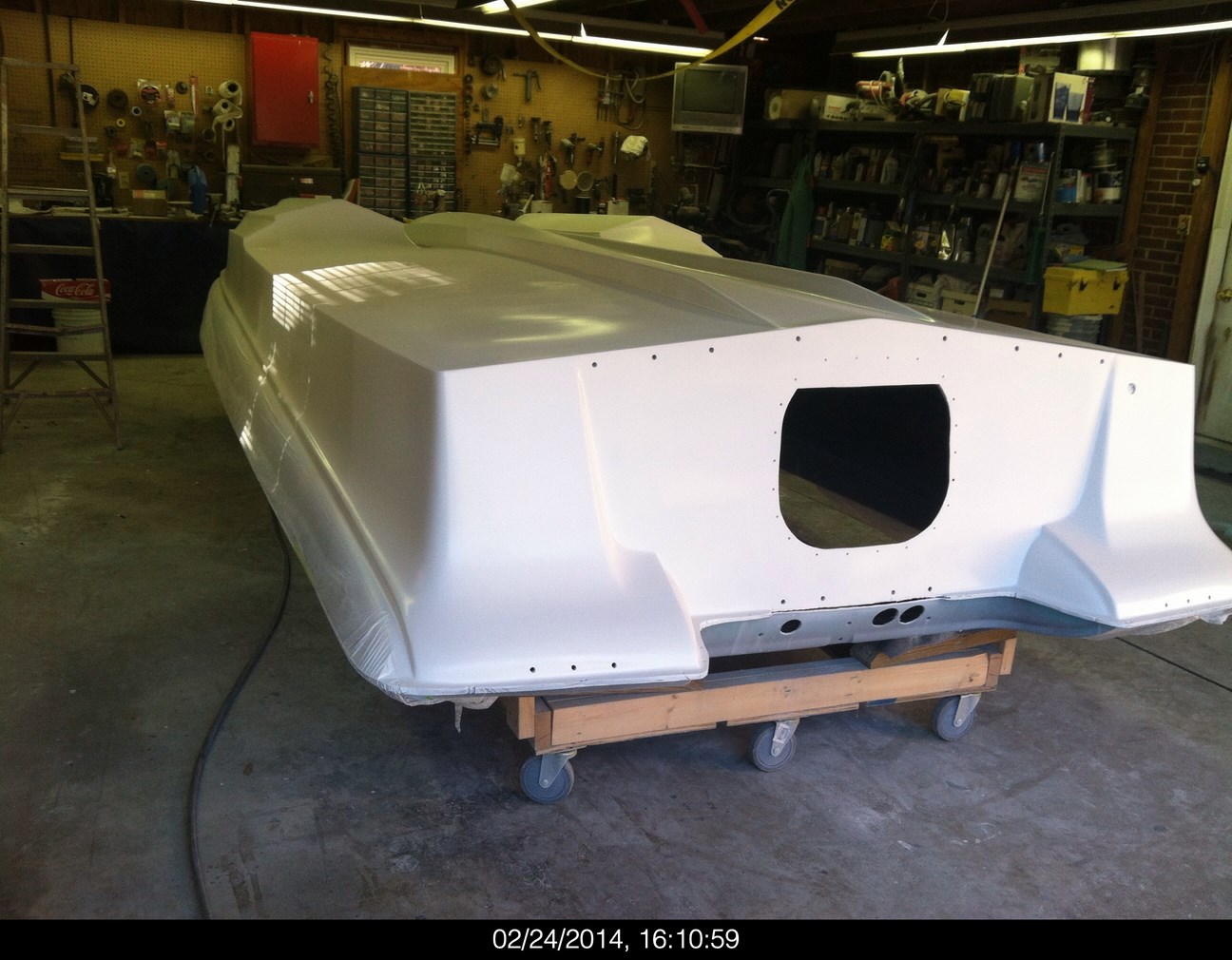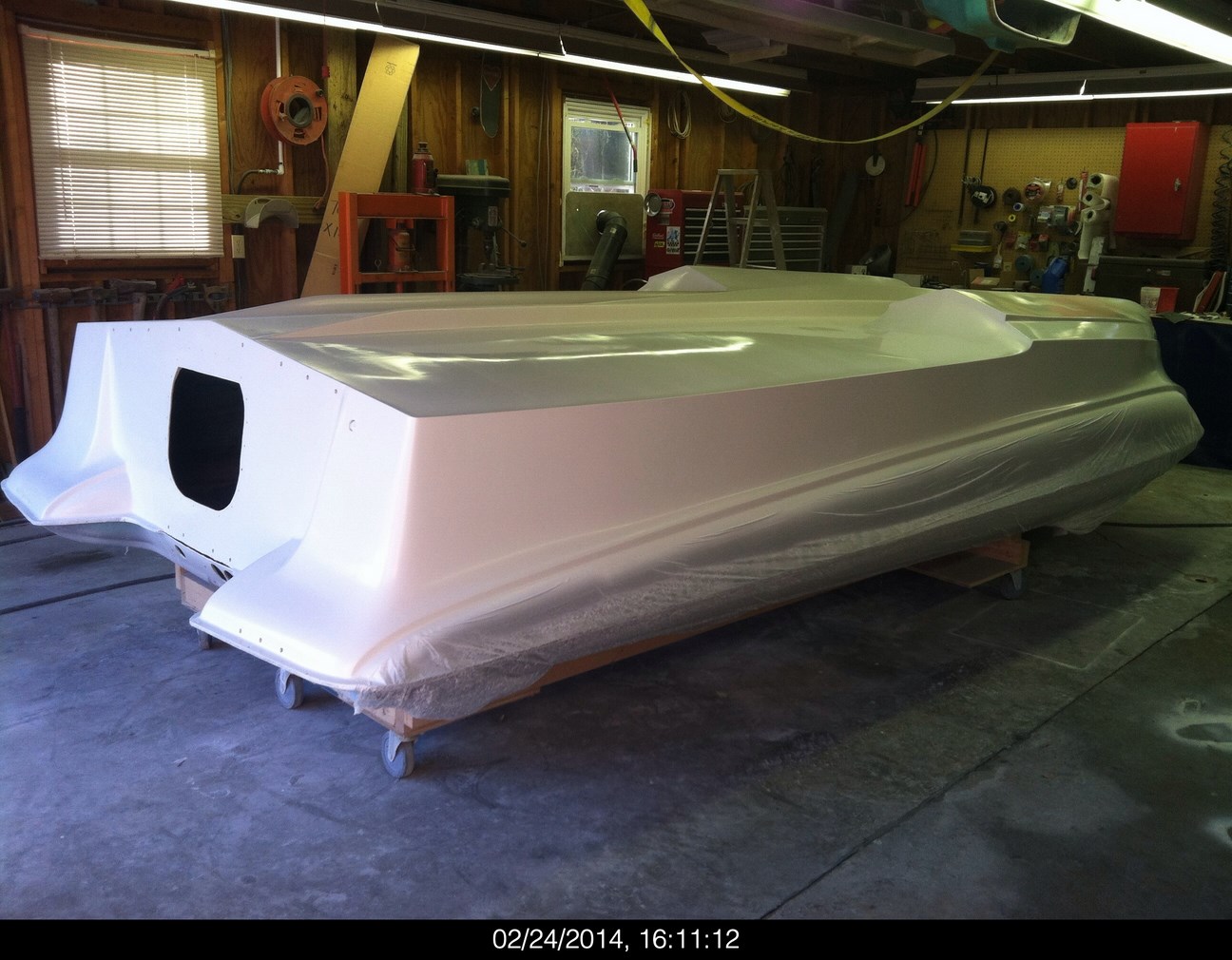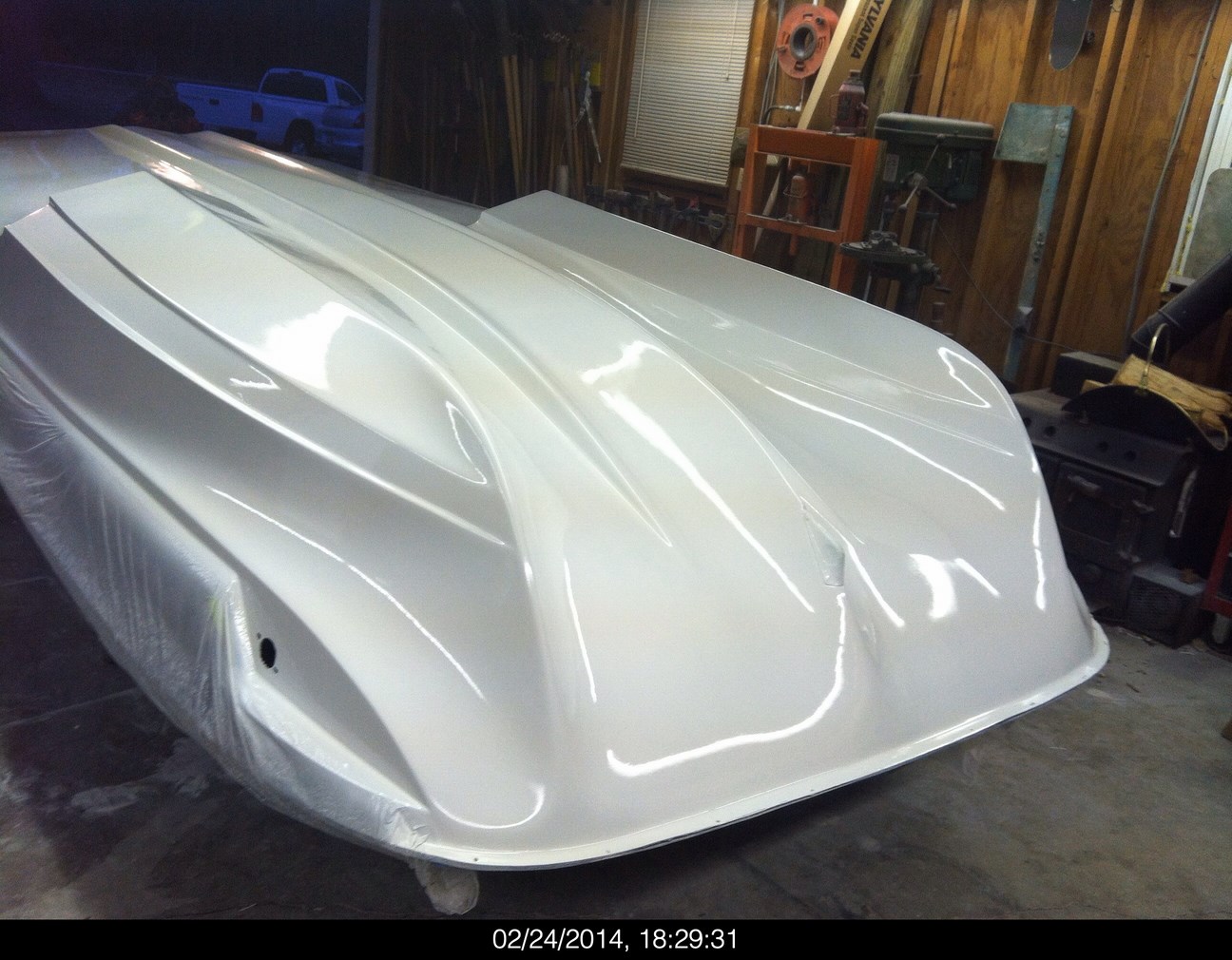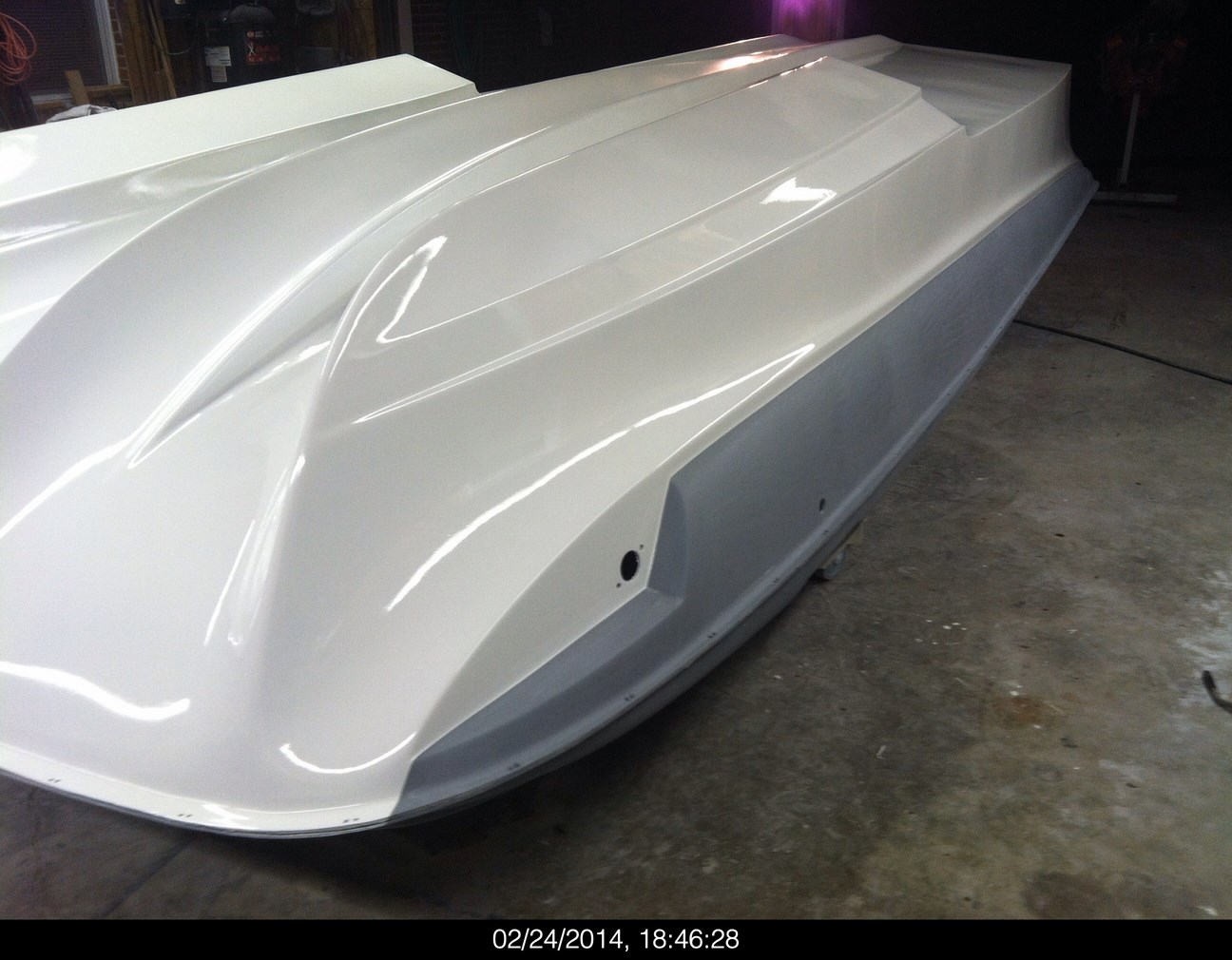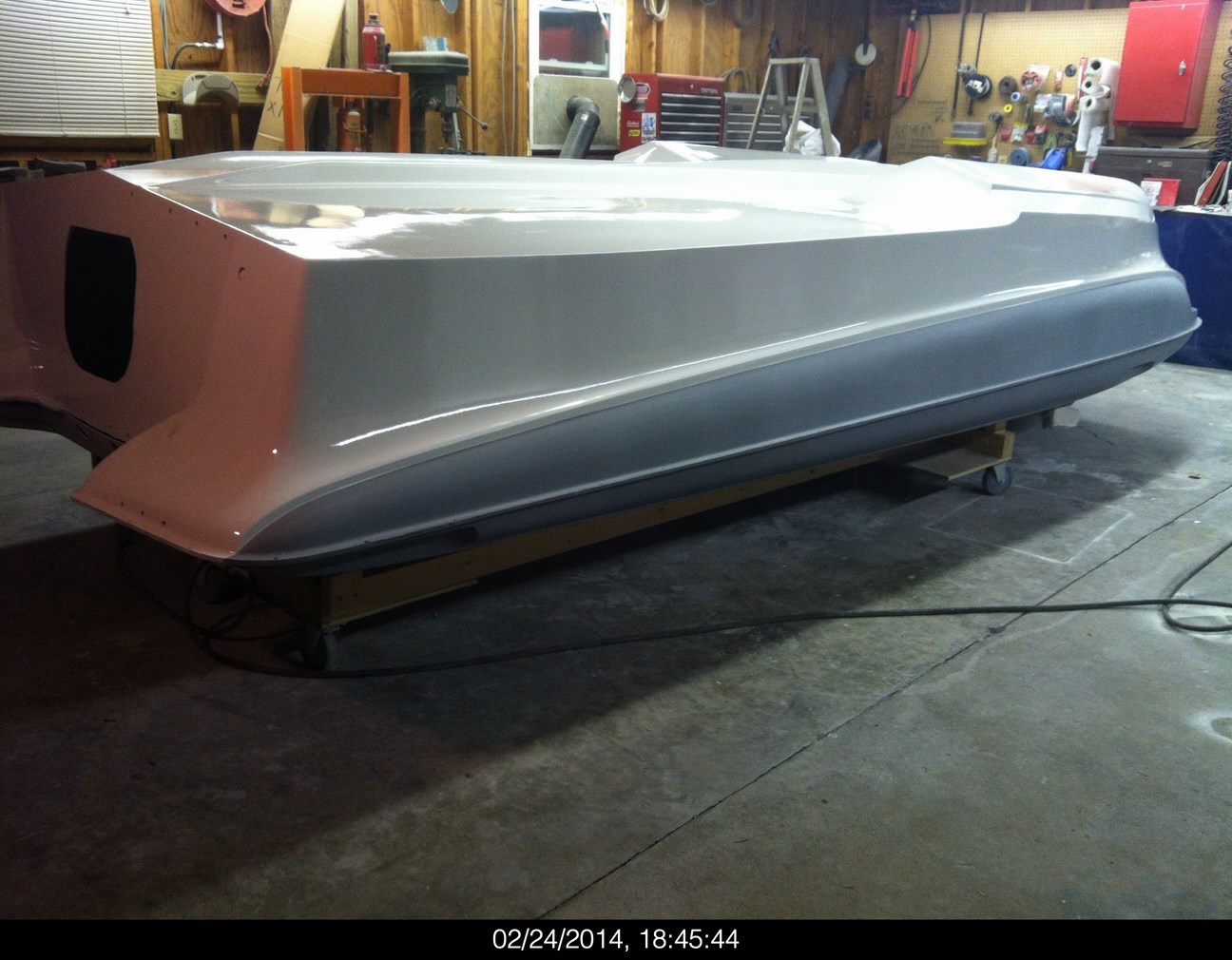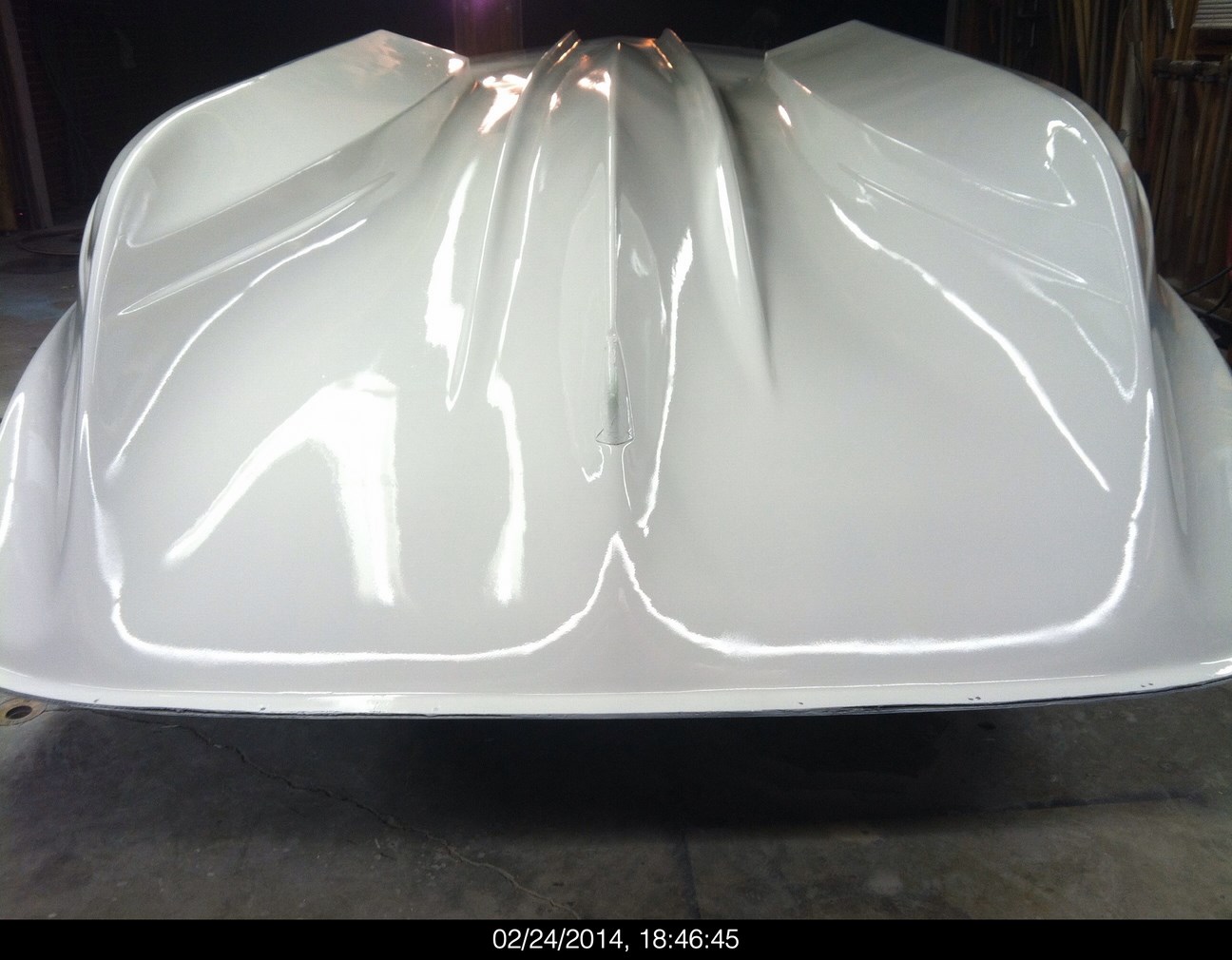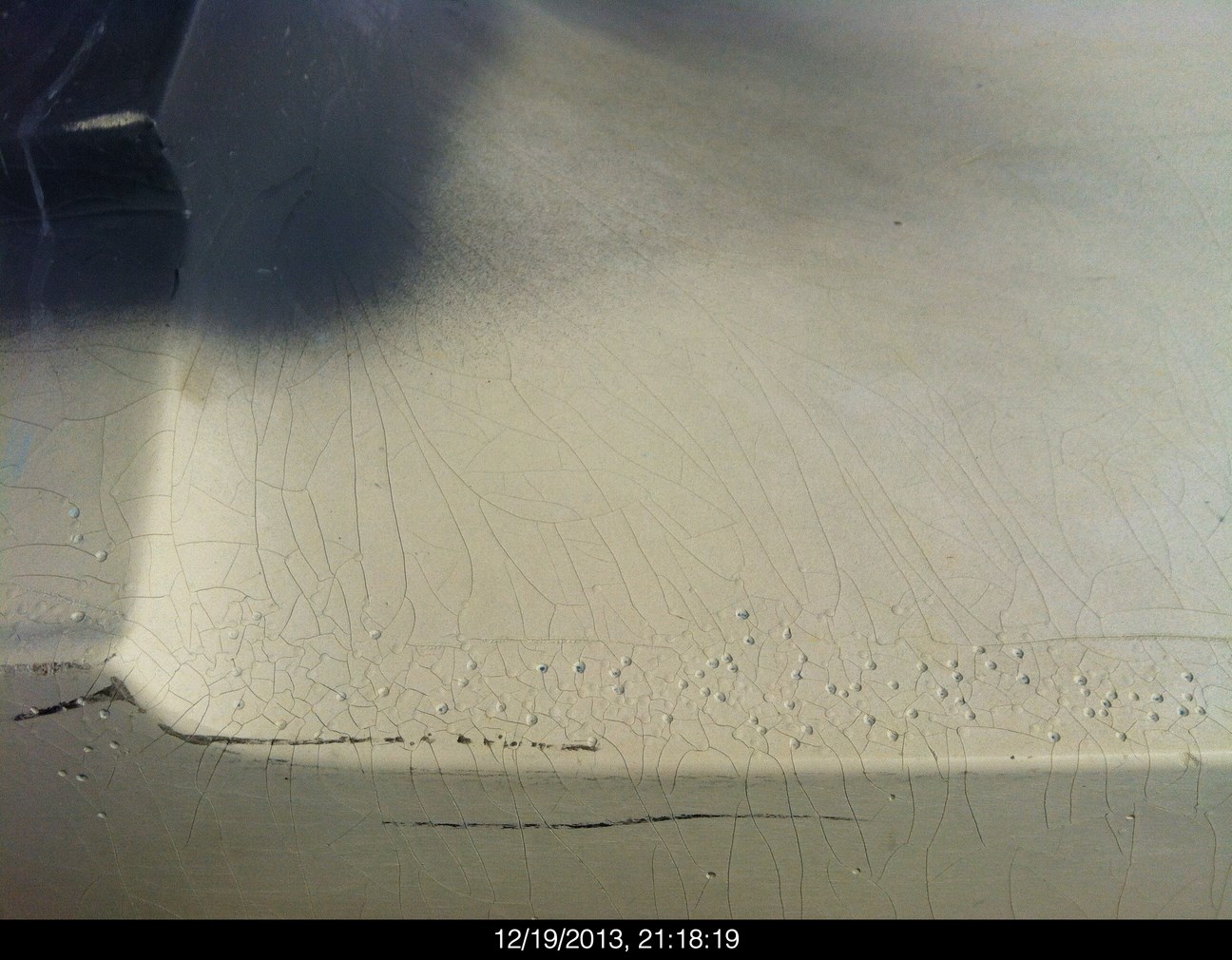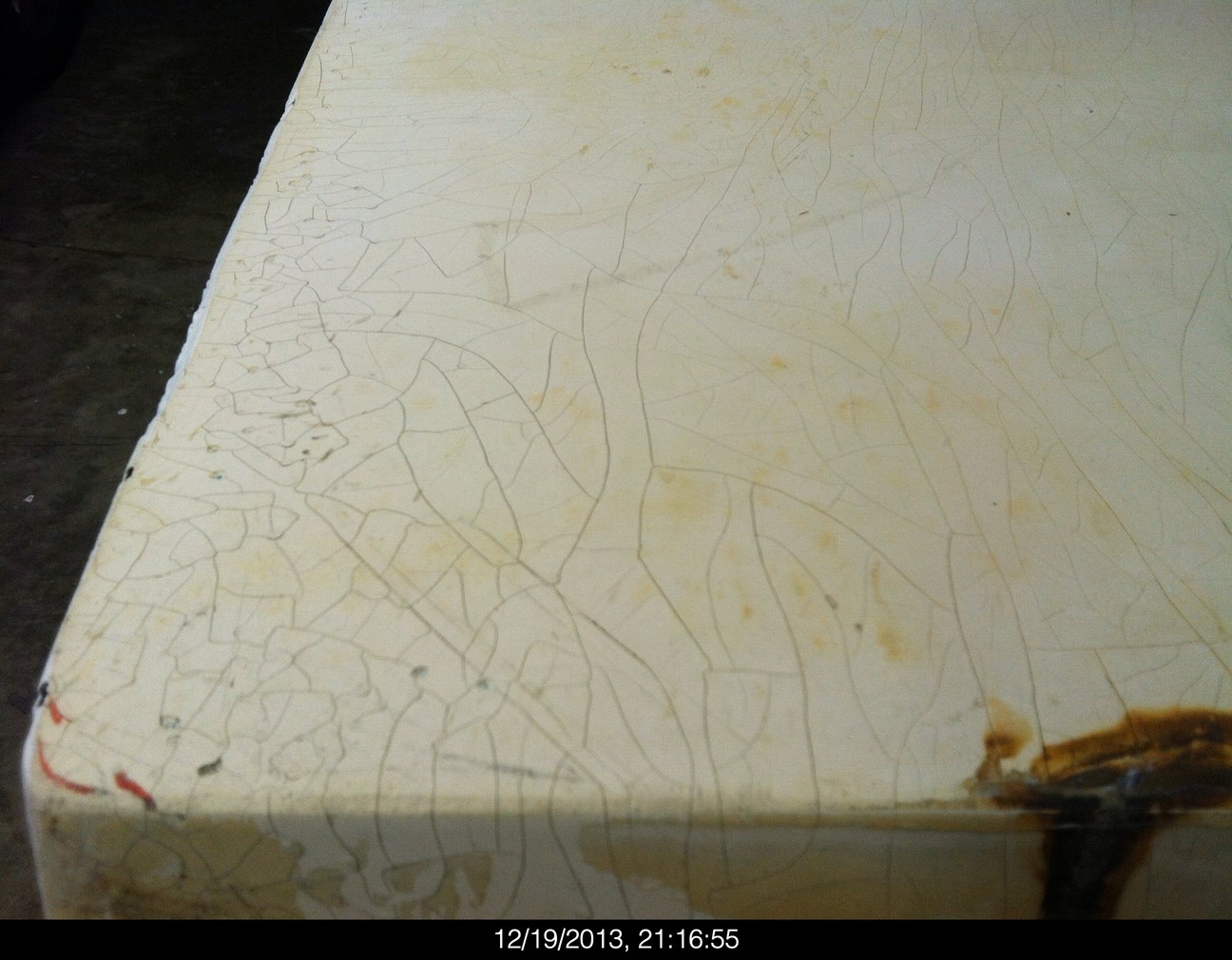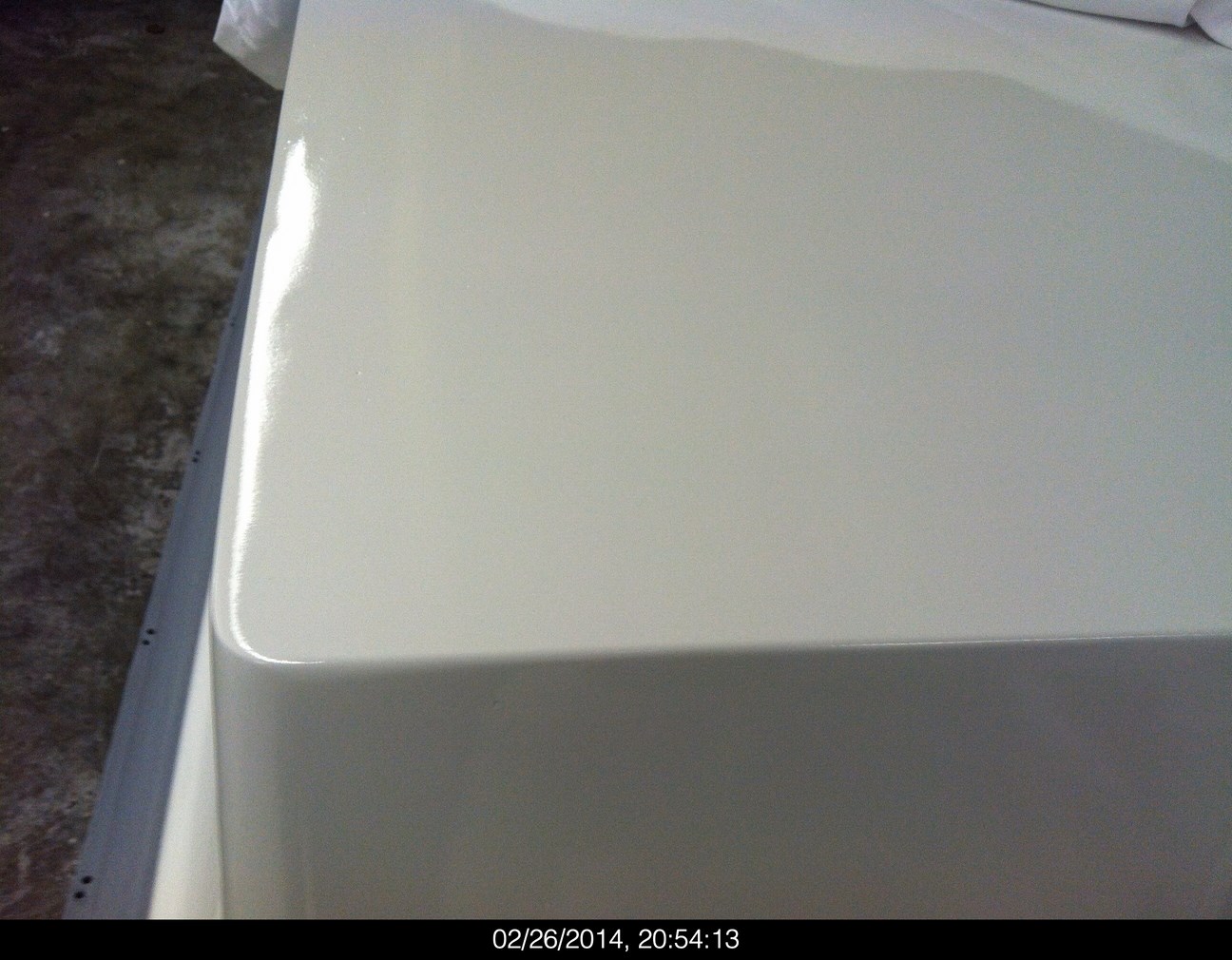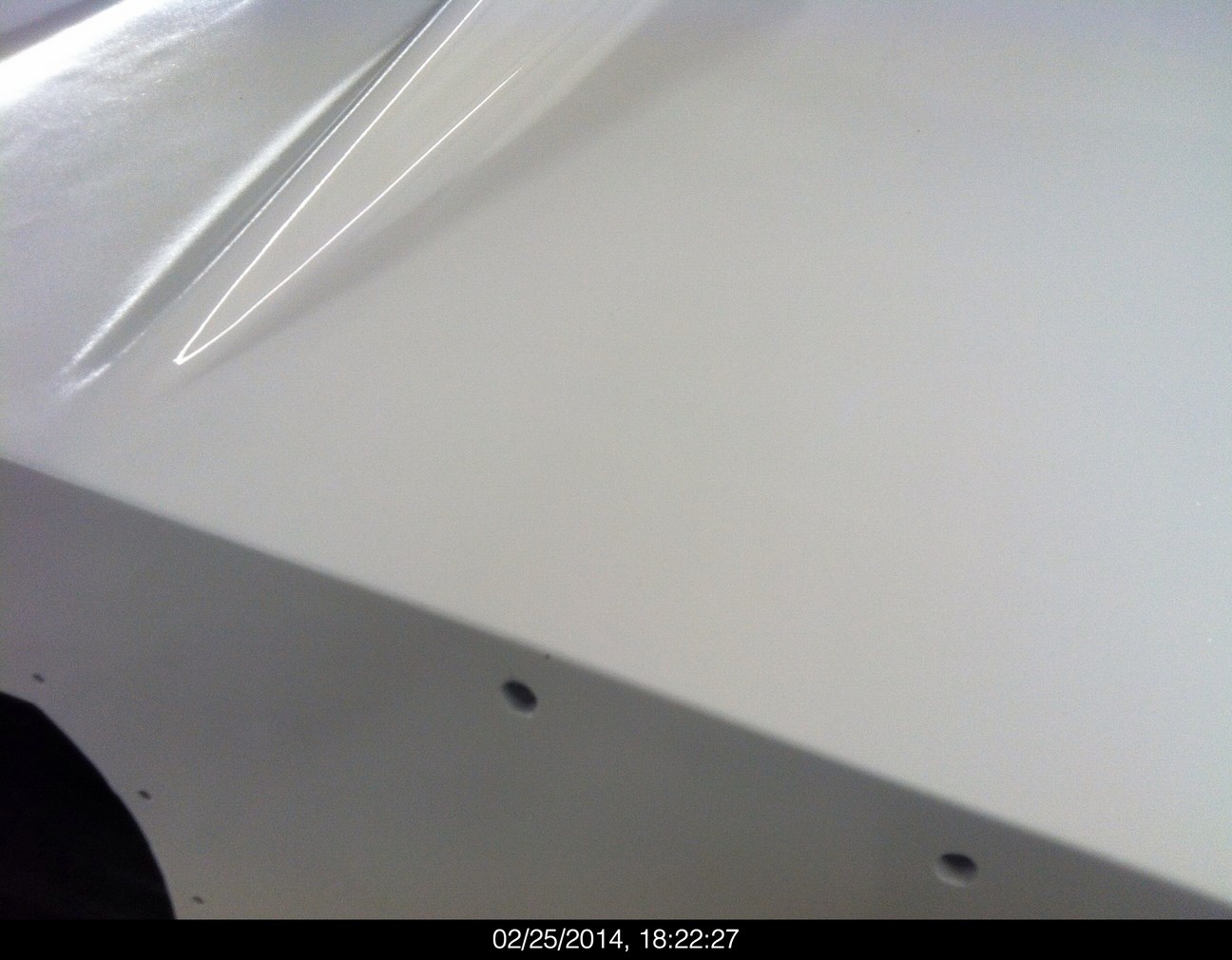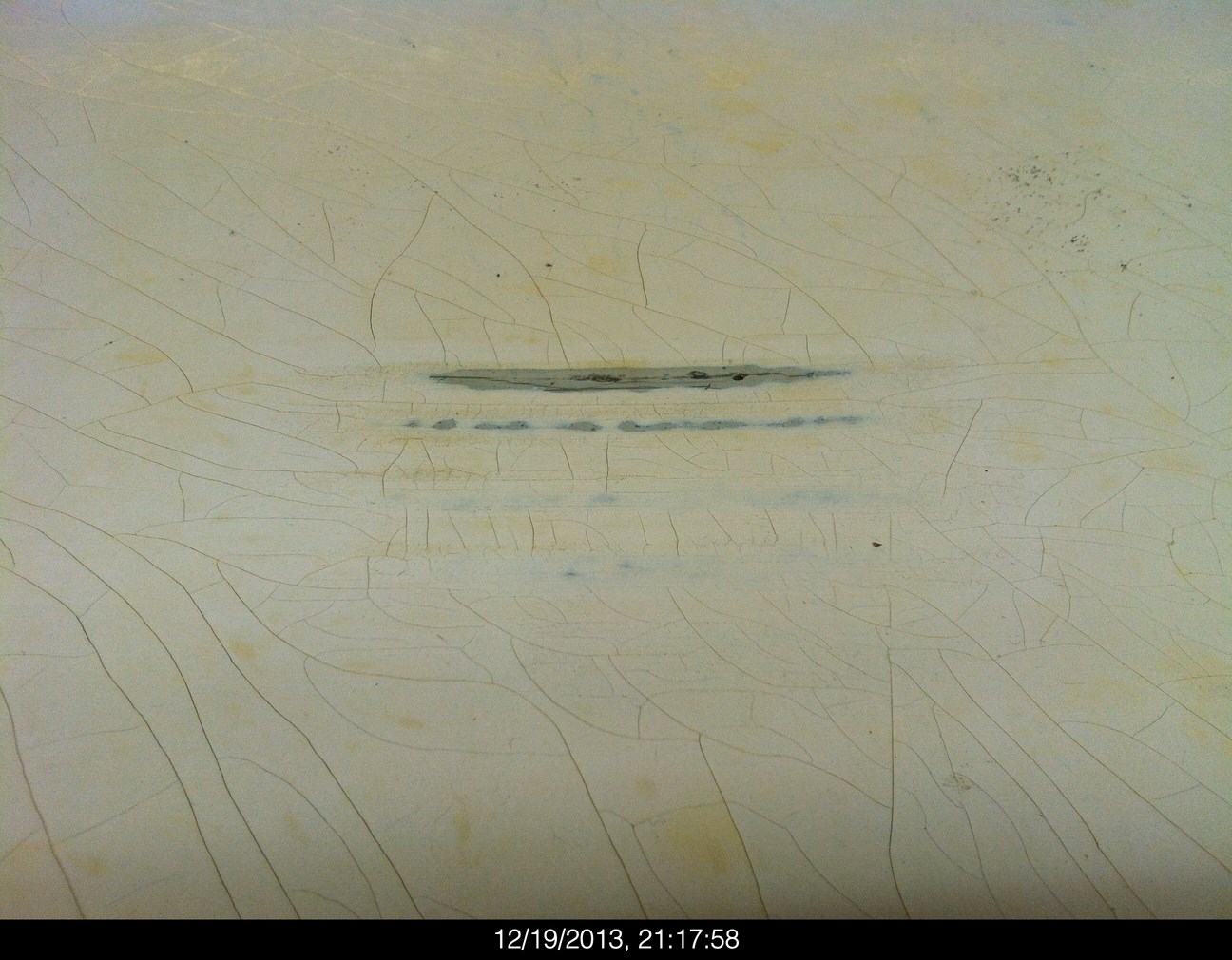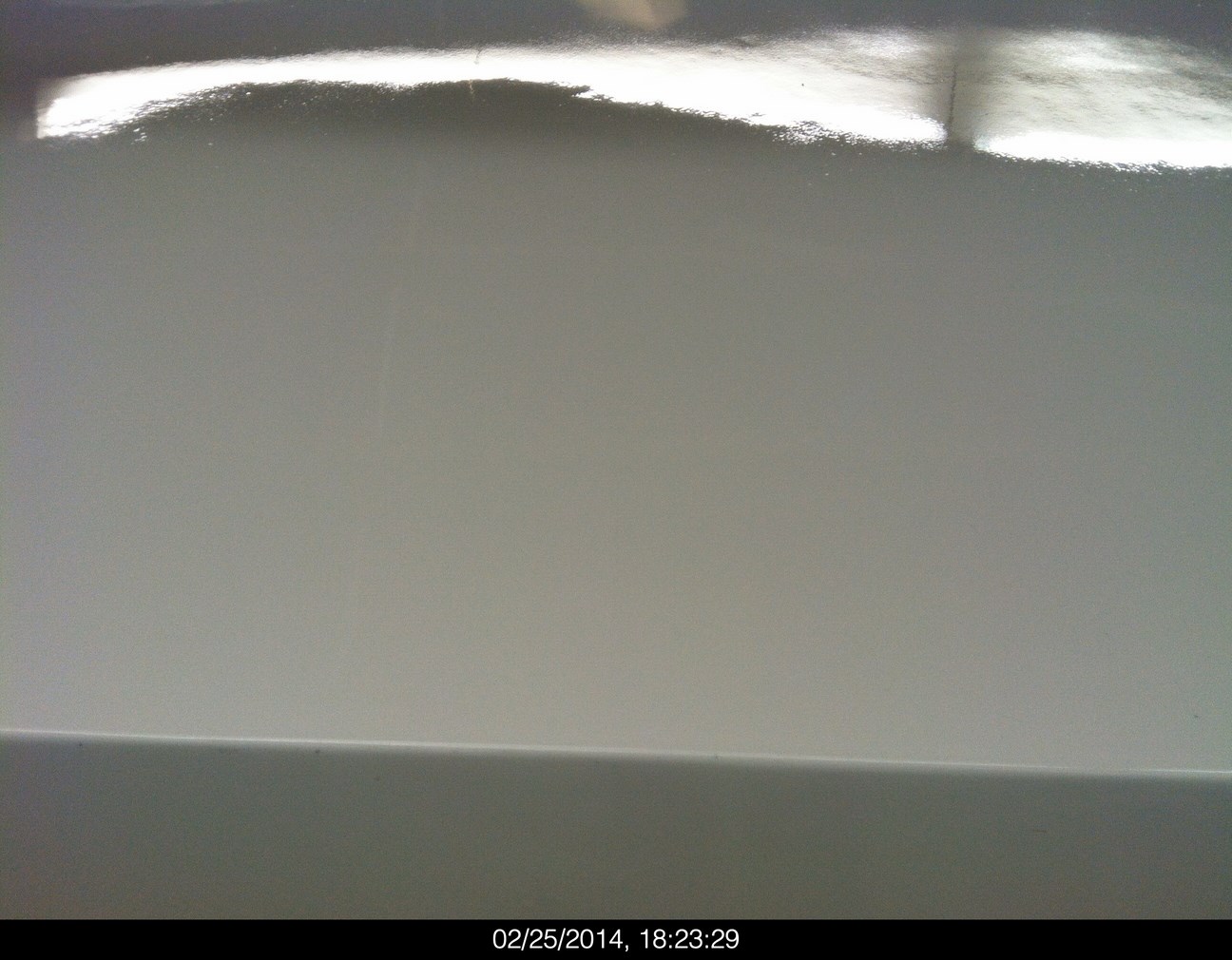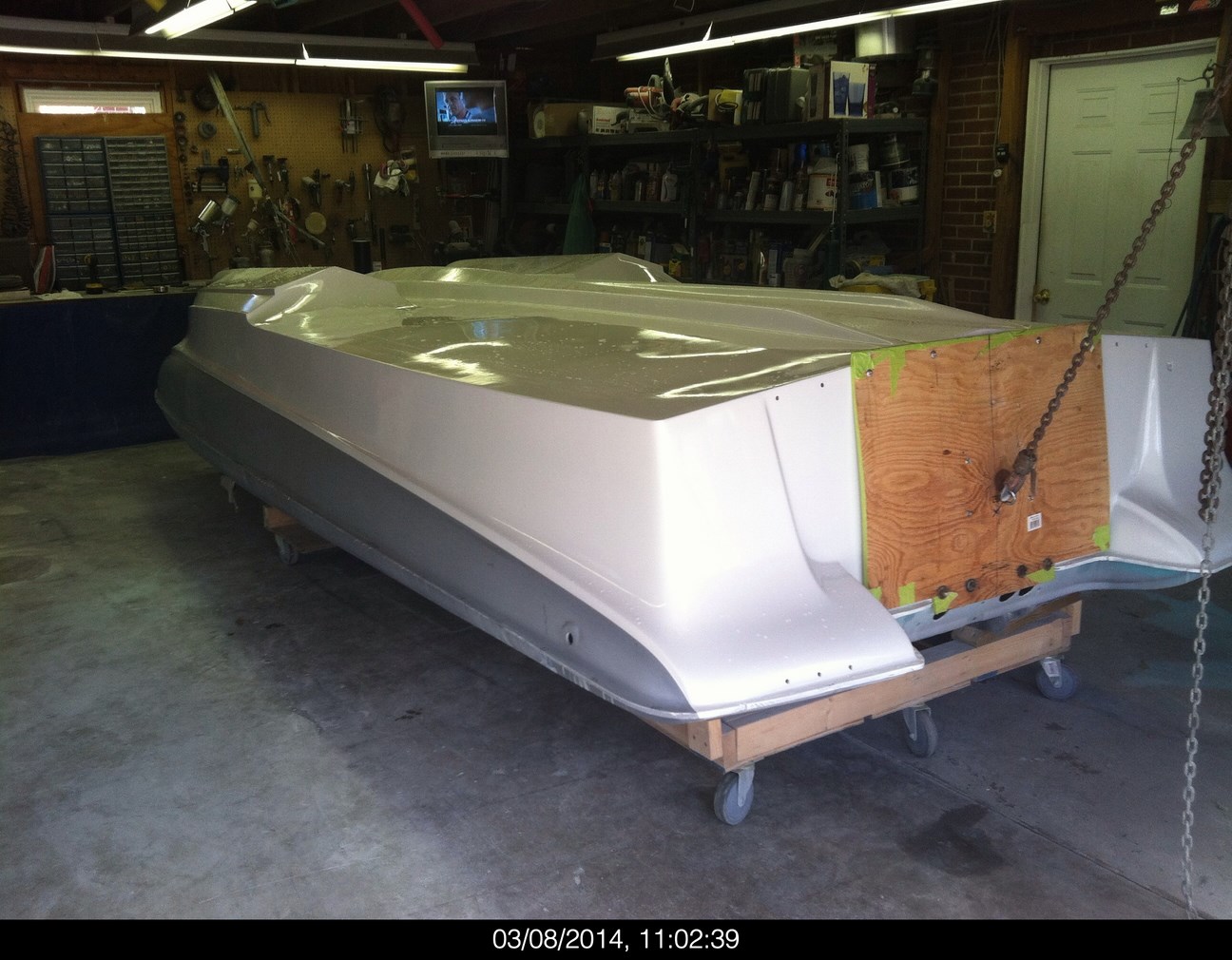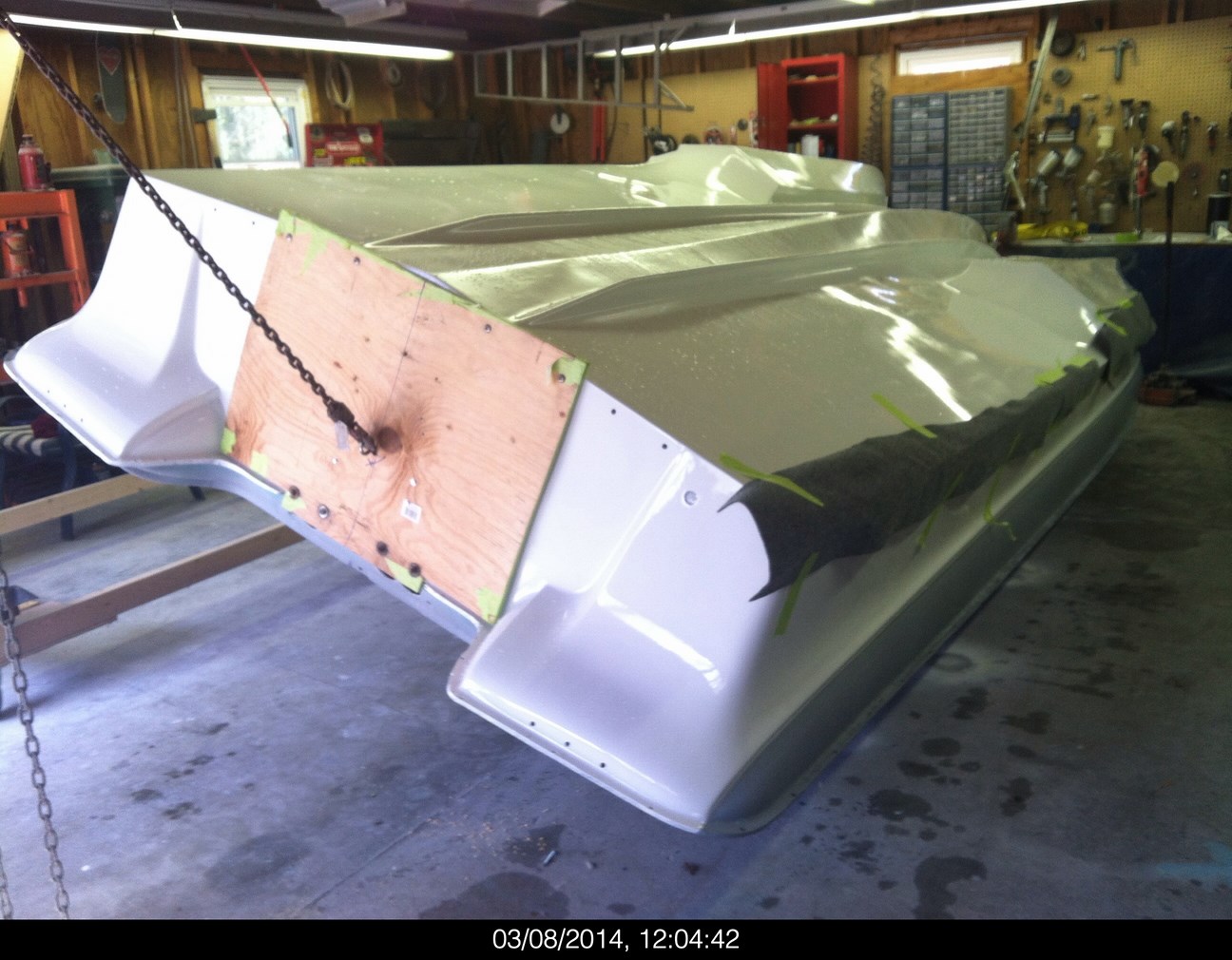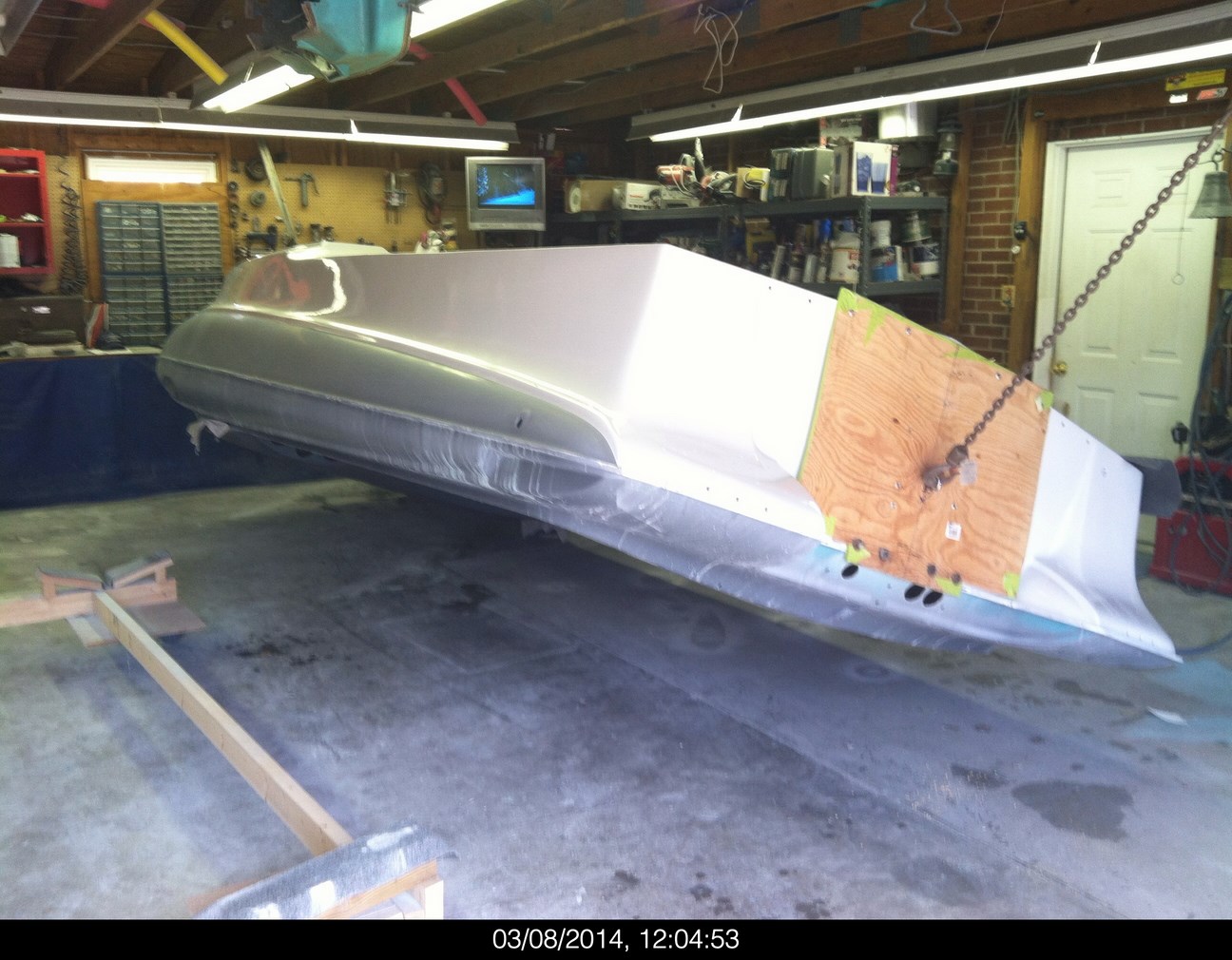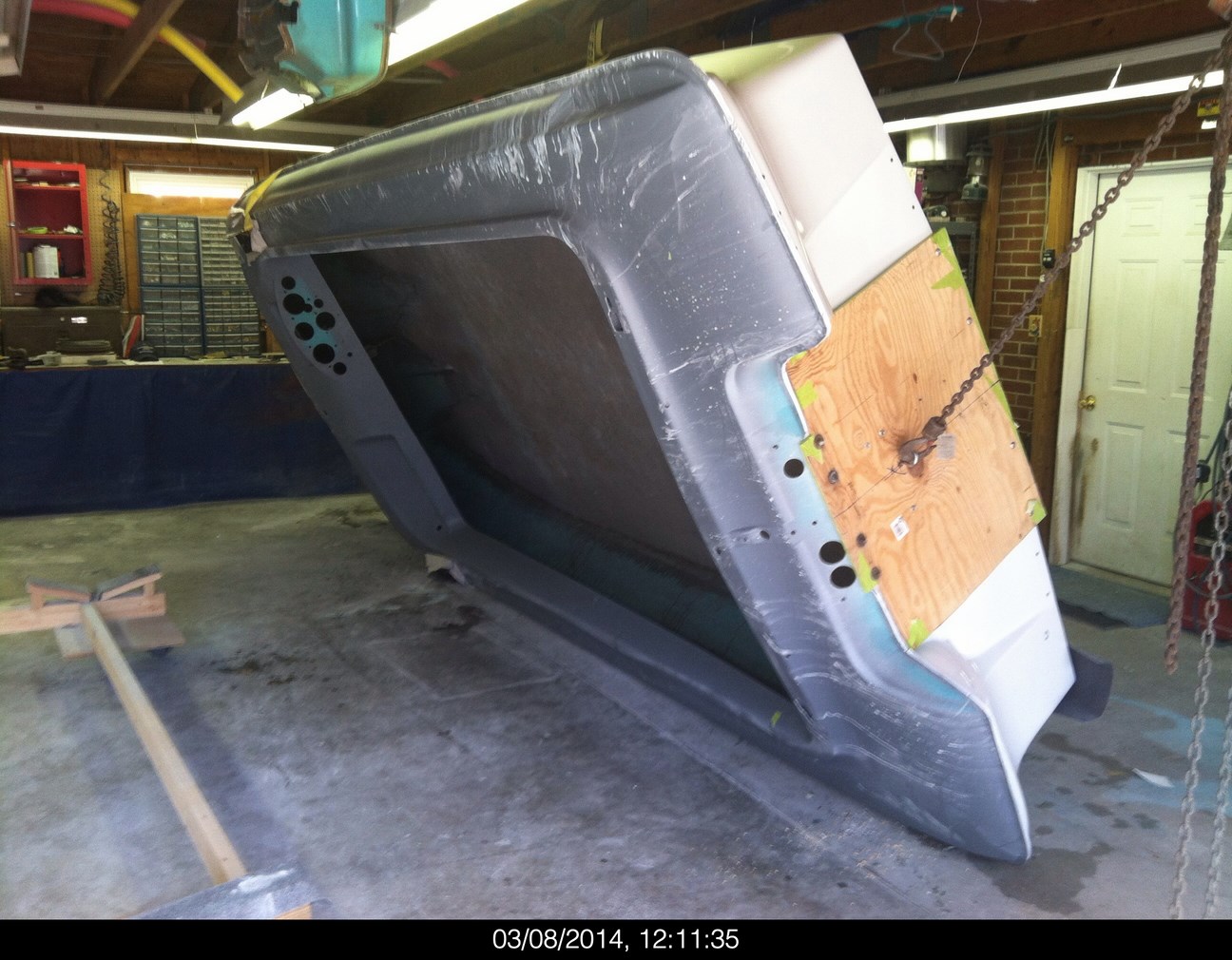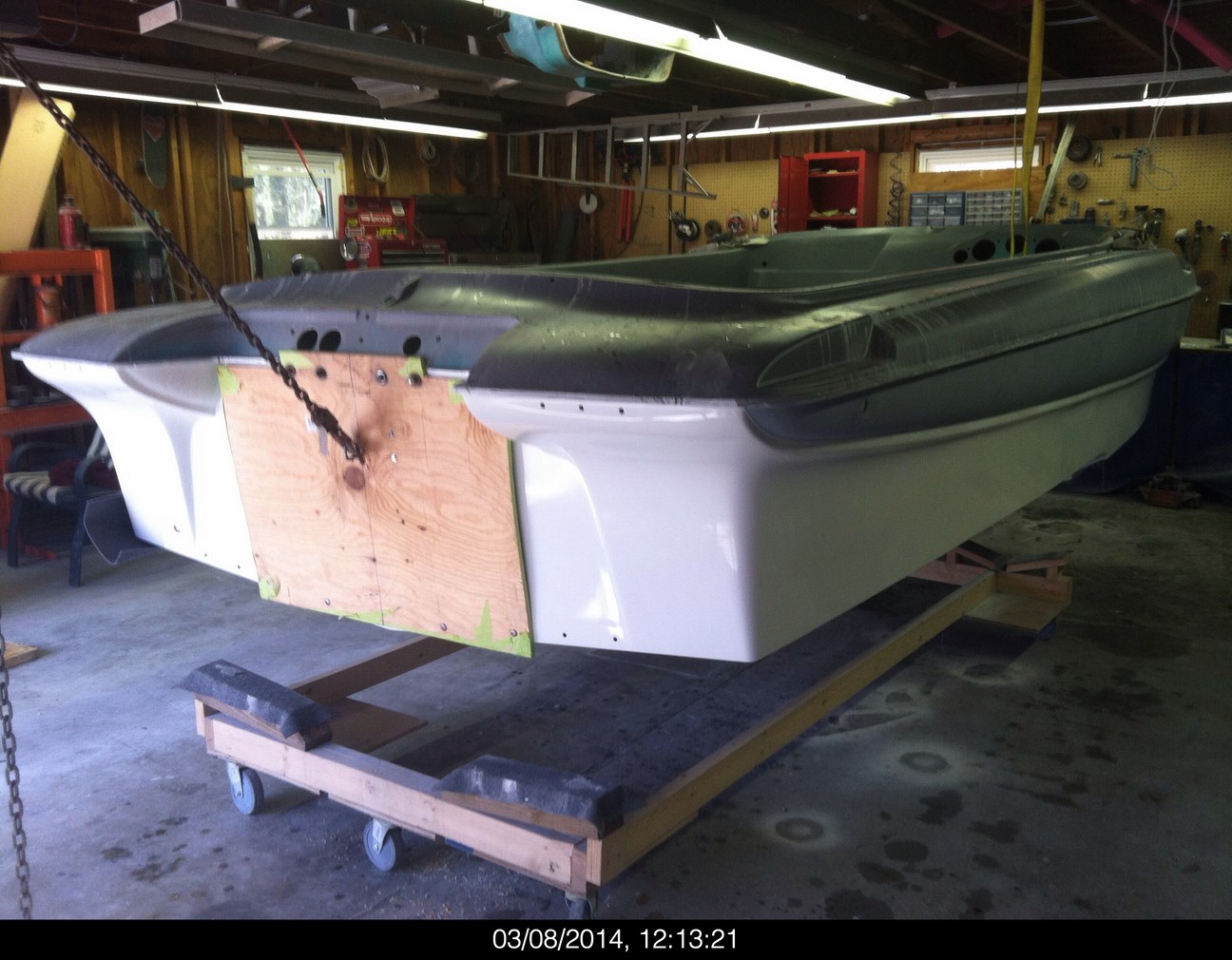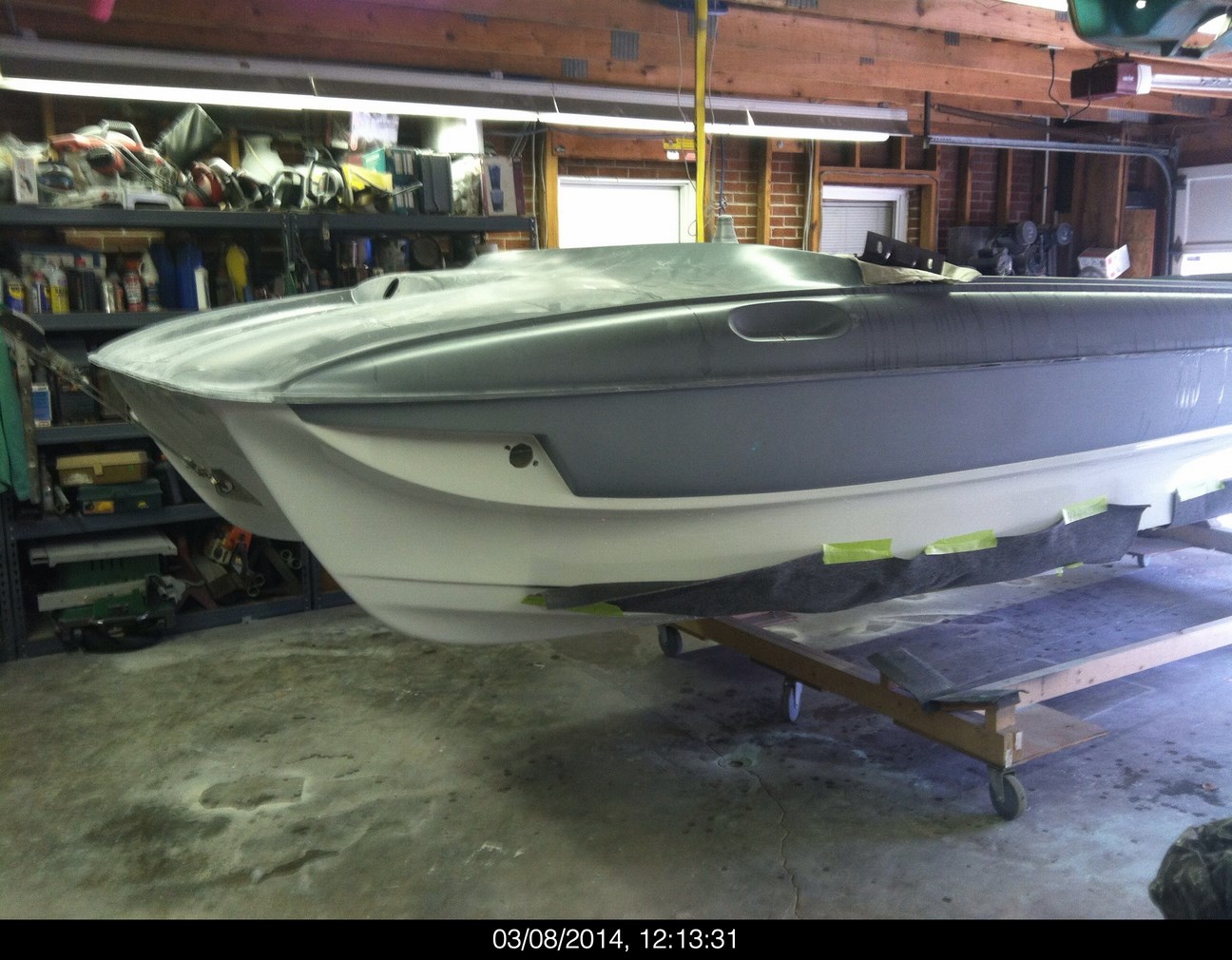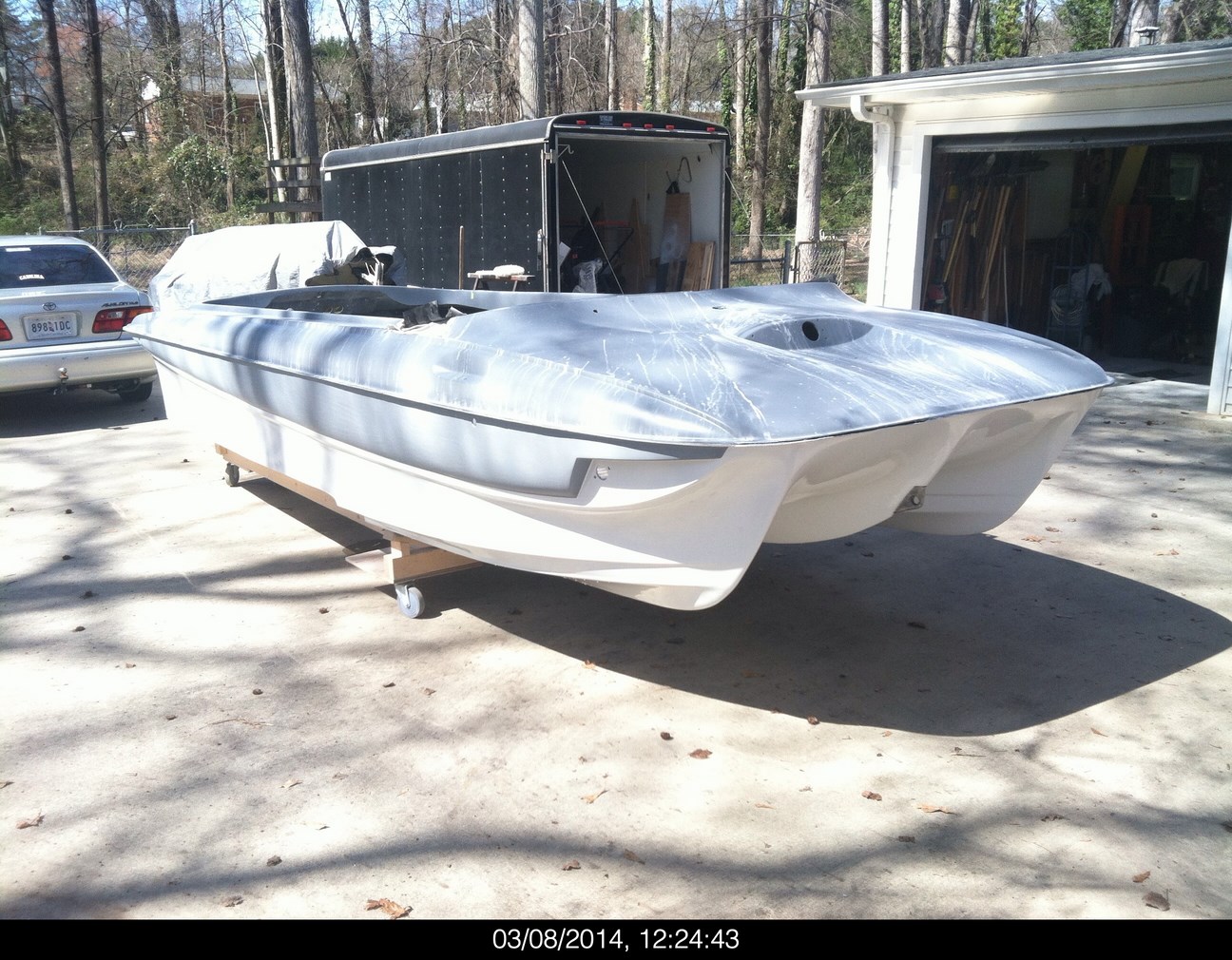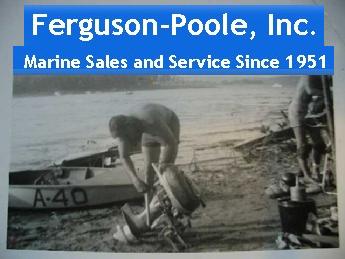|
Welcome,
Guest
|
TOPIC: 1964 Johnson Deluxe Resto-Mod
Re:1964 Johnson Deluxe Resto-Mod 9 years 10 months ago #95089
|
Please Log in or Create an account to join the conversation.
Mark
|
Re:1964 Johnson Deluxe Resto-Mod 9 years 10 months ago #95092
|
Please Log in or Create an account to join the conversation. |
Re:1964 Johnson Deluxe Resto-Mod 9 years 10 months ago #95094
|
Please Log in or Create an account to join the conversation.
Boats: 76 Chrysler Conqueror S3, 61 Larson Playmate. Outboards: 76 Chrysler 105, 70 Chrysler 70, 57 Evinrude Bigtwin 35, 80 Johnson 35 looper, 74 Chrysler 45, 67 Mercury 650SS, and others.
|
Re:1964 Johnson Deluxe Resto-Mod 9 years 10 months ago #95095
|
Please Log in or Create an account to join the conversation. |
Re:1964 Johnson Deluxe Resto-Mod 9 years 10 months ago #95099
|
Please Log in or Create an account to join the conversation. |
Re:1964 Johnson Deluxe Resto-Mod 9 years 7 months ago #99702
|
Please Log in or Create an account to join the conversation. |
Re:1964 Johnson Deluxe Resto-Mod 9 years 7 months ago #99703
|
Please Log in or Create an account to join the conversation. |
Re:1964 Johnson Deluxe Resto-Mod 9 years 7 months ago #99758
|
Please Log in or Create an account to join the conversation. |
Re:1964 Johnson Deluxe Resto-Mod 9 years 7 months ago #99761
|
|
Please Log in or Create an account to join the conversation. |
Re:1964 Johnson Deluxe Resto-Mod 9 years 7 months ago #99774
|
Please Log in or Create an account to join the conversation. |
Re:1964 Johnson Deluxe Resto-Mod 9 years 7 months ago #99806
|
Please Log in or Create an account to join the conversation. |
Re:1964 Johnson Deluxe Resto-Mod 9 years 7 months ago #99807
|
Please Log in or Create an account to join the conversation. |
Re:1964 Johnson Deluxe Resto-Mod 9 years 7 months ago #99810
|
|
Please Log in or Create an account to join the conversation. |
Re:1964 Johnson Deluxe Resto-Mod 9 years 7 months ago #99815
|
Please Log in or Create an account to join the conversation. |
Re:1964 Johnson Deluxe Resto-Mod 9 years 7 months ago #99834
|
Please Log in or Create an account to join the conversation. |
Re:1964 Johnson Deluxe Resto-Mod 9 years 7 months ago #99840
|
Please Log in or Create an account to join the conversation.
Great to be on board.
Rick |
Re:1964 Johnson Deluxe Resto-Mod 9 years 7 months ago #99851
|
Please Log in or Create an account to join the conversation. |
Re:1964 Johnson Deluxe Resto-Mod 9 years 7 months ago #99852
|
Please Log in or Create an account to join the conversation. |
Re:1964 Johnson Deluxe Resto-Mod 9 years 7 months ago #99853
|
Please Log in or Create an account to join the conversation. |
Re:1964 Johnson Deluxe Resto-Mod 9 years 7 months ago #99860
|
Please Log in or Create an account to join the conversation. |
Re:1964 Johnson Deluxe Resto-Mod 9 years 7 months ago #99862
|
Please Log in or Create an account to join the conversation. |
Re:1964 Johnson Deluxe Resto-Mod 9 years 7 months ago #100065
|
Please Log in or Create an account to join the conversation. |
Re:1964 Johnson Deluxe Resto-Mod 9 years 7 months ago #100146
|
Please Log in or Create an account to join the conversation.
Boats: 76 Chrysler Conqueror S3, 61 Larson Playmate. Outboards: 76 Chrysler 105, 70 Chrysler 70, 57 Evinrude Bigtwin 35, 80 Johnson 35 looper, 74 Chrysler 45, 67 Mercury 650SS, and others.
|
Re:1964 Johnson Deluxe Resto-Mod 9 years 7 months ago #100153
|
|
Please Log in or Create an account to join the conversation. |
Re:1964 Johnson Deluxe Resto-Mod 9 years 7 months ago #100161
|
|
Please Log in or Create an account to join the conversation. |
Re:1964 Johnson Deluxe Resto-Mod 9 years 7 months ago #100207
|
Please Log in or Create an account to join the conversation. |
Re:1964 Johnson Deluxe Resto-Mod 9 years 7 months ago #100215
|
Please Log in or Create an account to join the conversation. |
Re:1964 Johnson Deluxe Resto-Mod 9 years 7 months ago #100218
|
Please Log in or Create an account to join the conversation.
Boats: 76 Chrysler Conqueror S3, 61 Larson Playmate. Outboards: 76 Chrysler 105, 70 Chrysler 70, 57 Evinrude Bigtwin 35, 80 Johnson 35 looper, 74 Chrysler 45, 67 Mercury 650SS, and others.
|
Re:1964 Johnson Deluxe Resto-Mod 9 years 7 months ago #100228
|
Please Log in or Create an account to join the conversation. |
Re:1964 Johnson Deluxe Resto-Mod 9 years 7 months ago #100249
|
Please Log in or Create an account to join the conversation.
Boats: 76 Chrysler Conqueror S3, 61 Larson Playmate. Outboards: 76 Chrysler 105, 70 Chrysler 70, 57 Evinrude Bigtwin 35, 80 Johnson 35 looper, 74 Chrysler 45, 67 Mercury 650SS, and others.
|
Re:1964 Johnson Deluxe Resto-Mod 9 years 7 months ago #100307
|
Please Log in or Create an account to join the conversation. |
Re:1964 Johnson Deluxe Resto-Mod 9 years 7 months ago #100311
|
Please Log in or Create an account to join the conversation. |
Re:1964 Johnson Deluxe Resto-Mod 9 years 7 months ago #100313
|
Please Log in or Create an account to join the conversation. |
Re:1964 Johnson Deluxe Resto-Mod 9 years 7 months ago #100314
|
Please Log in or Create an account to join the conversation. |
Re:1964 Johnson Deluxe Resto-Mod 9 years 7 months ago #100316
|
Please Log in or Create an account to join the conversation. |
Re:1964 Johnson Deluxe Resto-Mod 9 years 6 months ago #100913
|
Please Log in or Create an account to join the conversation. |
Re:1964 Johnson Deluxe Resto-Mod 9 years 6 months ago #100915
|
Please Log in or Create an account to join the conversation.
Mark
|
Re:1964 Johnson Deluxe Resto-Mod 9 years 6 months ago #100919
|
Please Log in or Create an account to join the conversation.
-Brian
|
Re:1964 Johnson Deluxe Resto-Mod 9 years 6 months ago #100944
|
Please Log in or Create an account to join the conversation. |
Re:1964 Johnson Deluxe Resto-Mod 9 years 6 months ago #100968
|
|
Please Log in or Create an account to join the conversation. |




